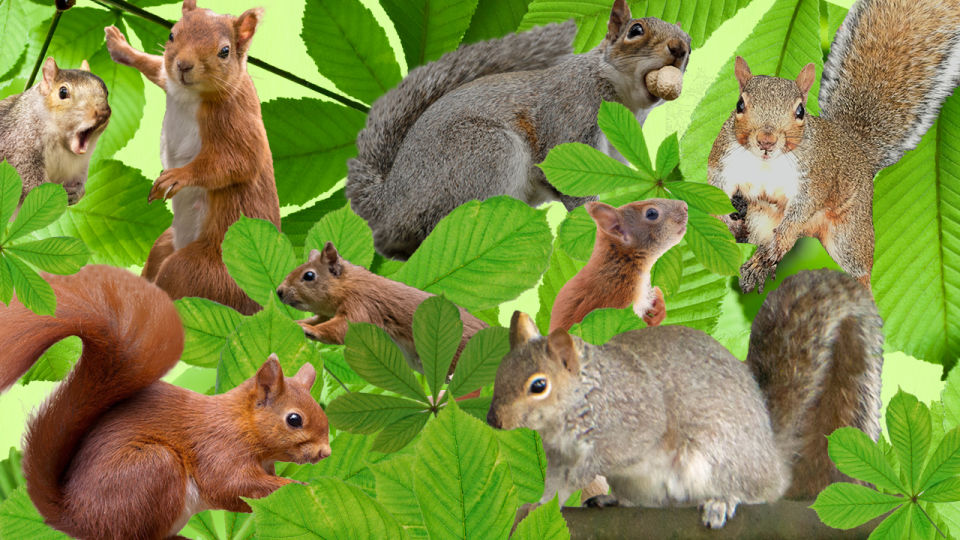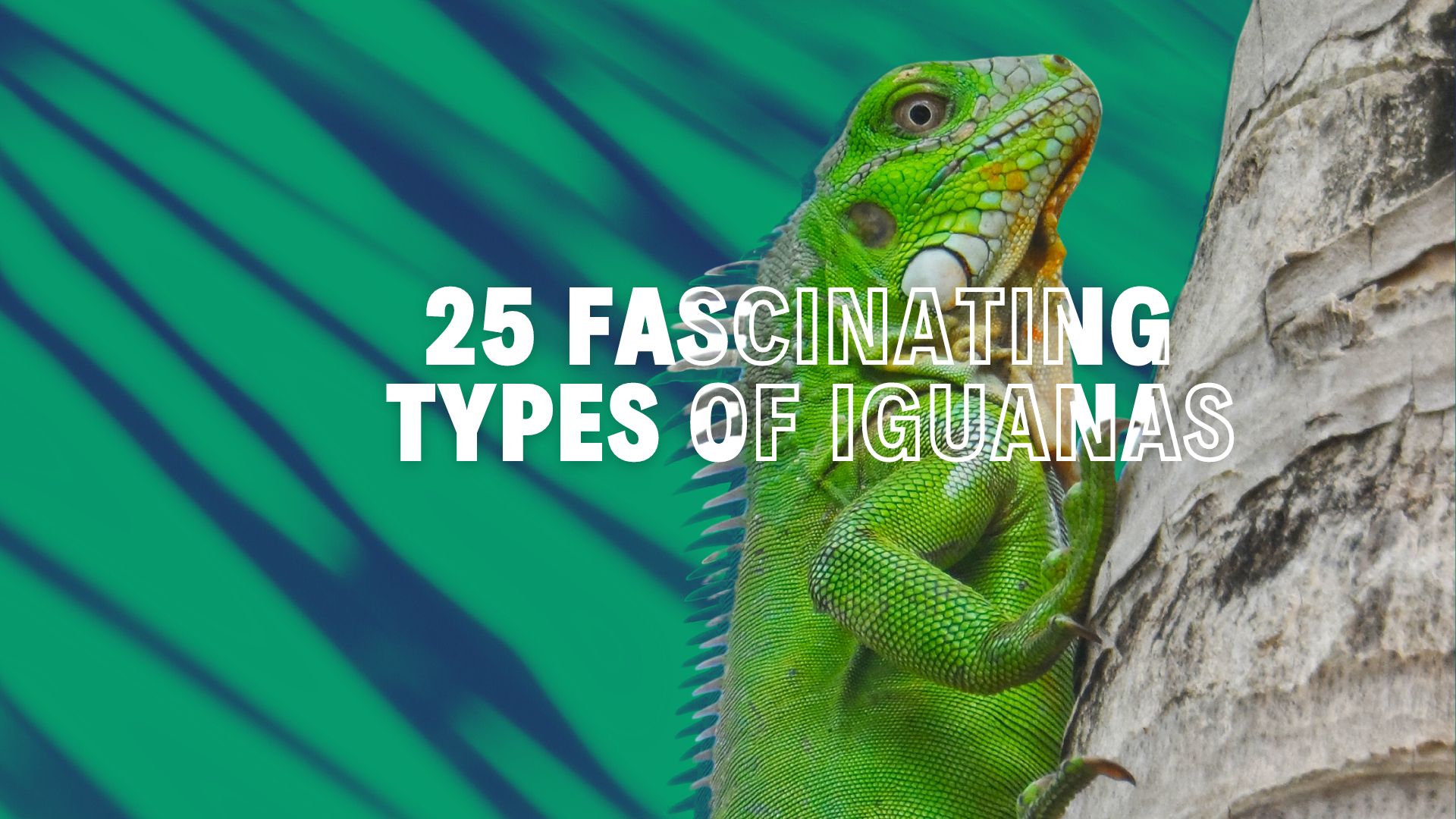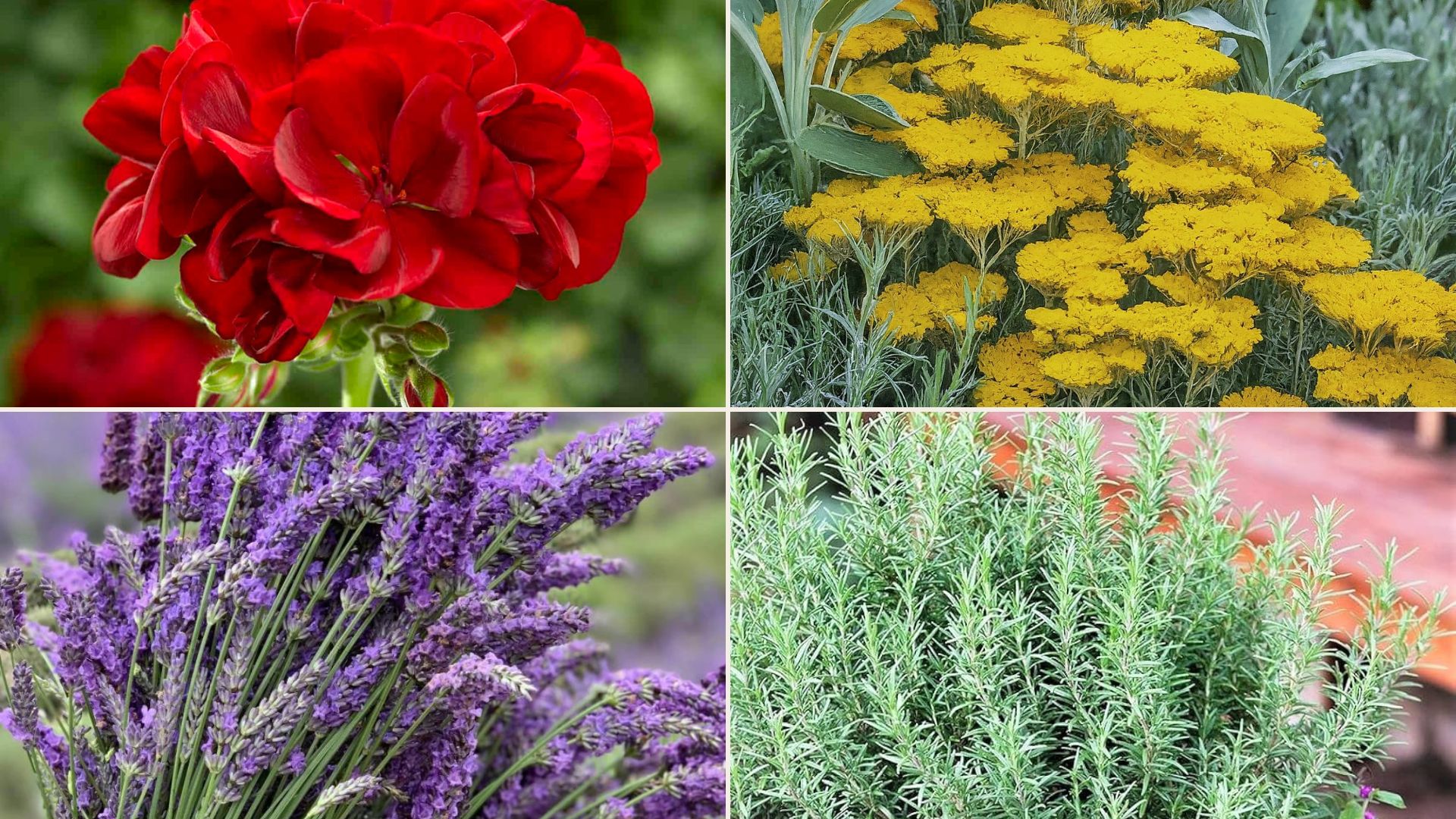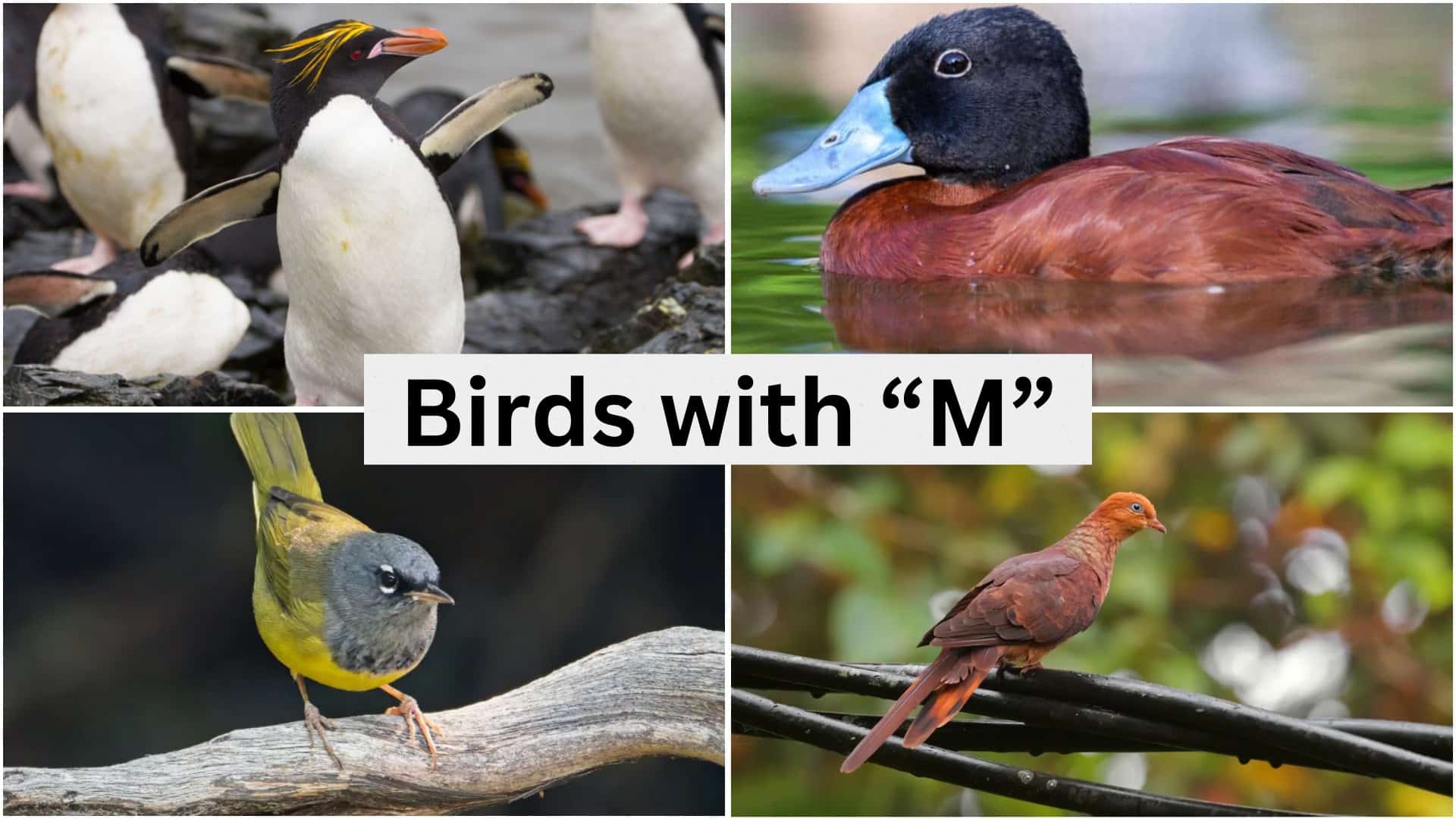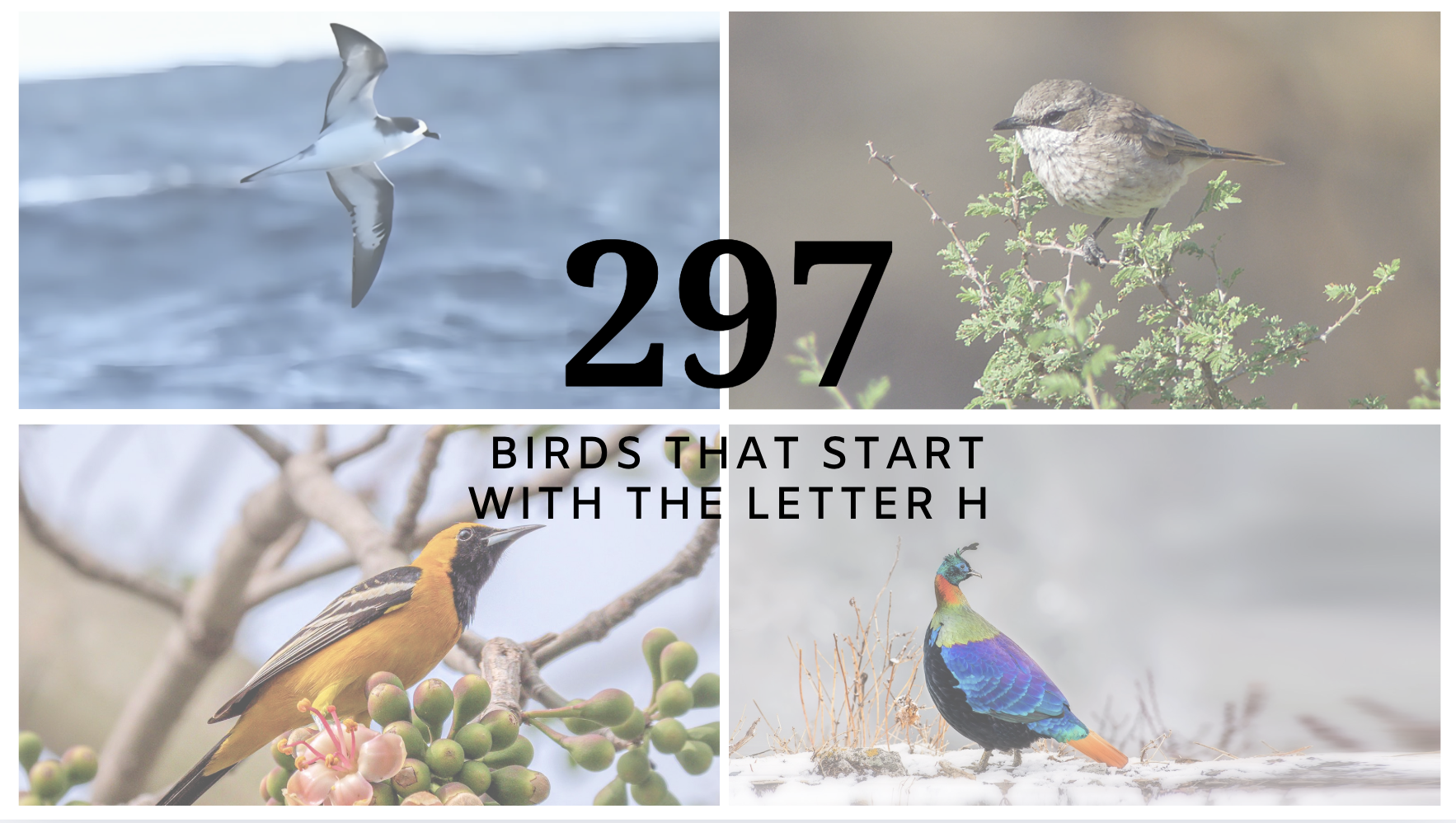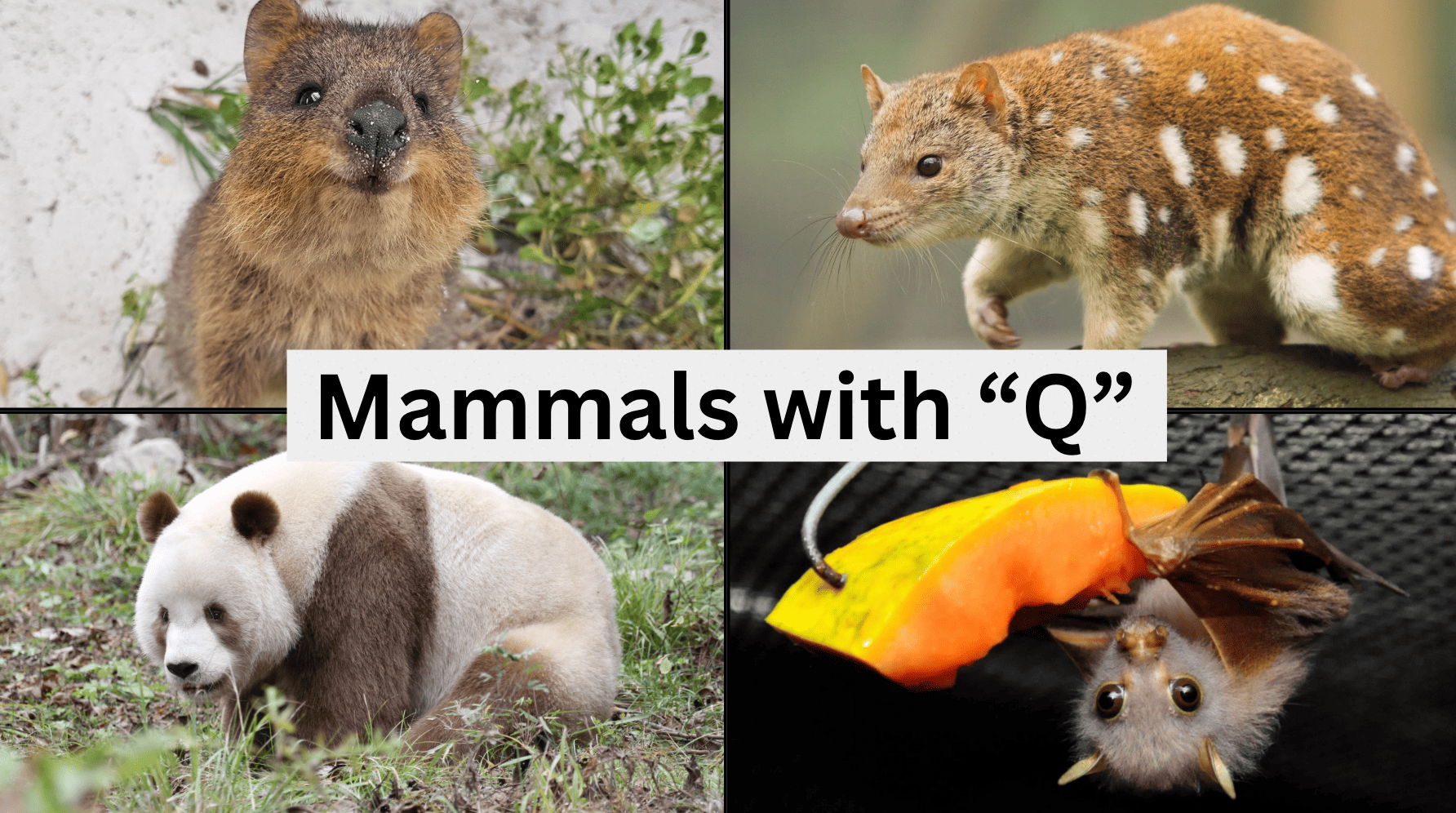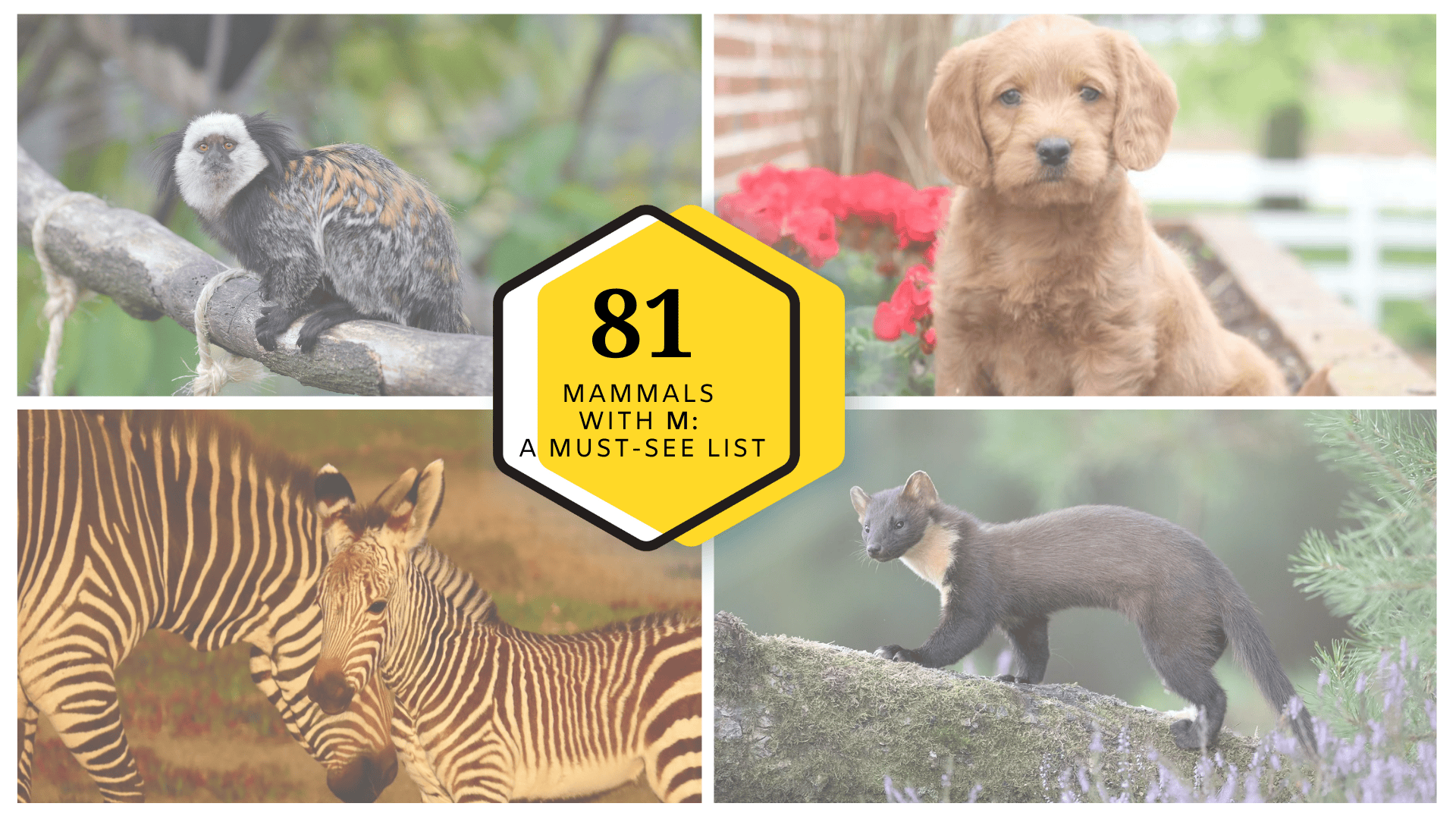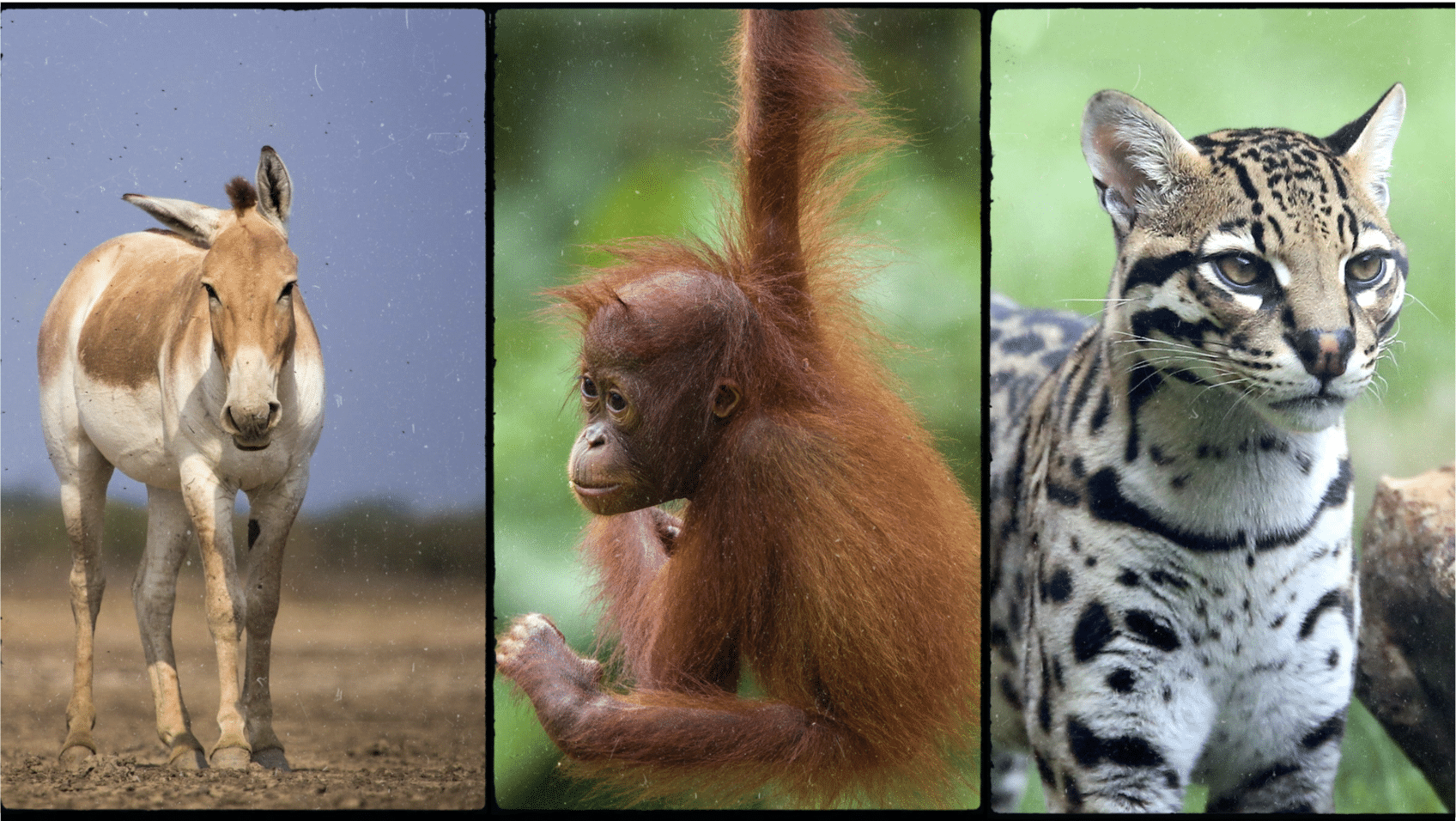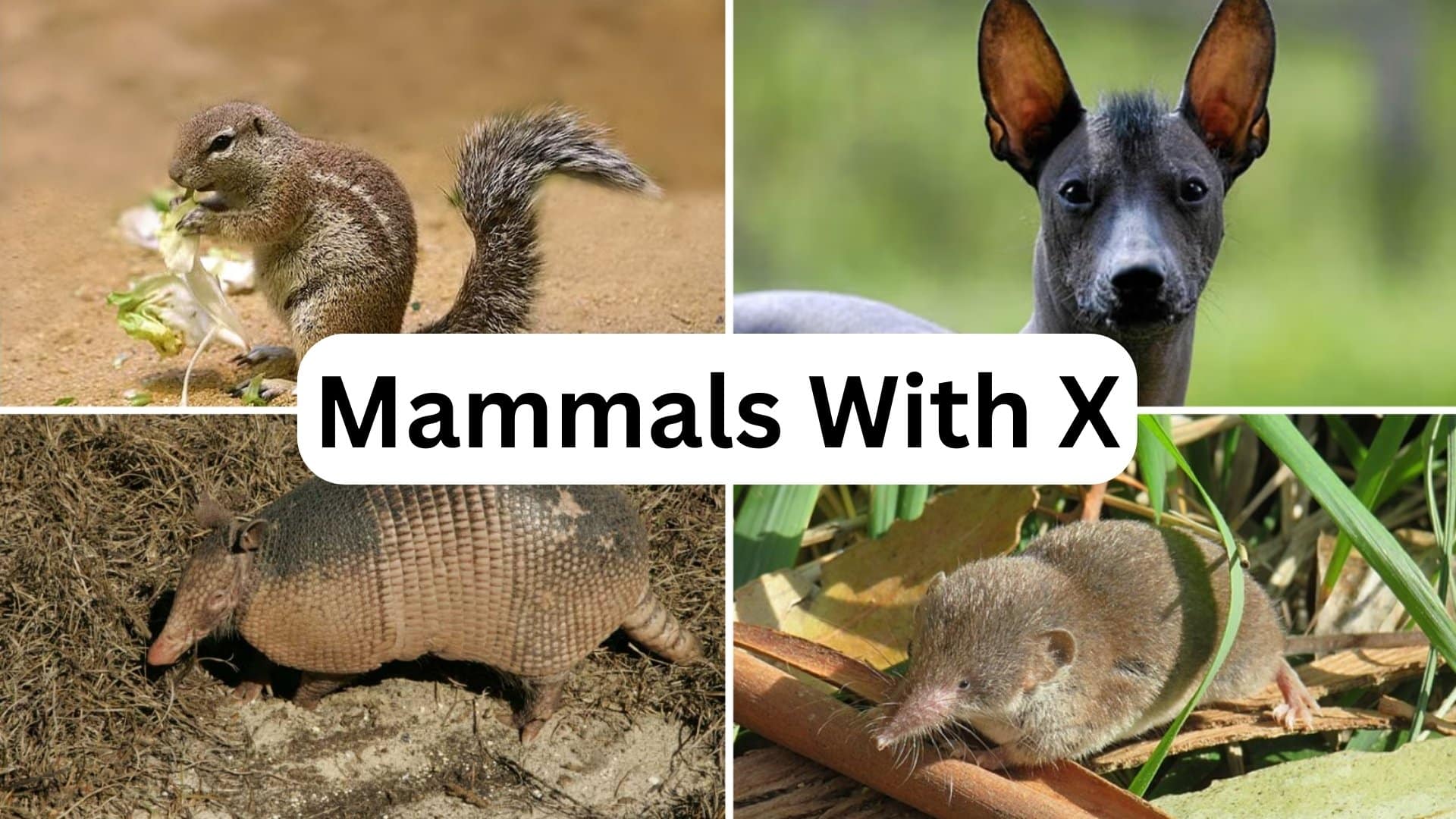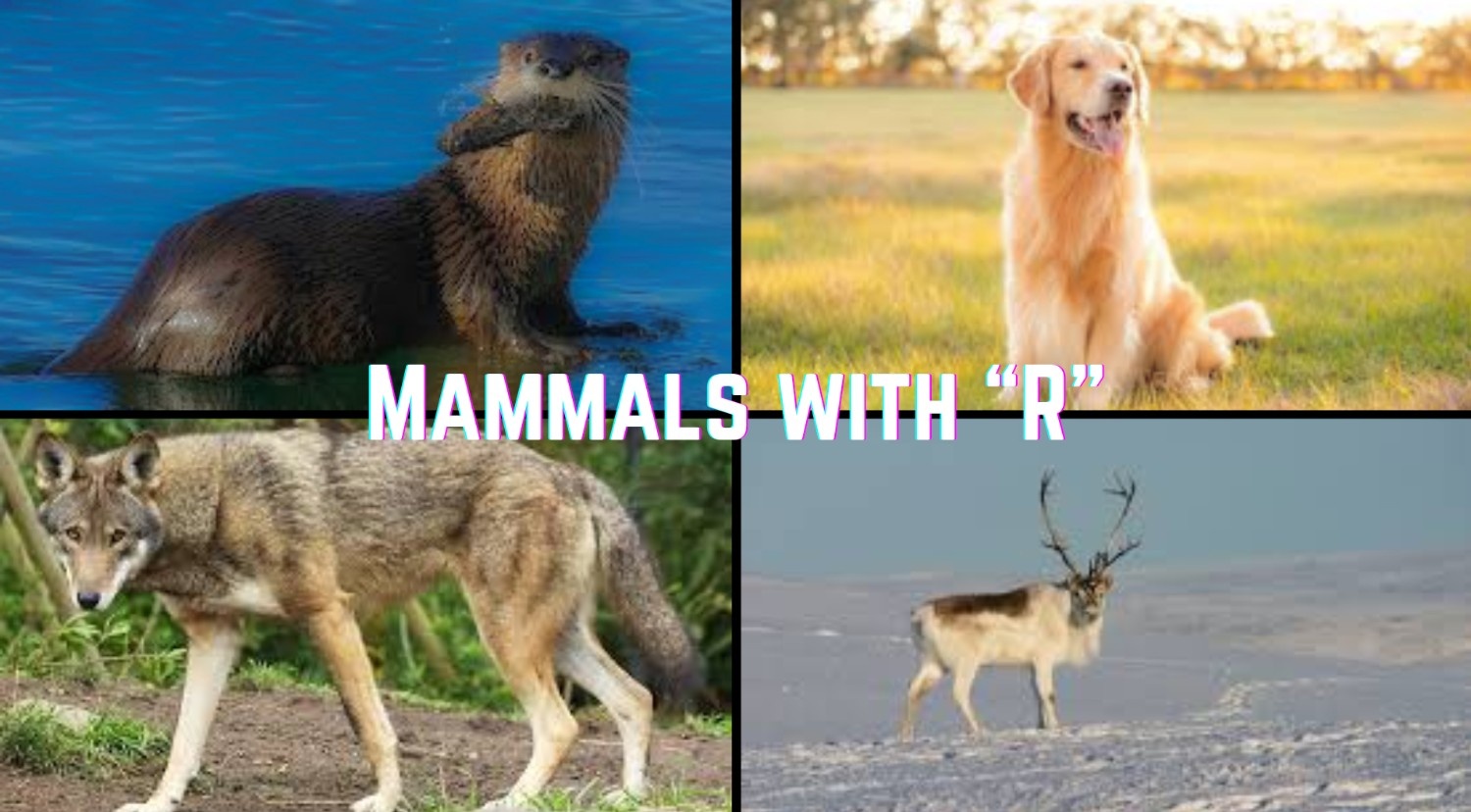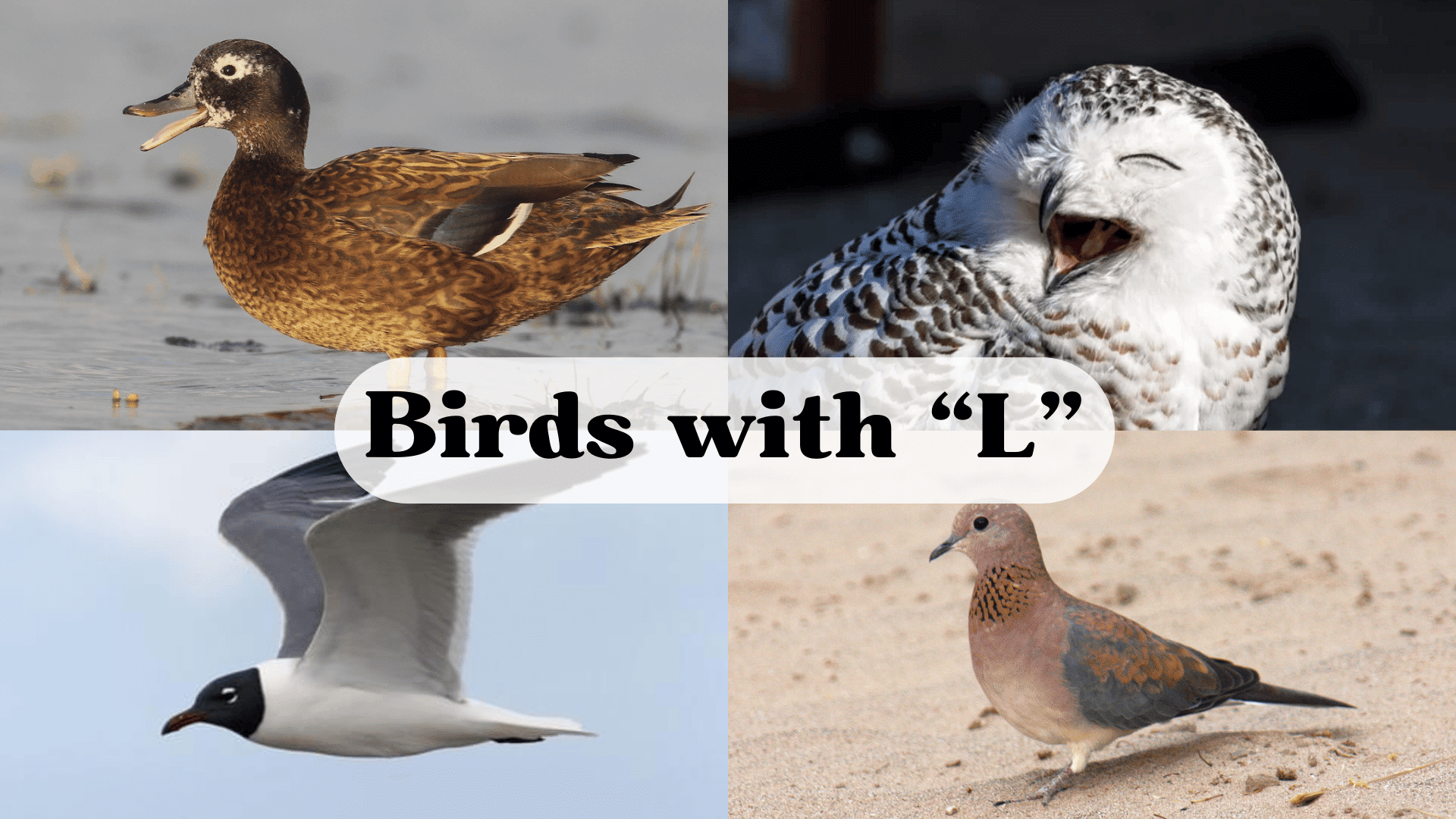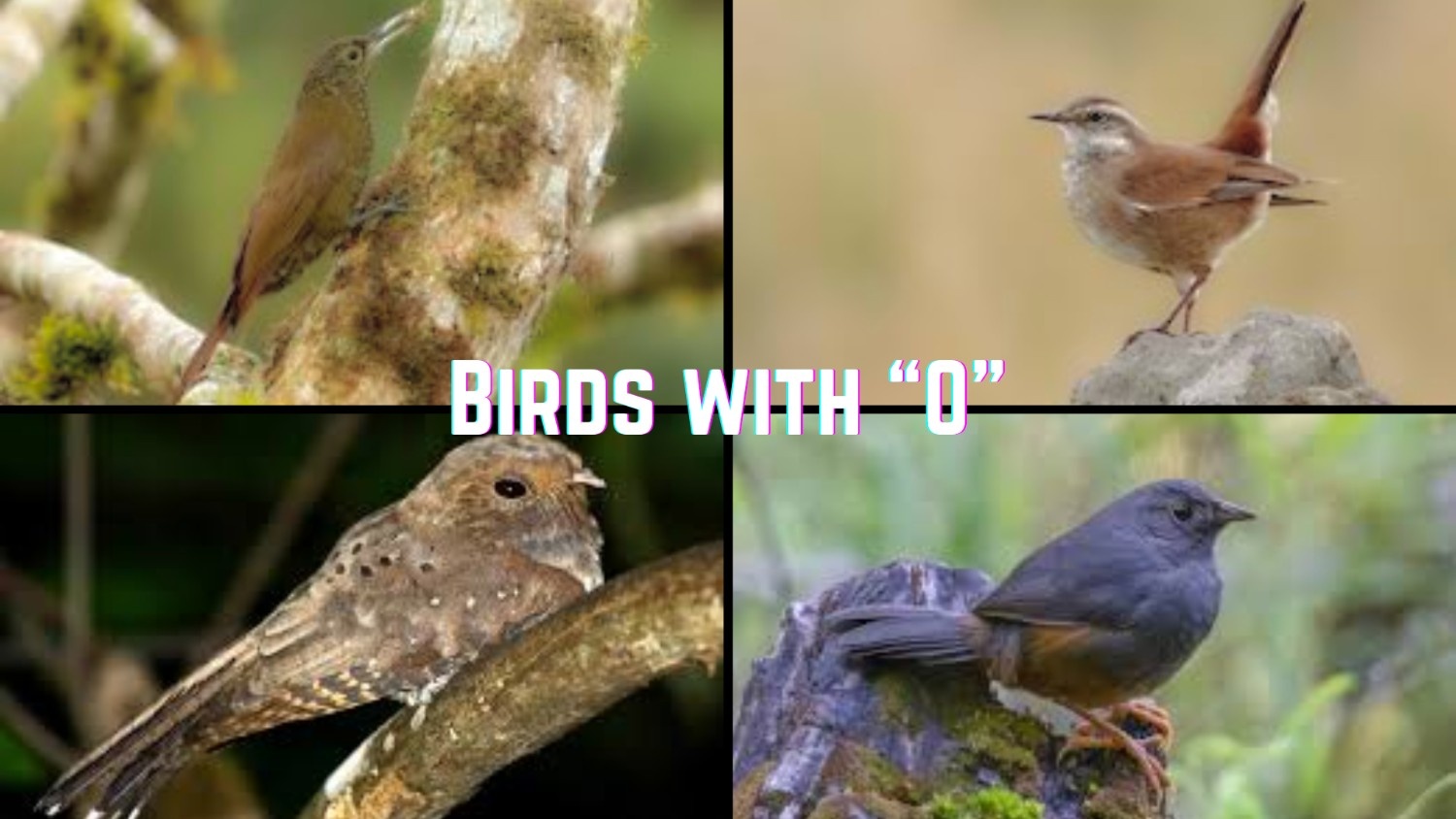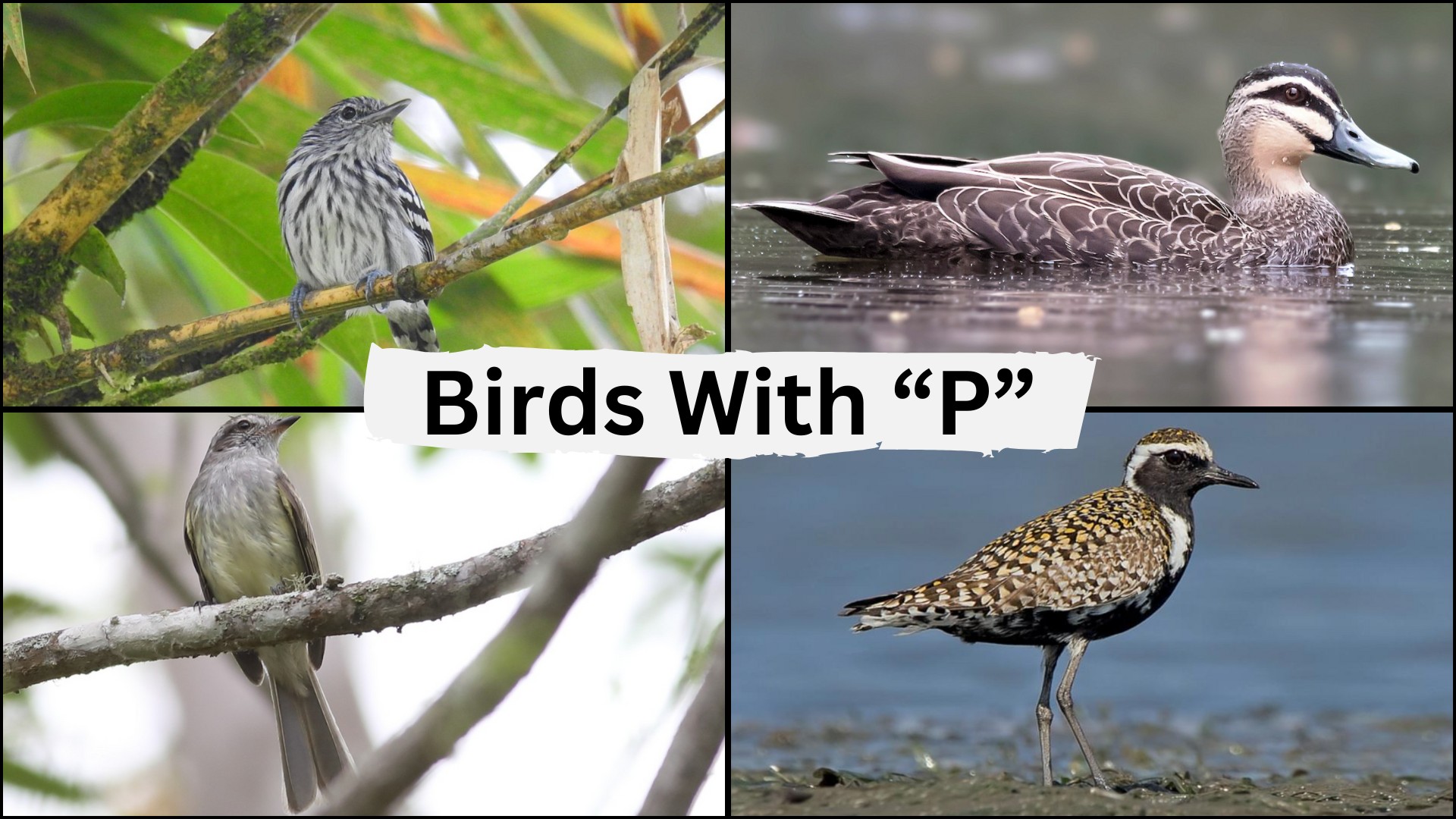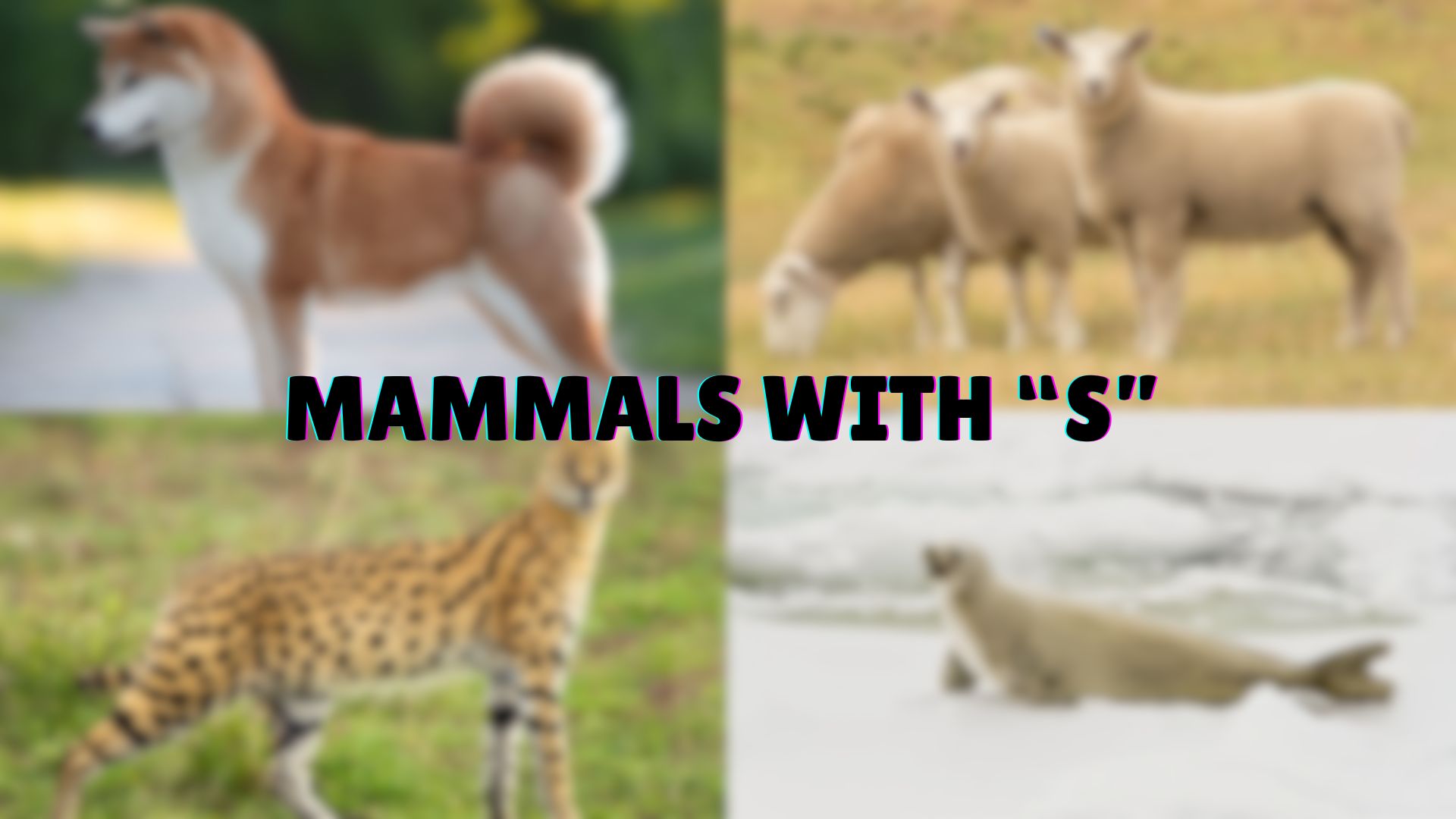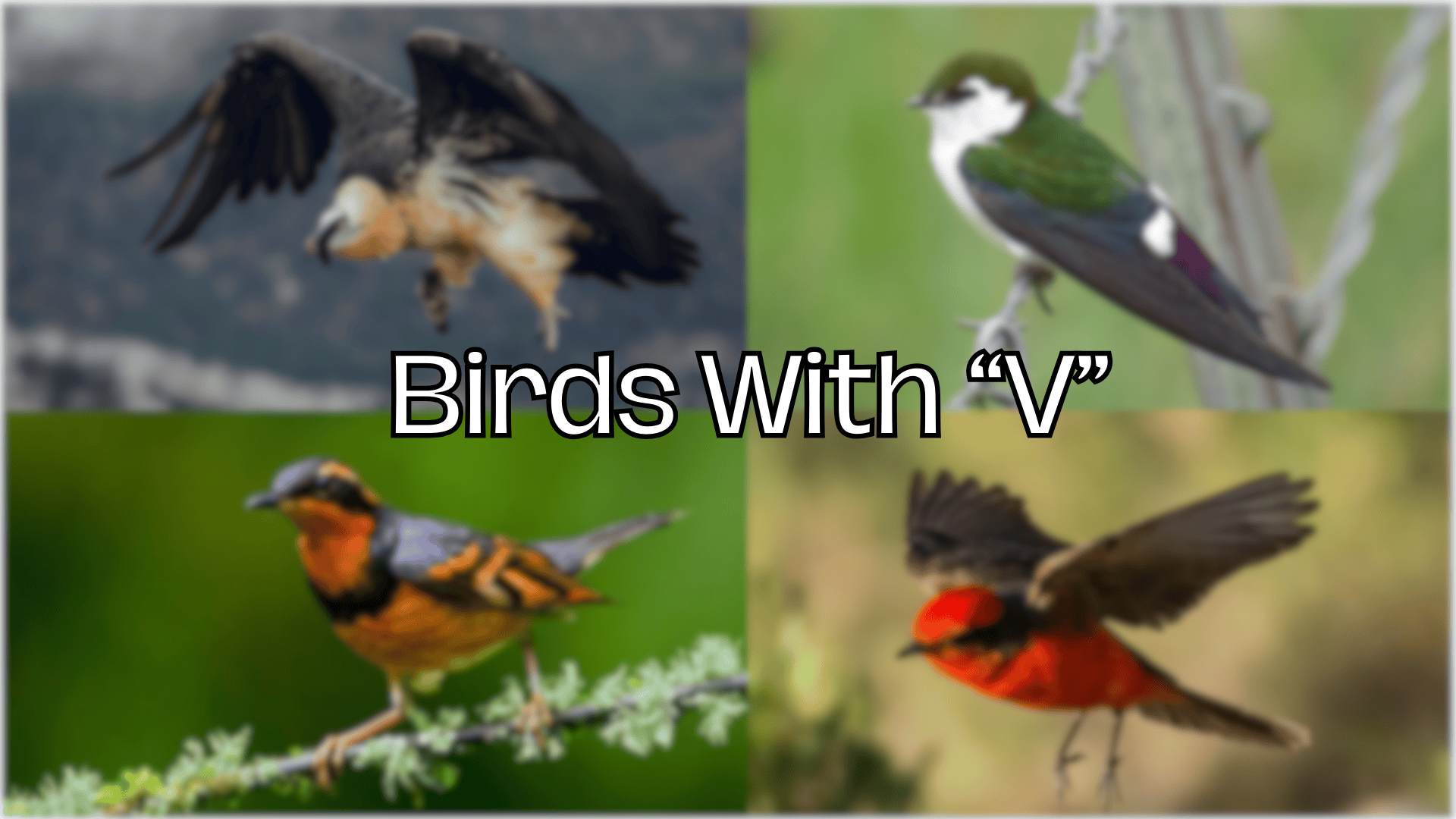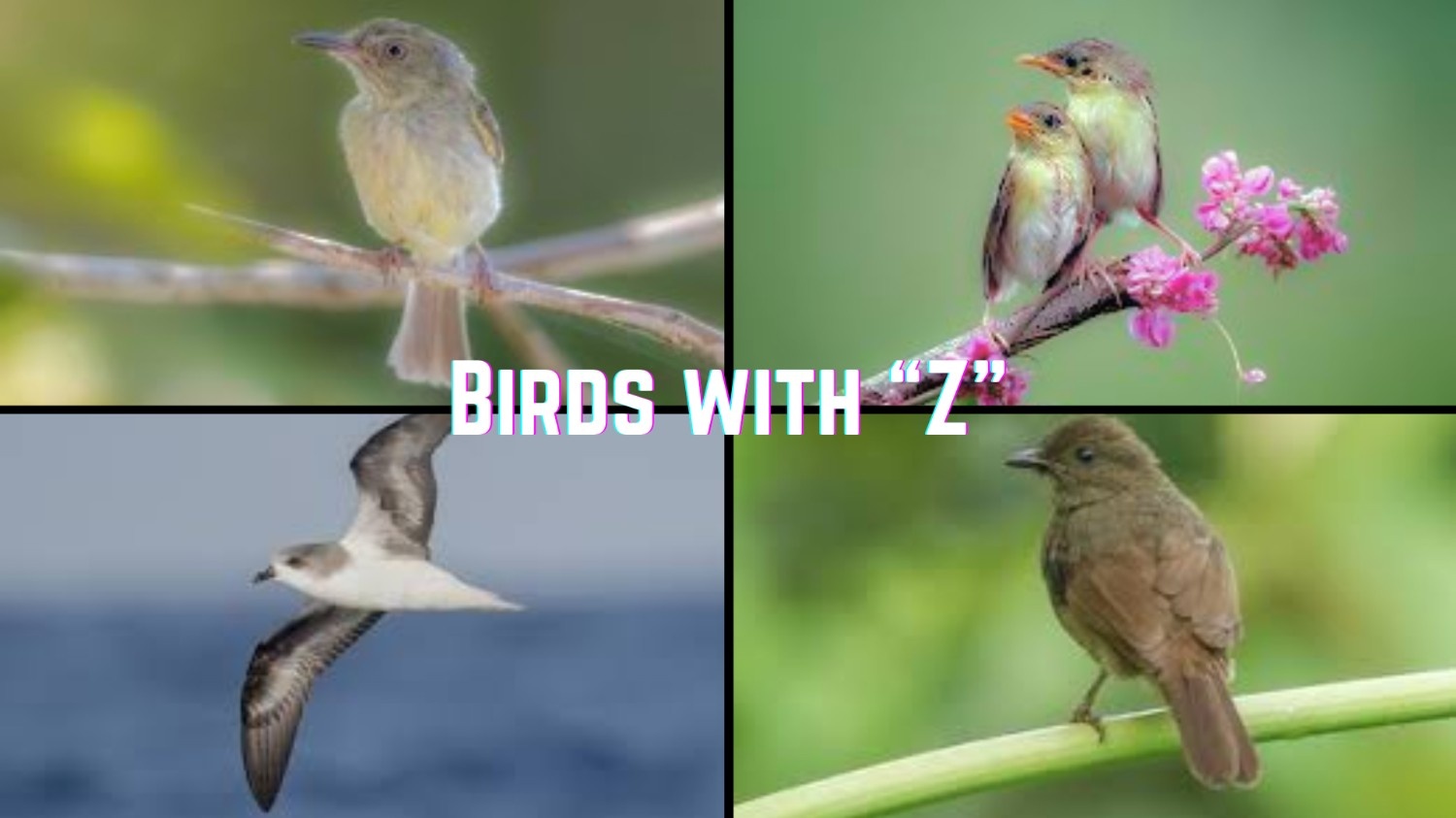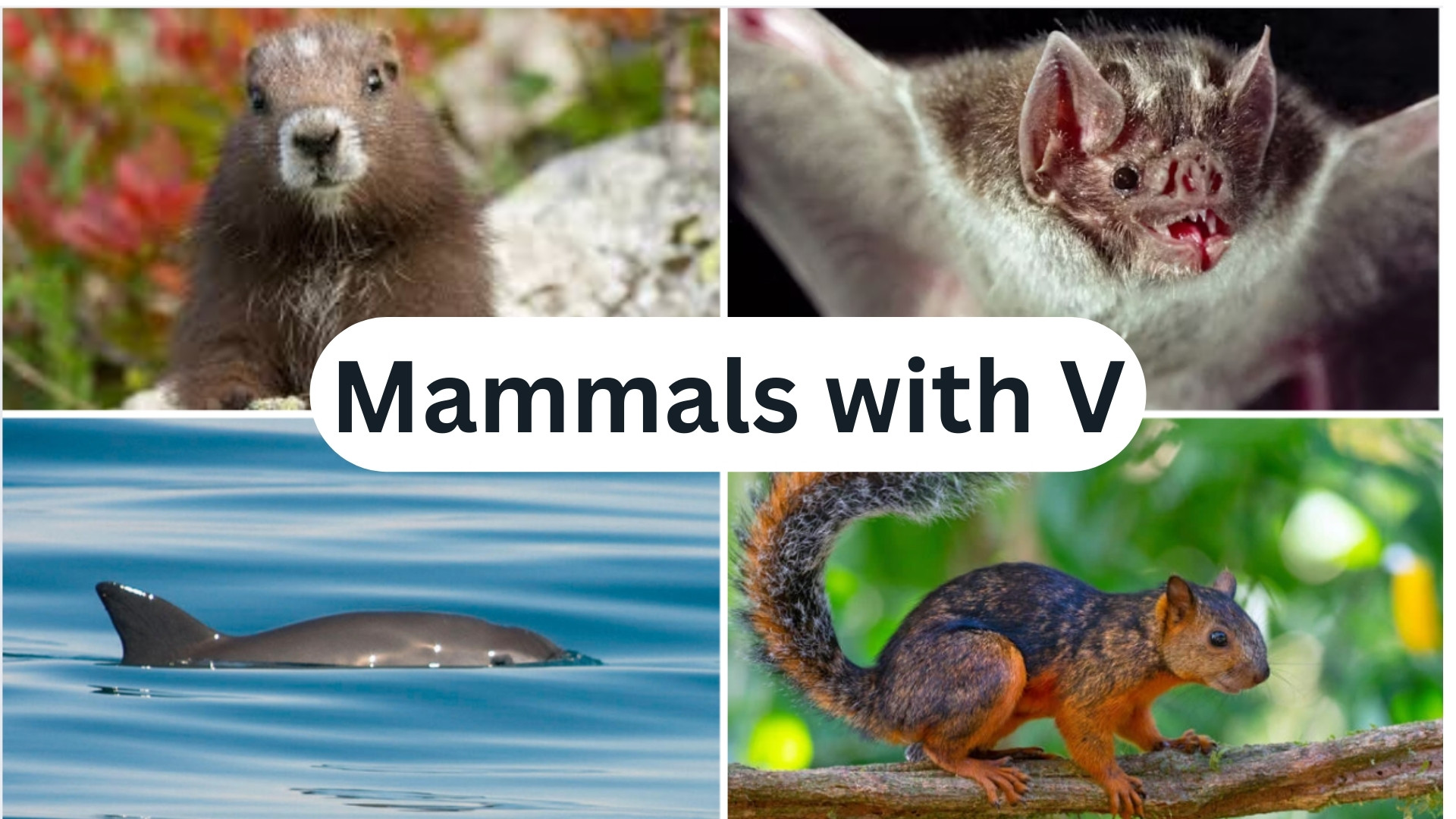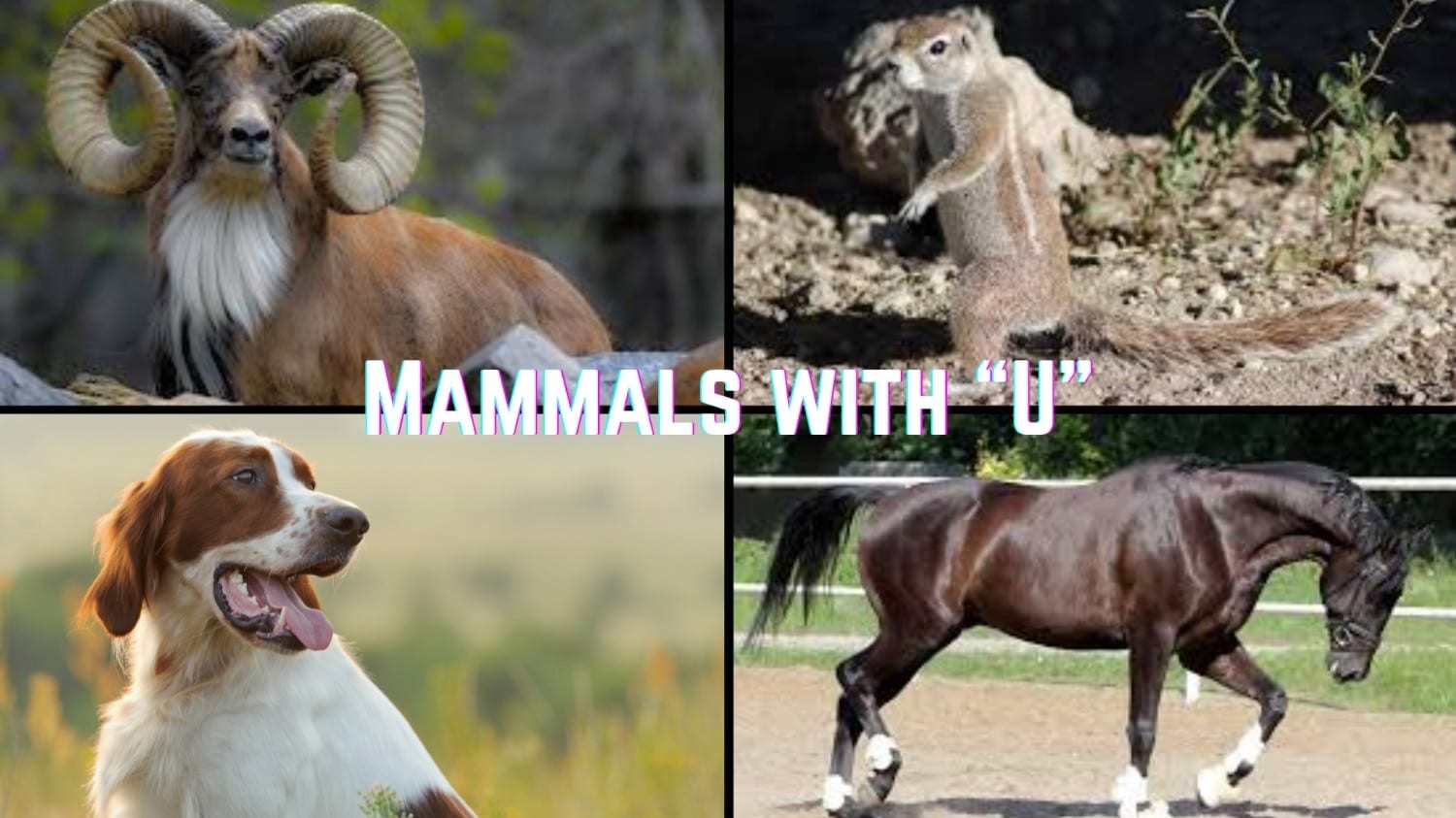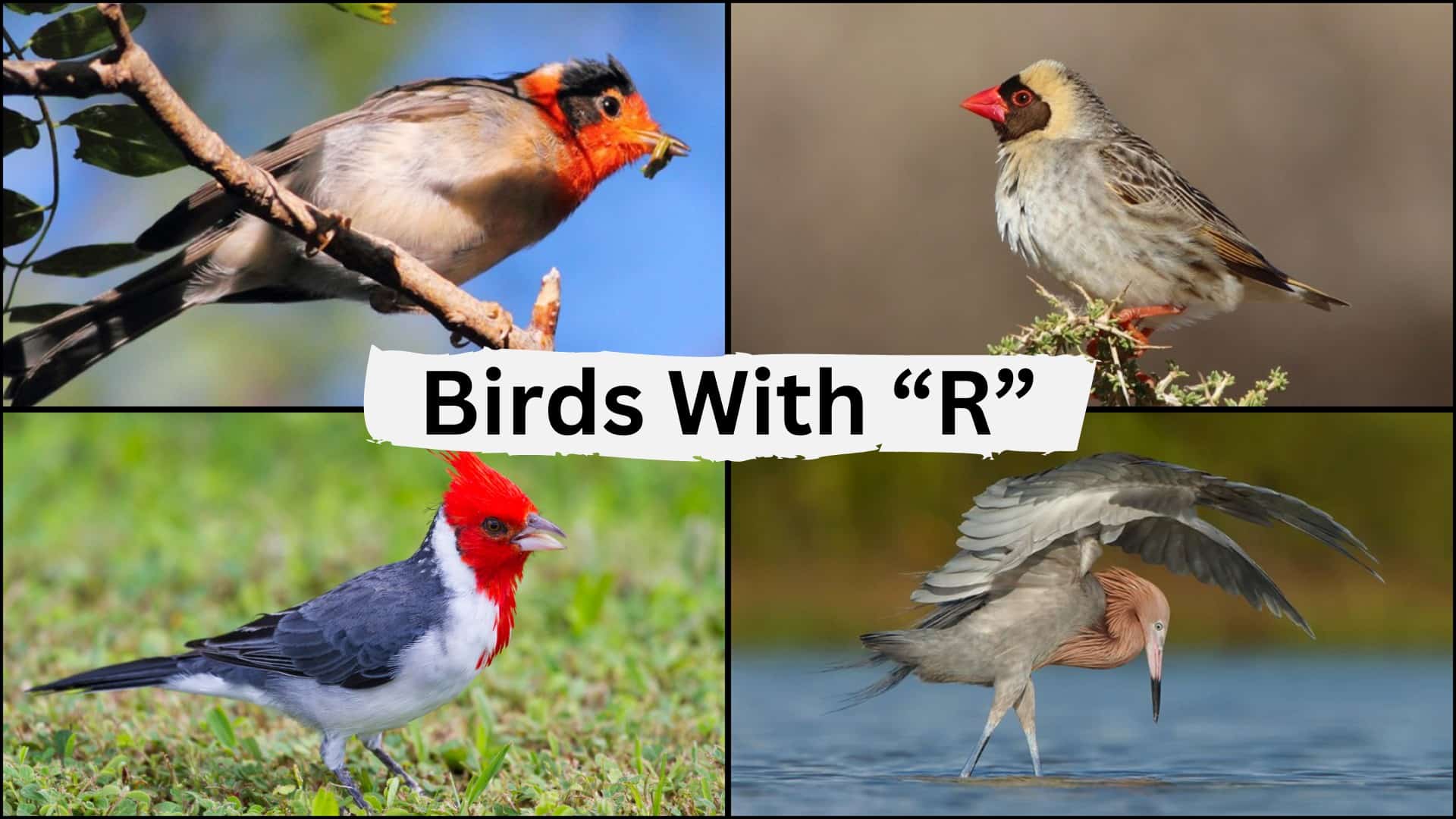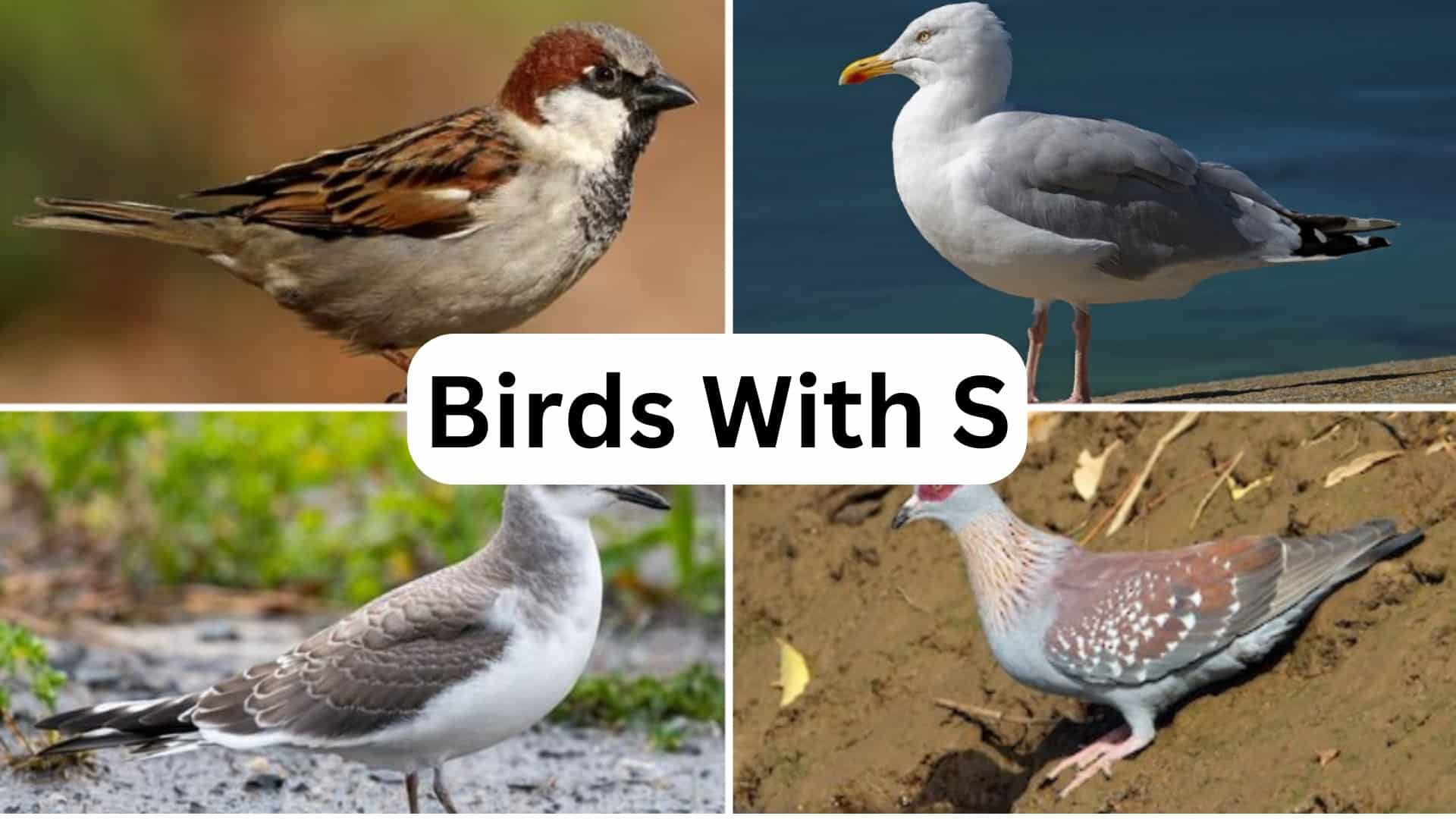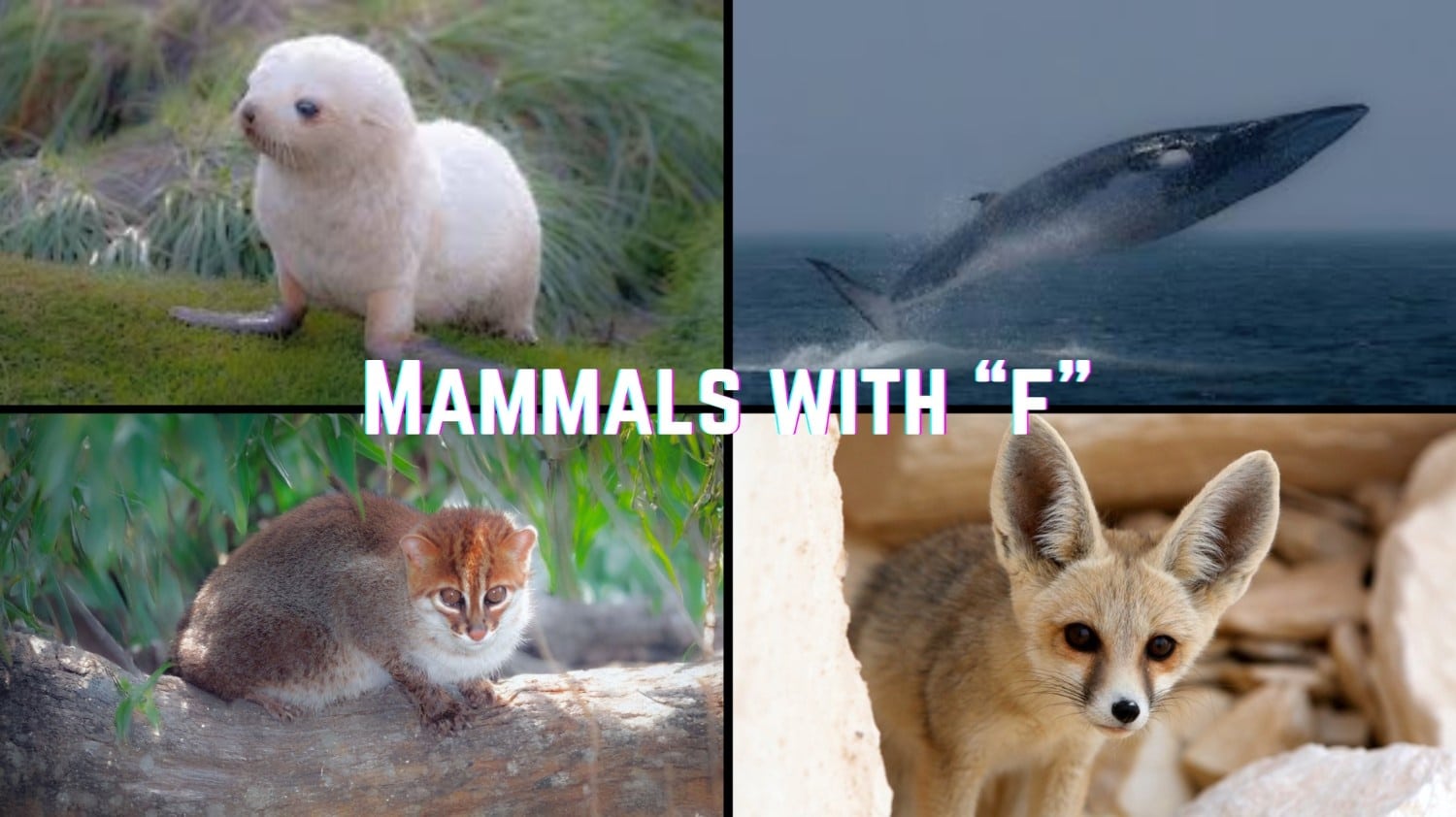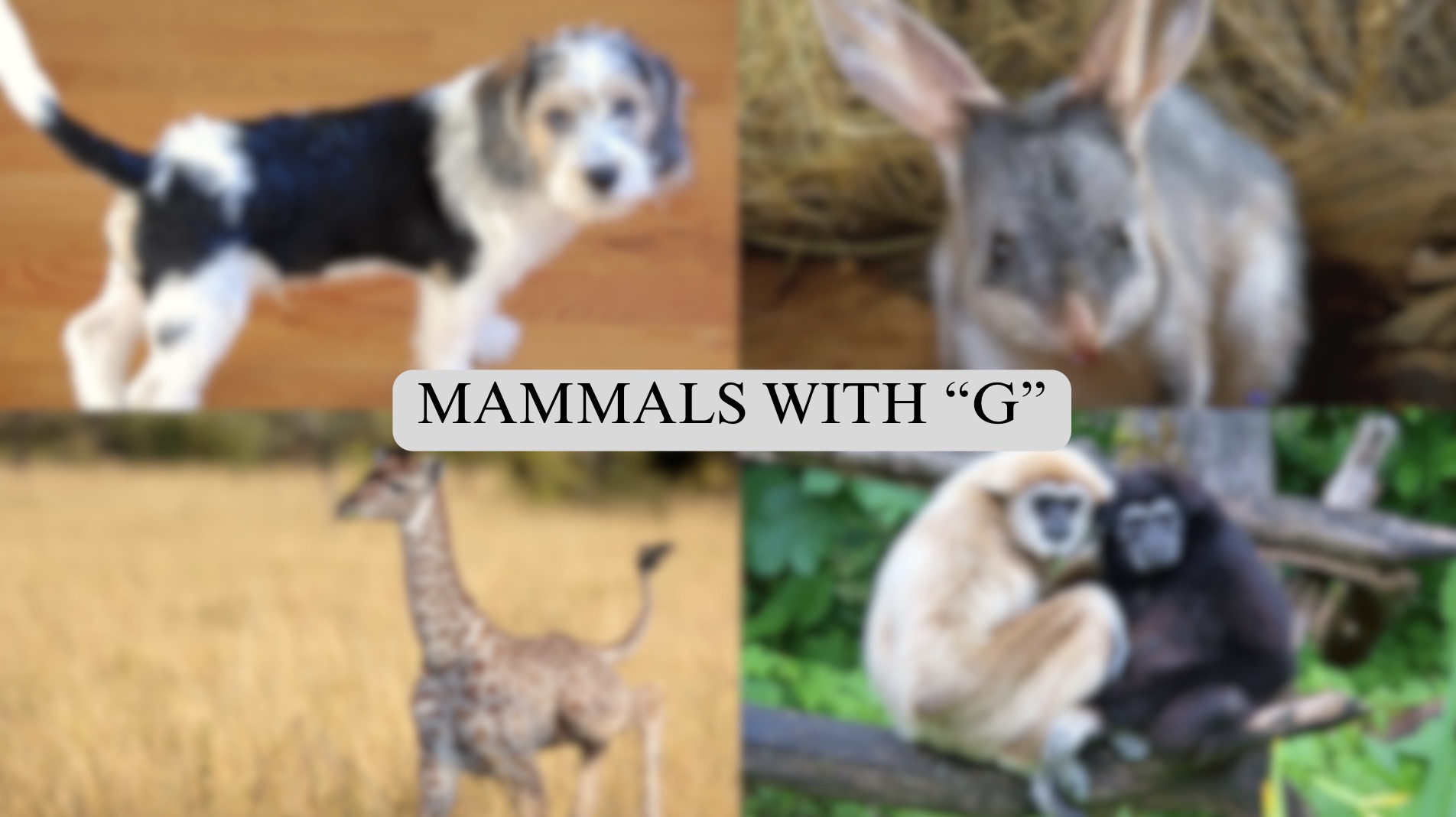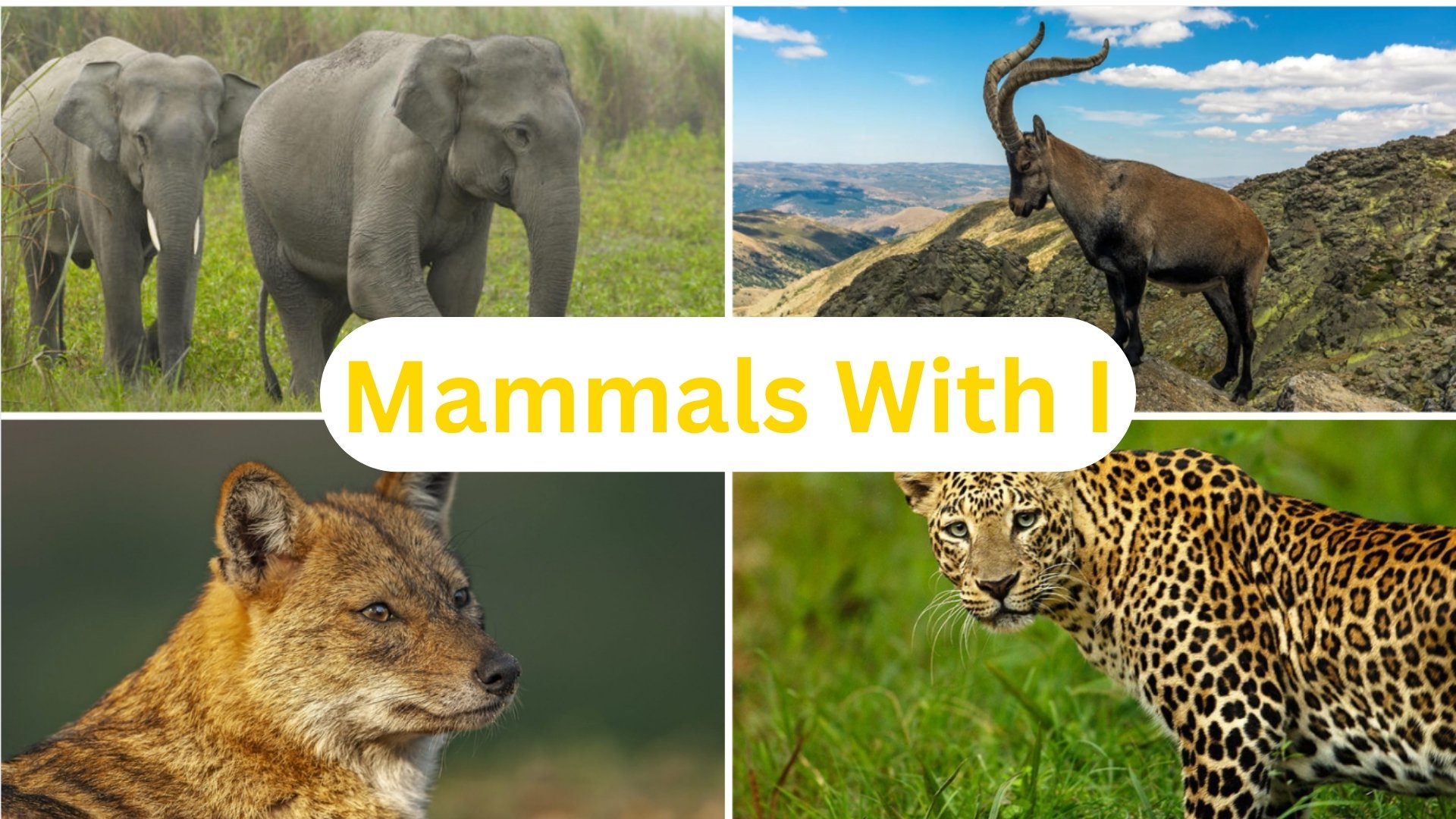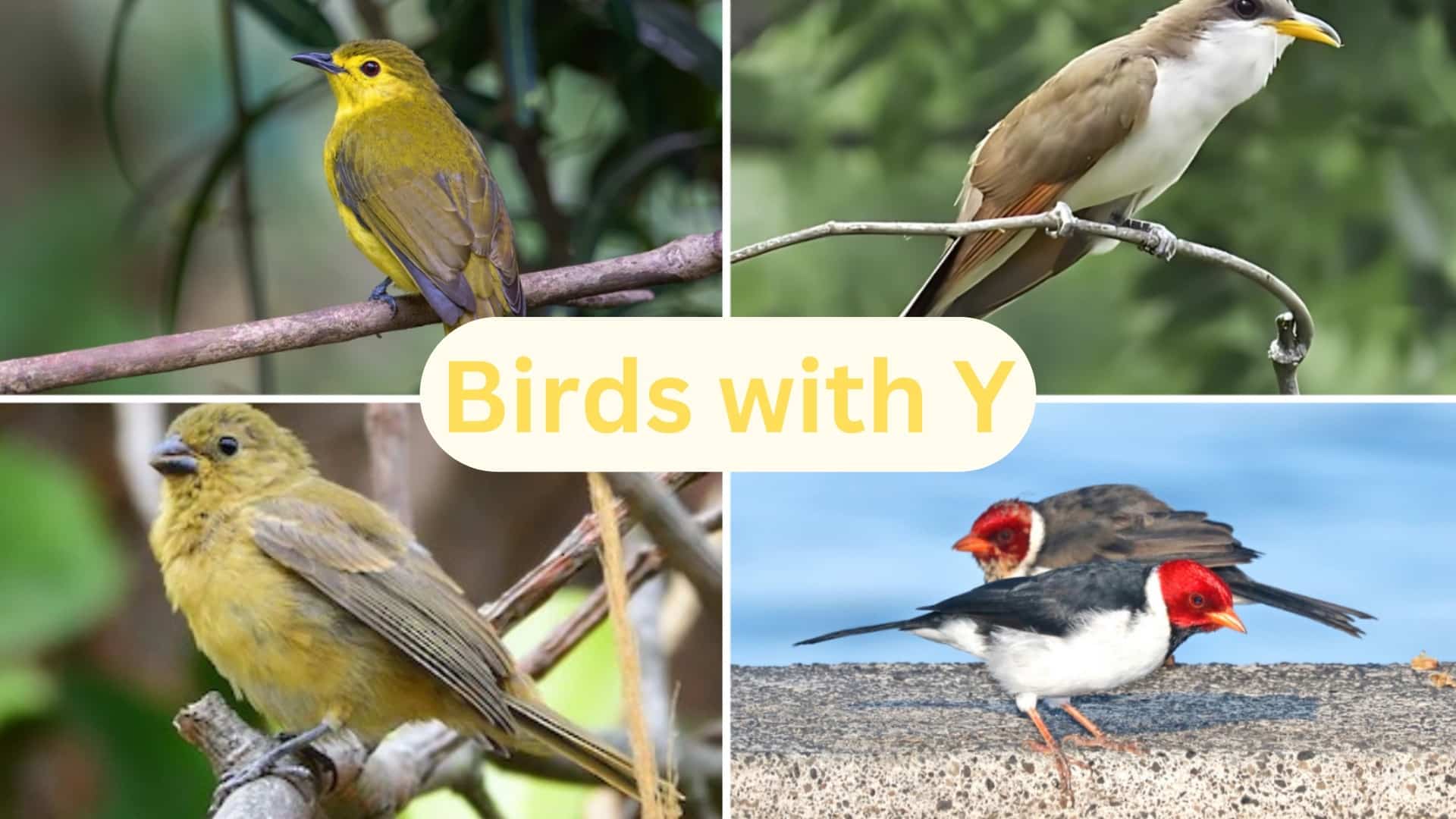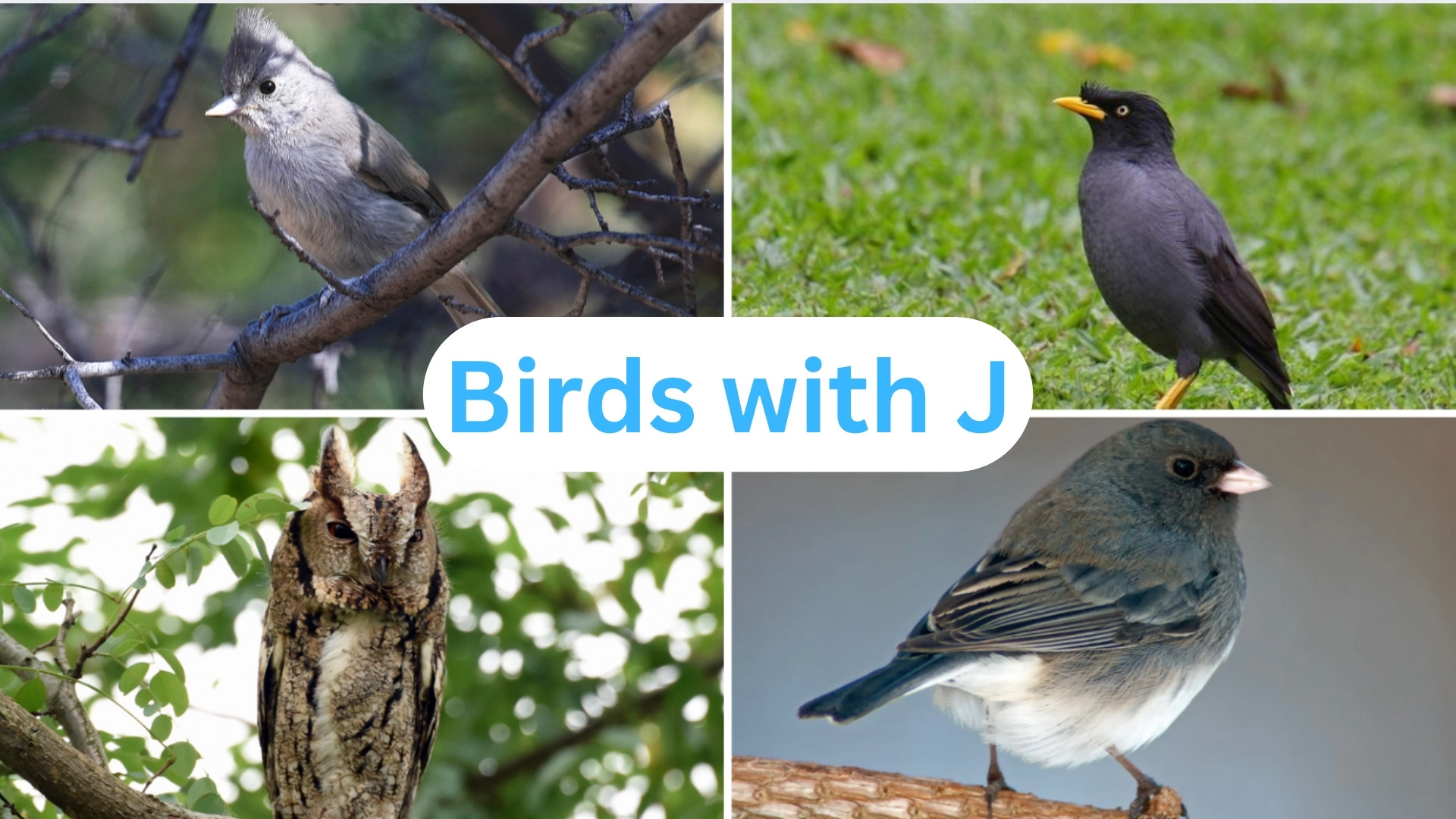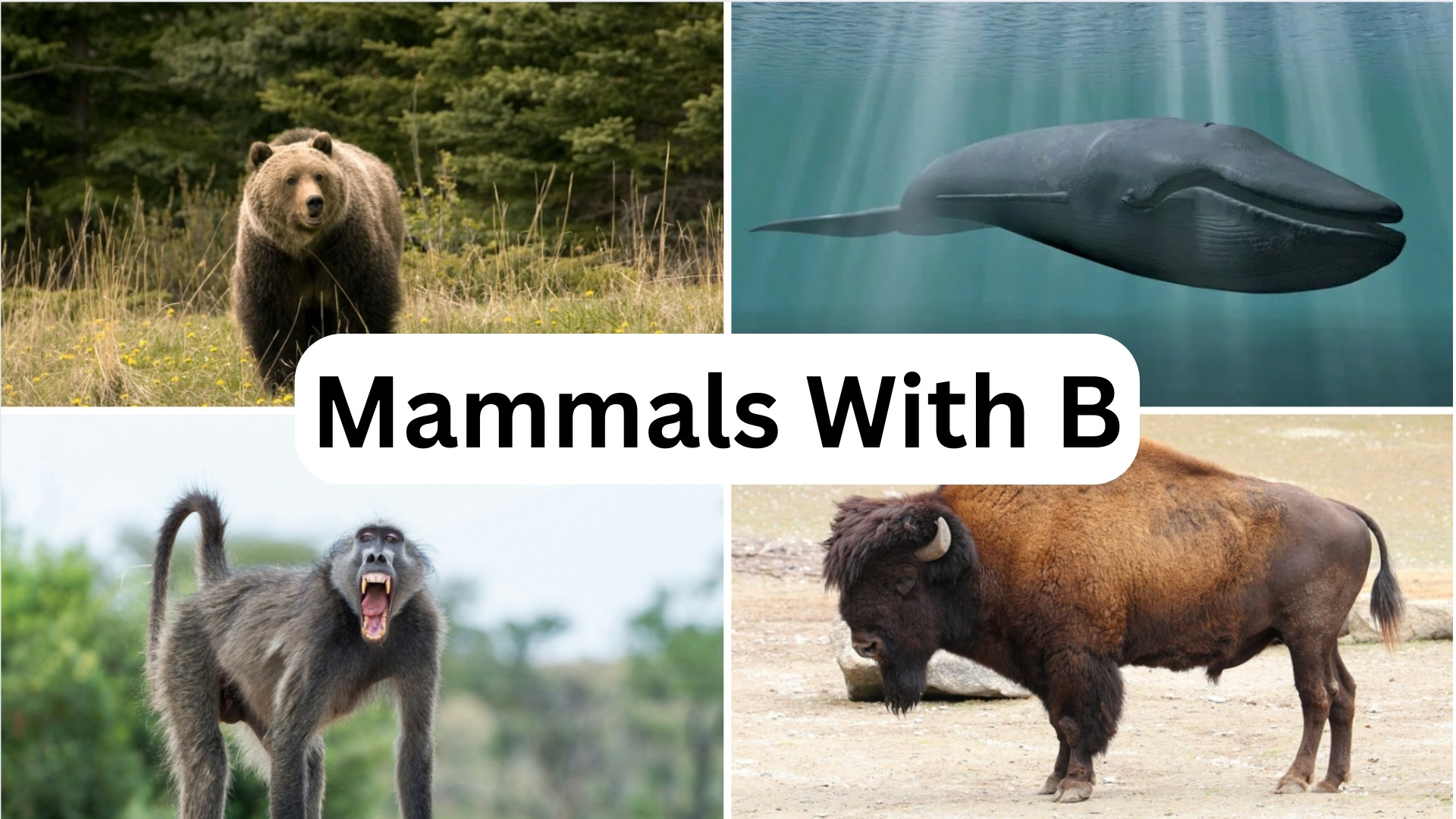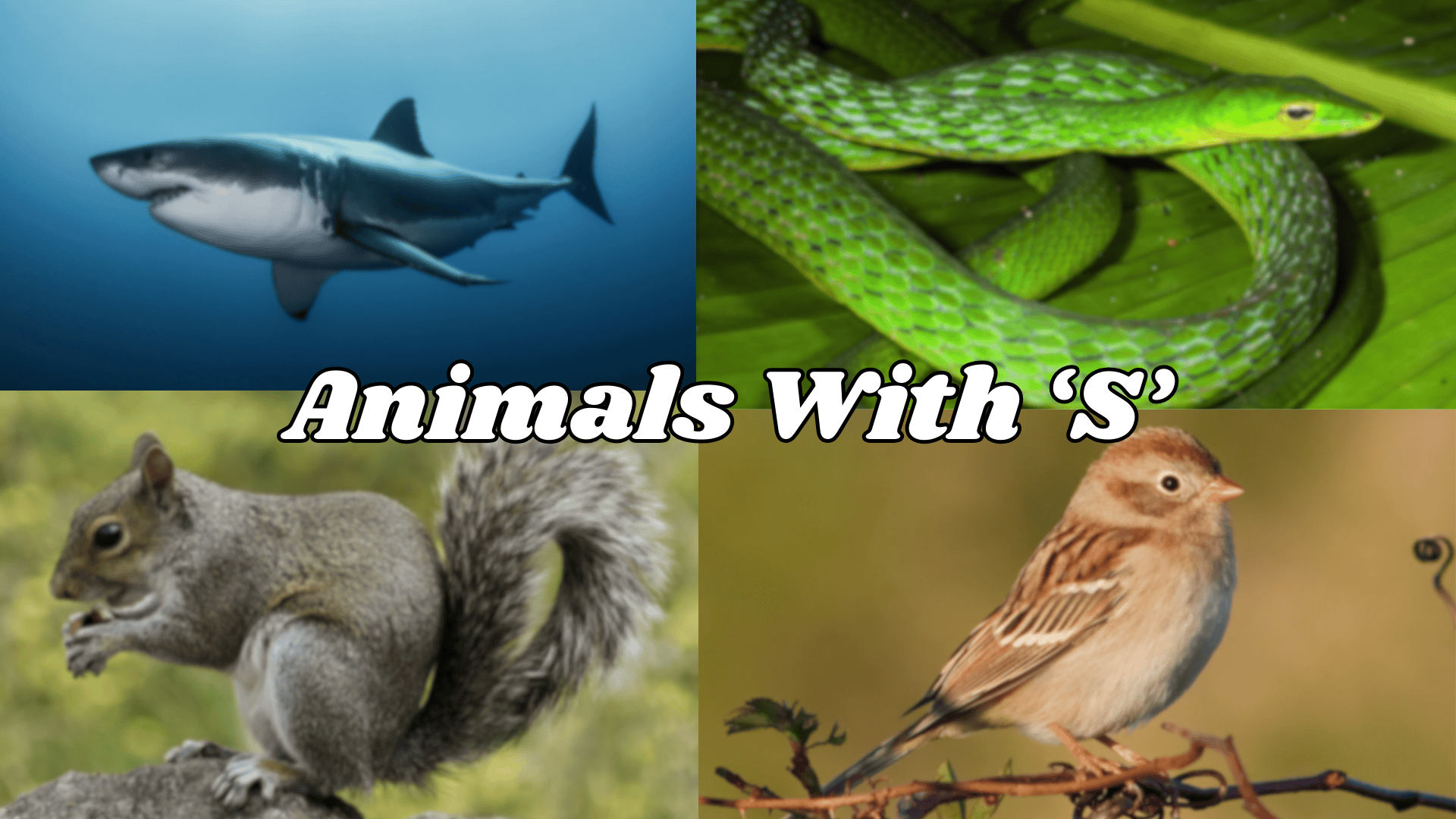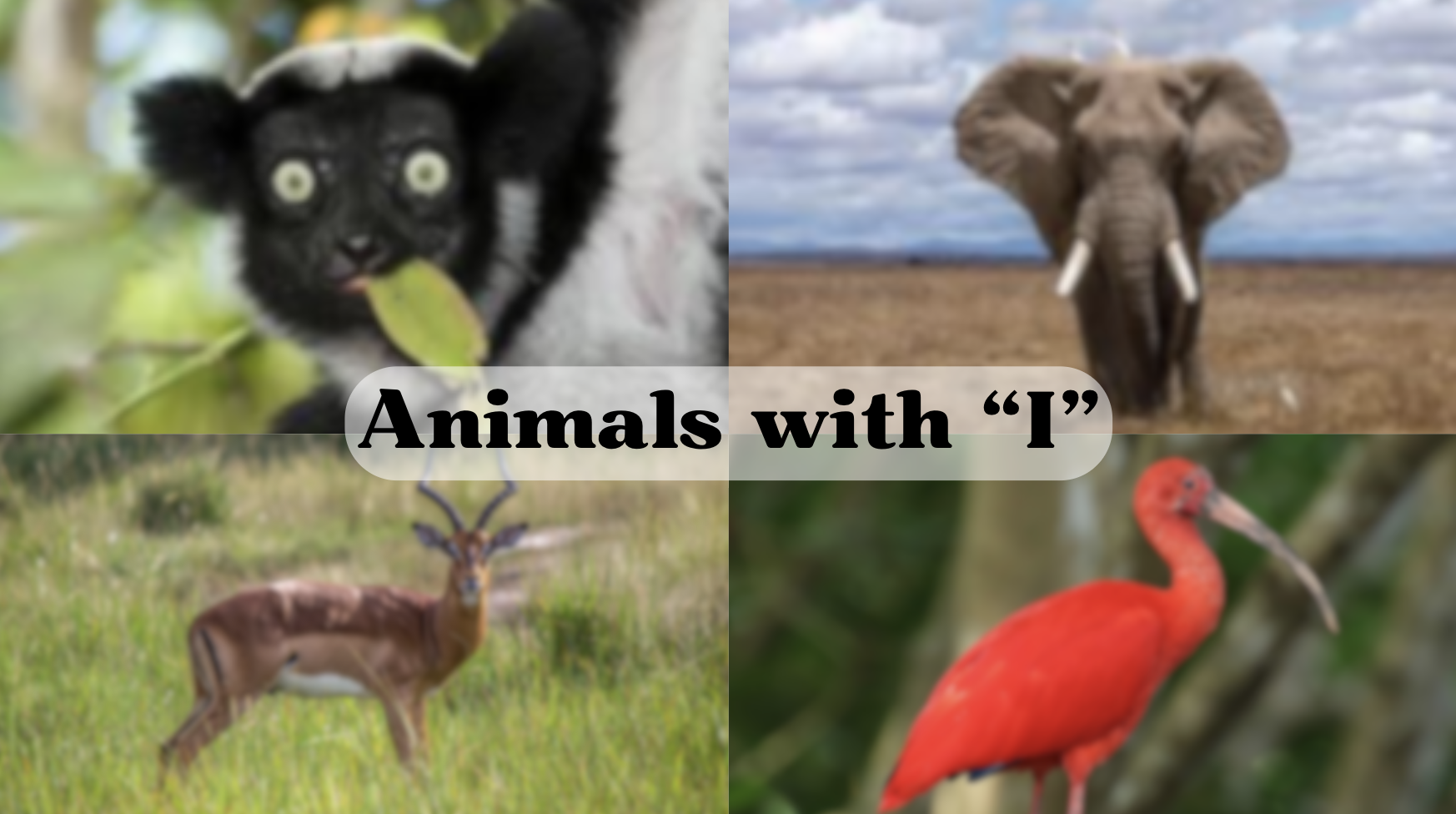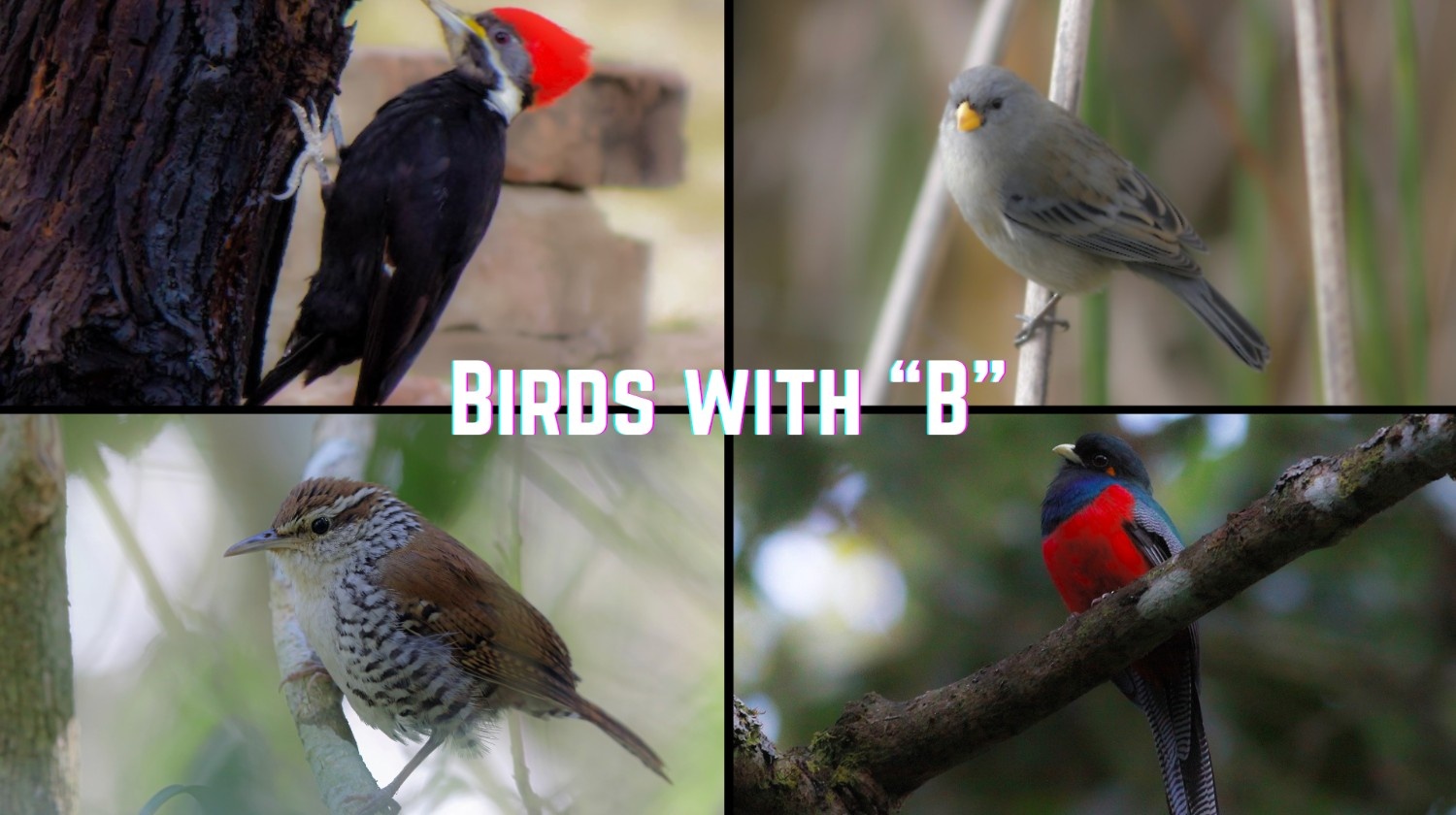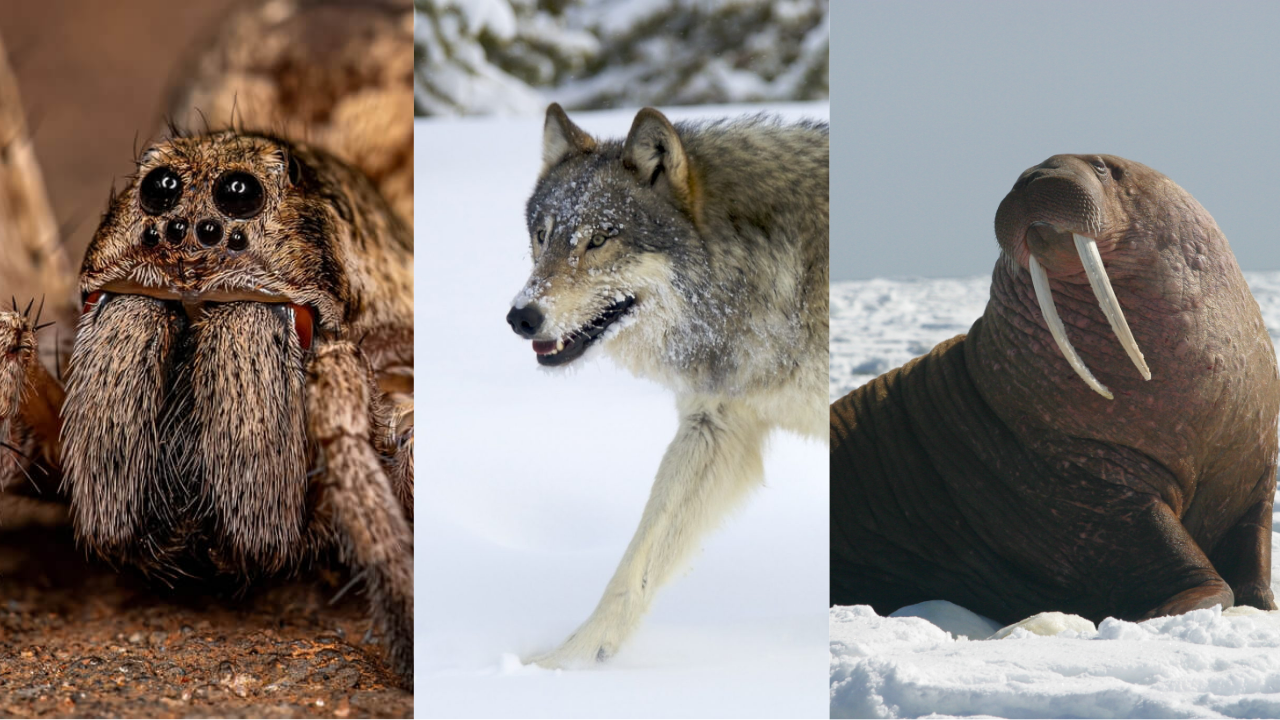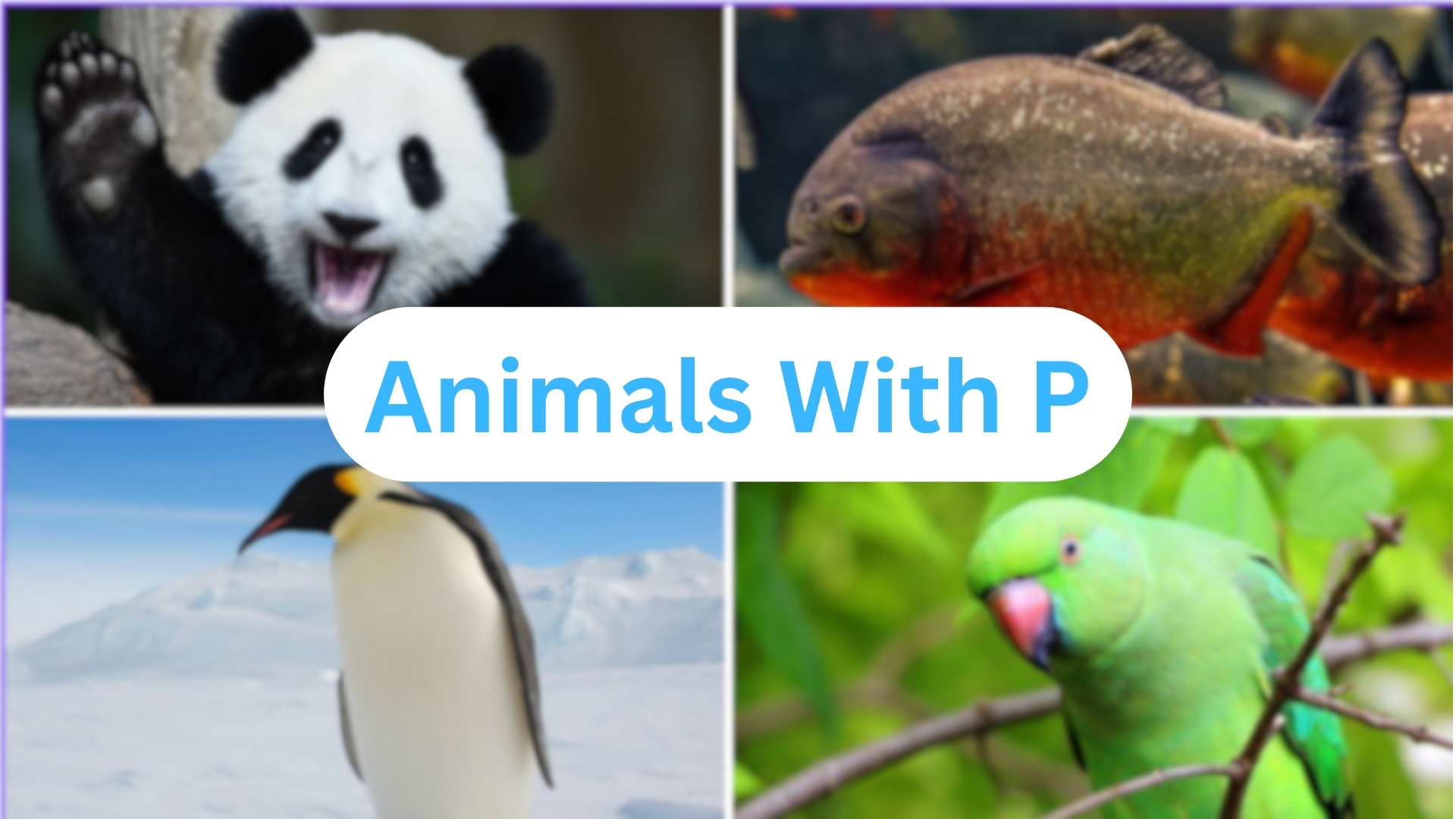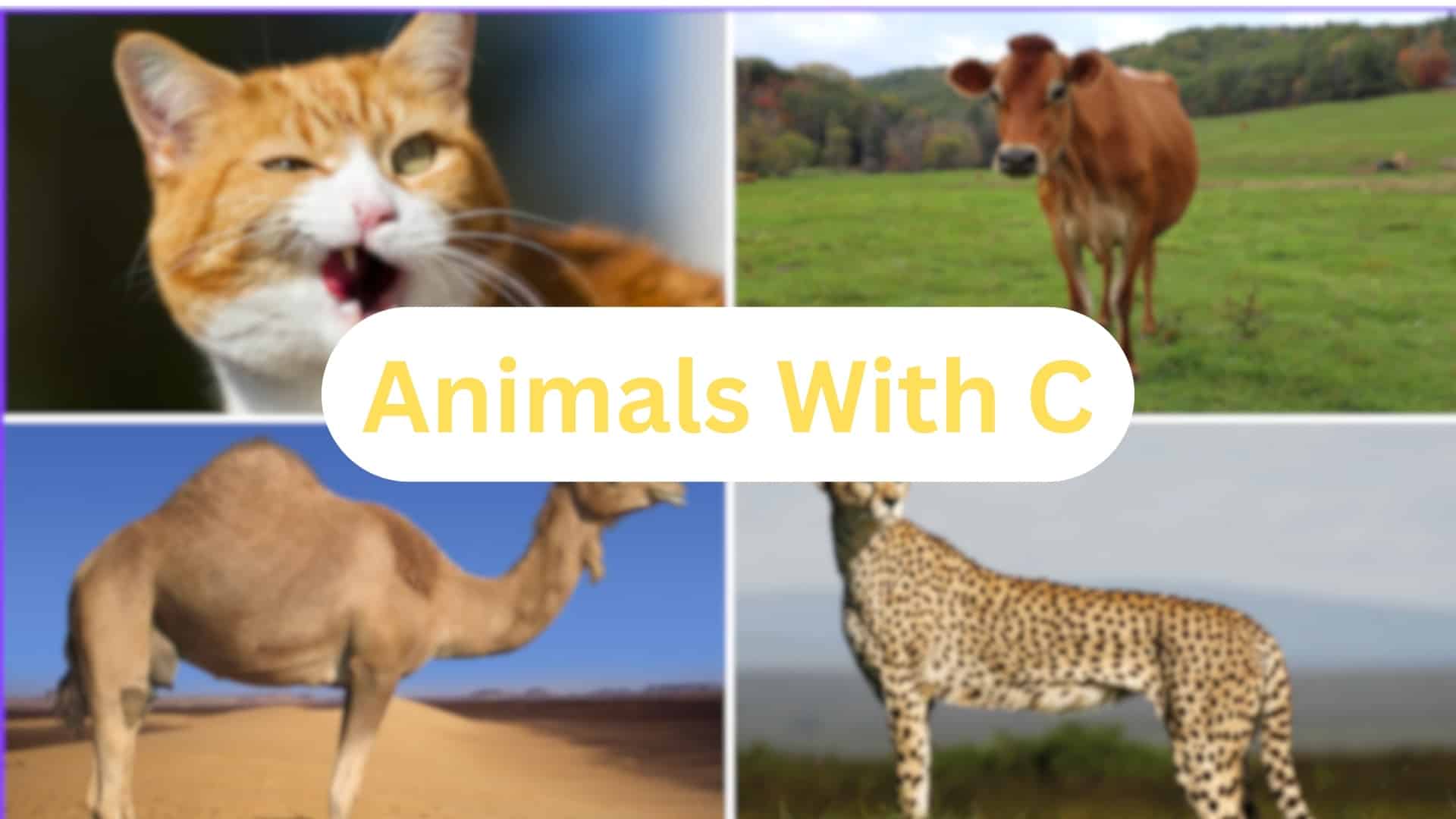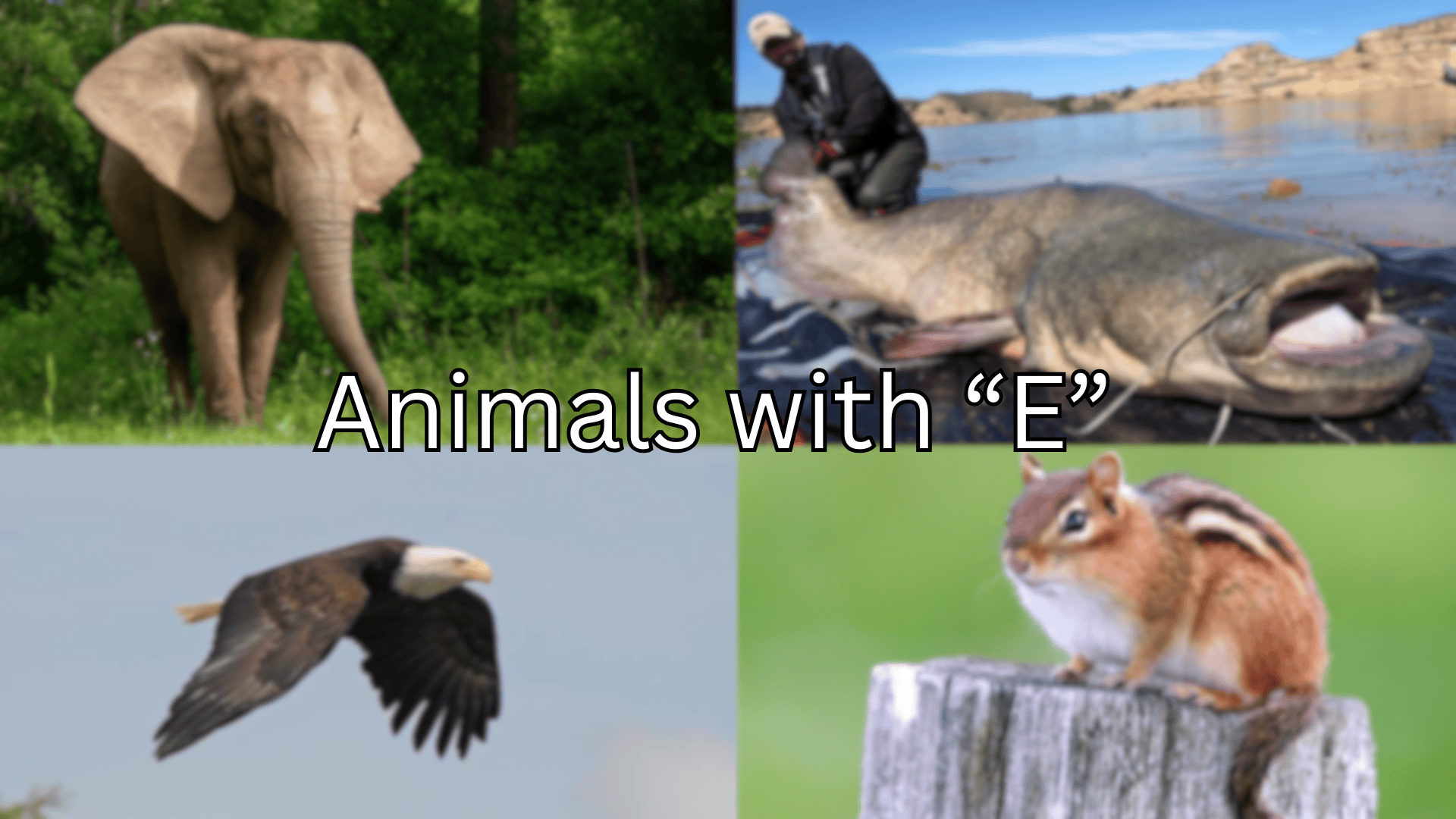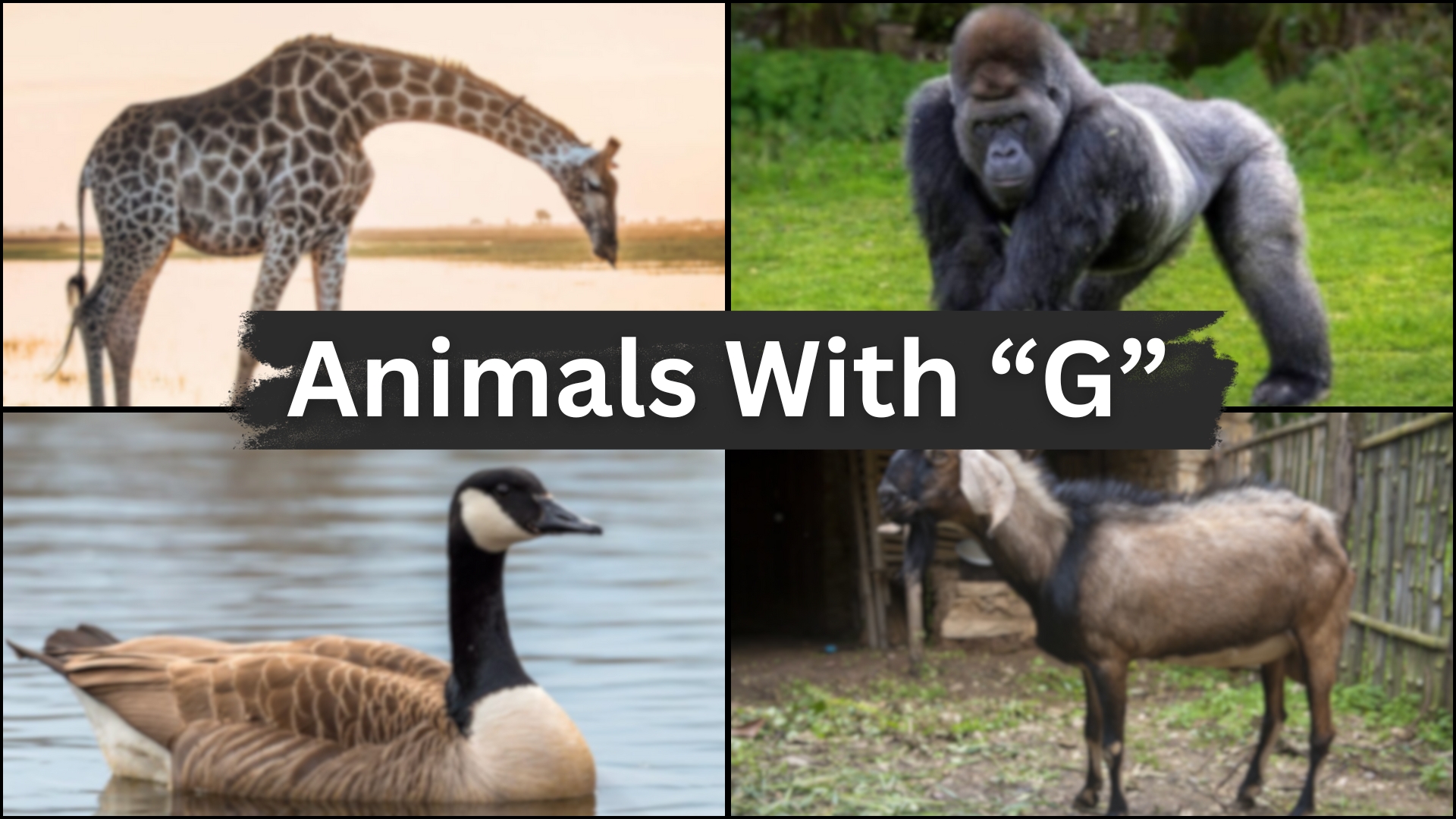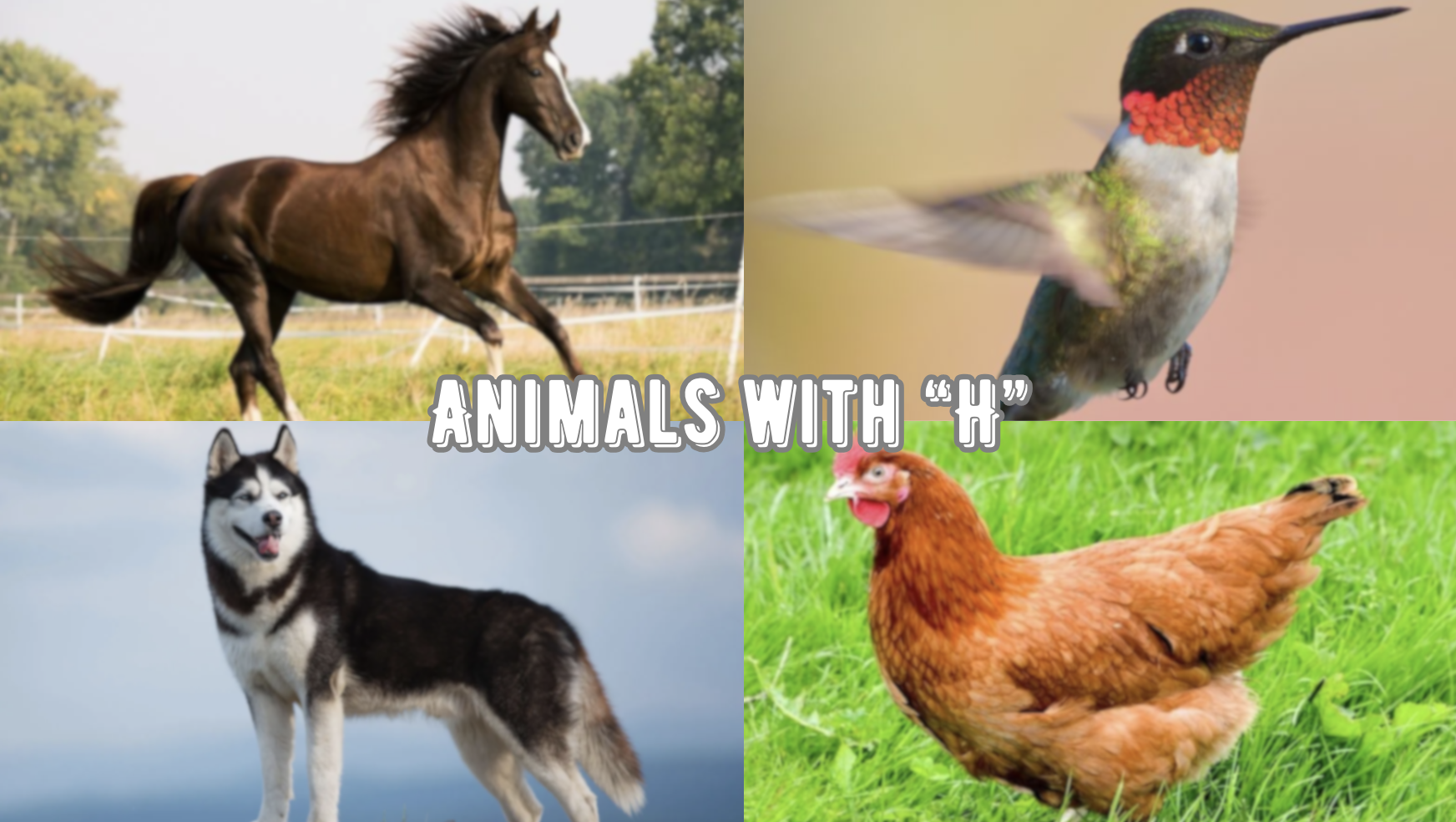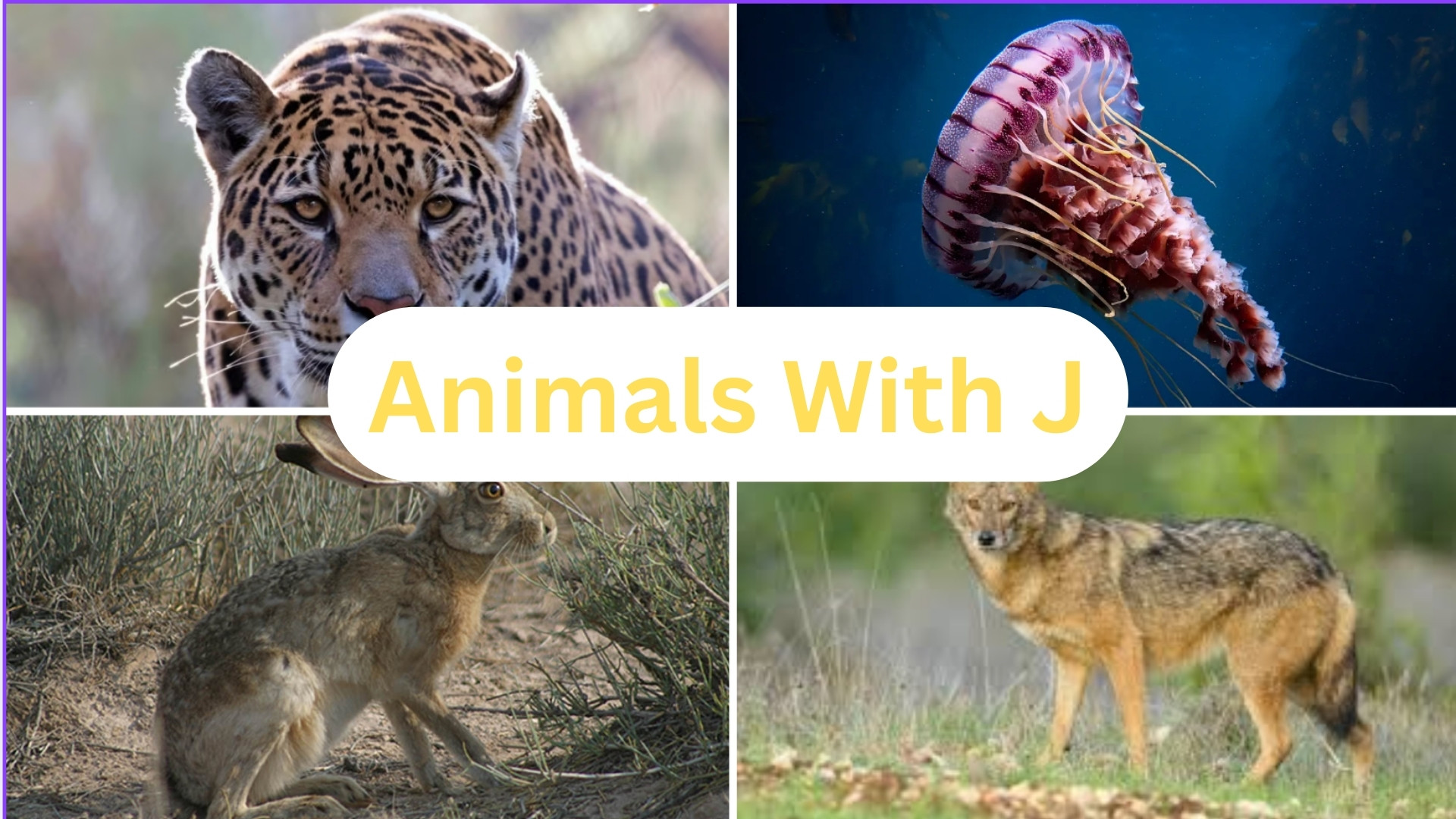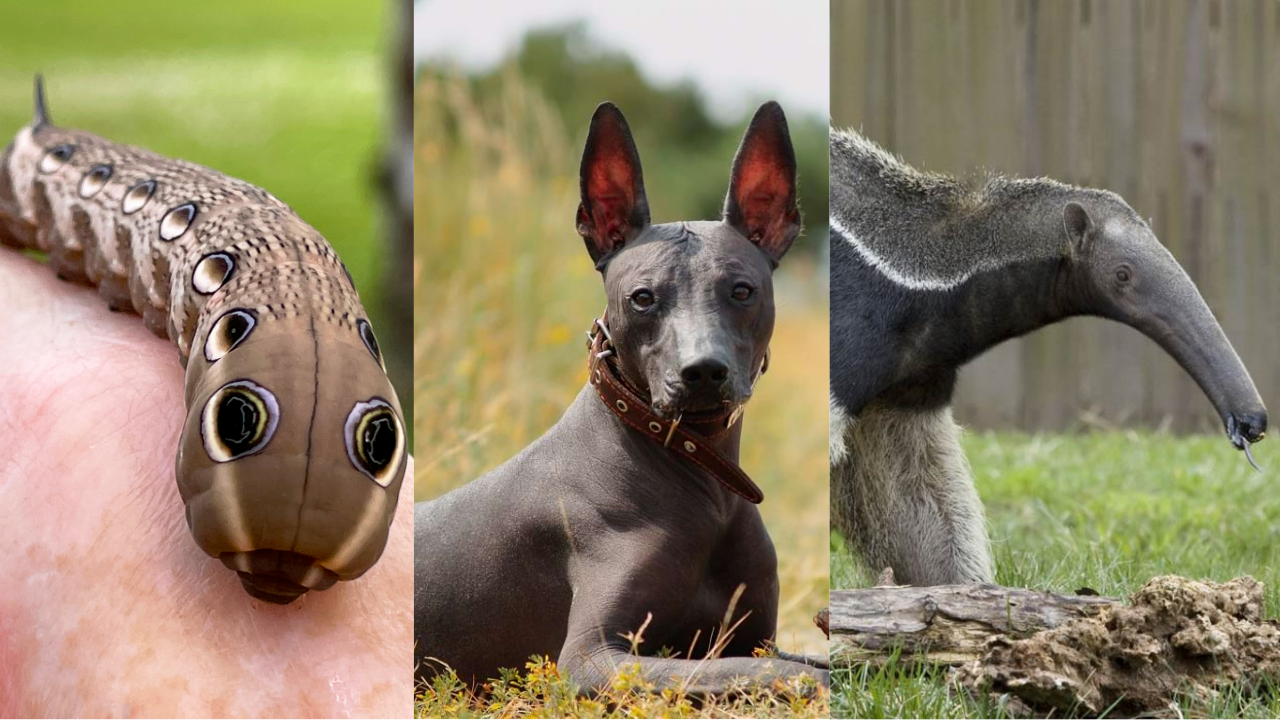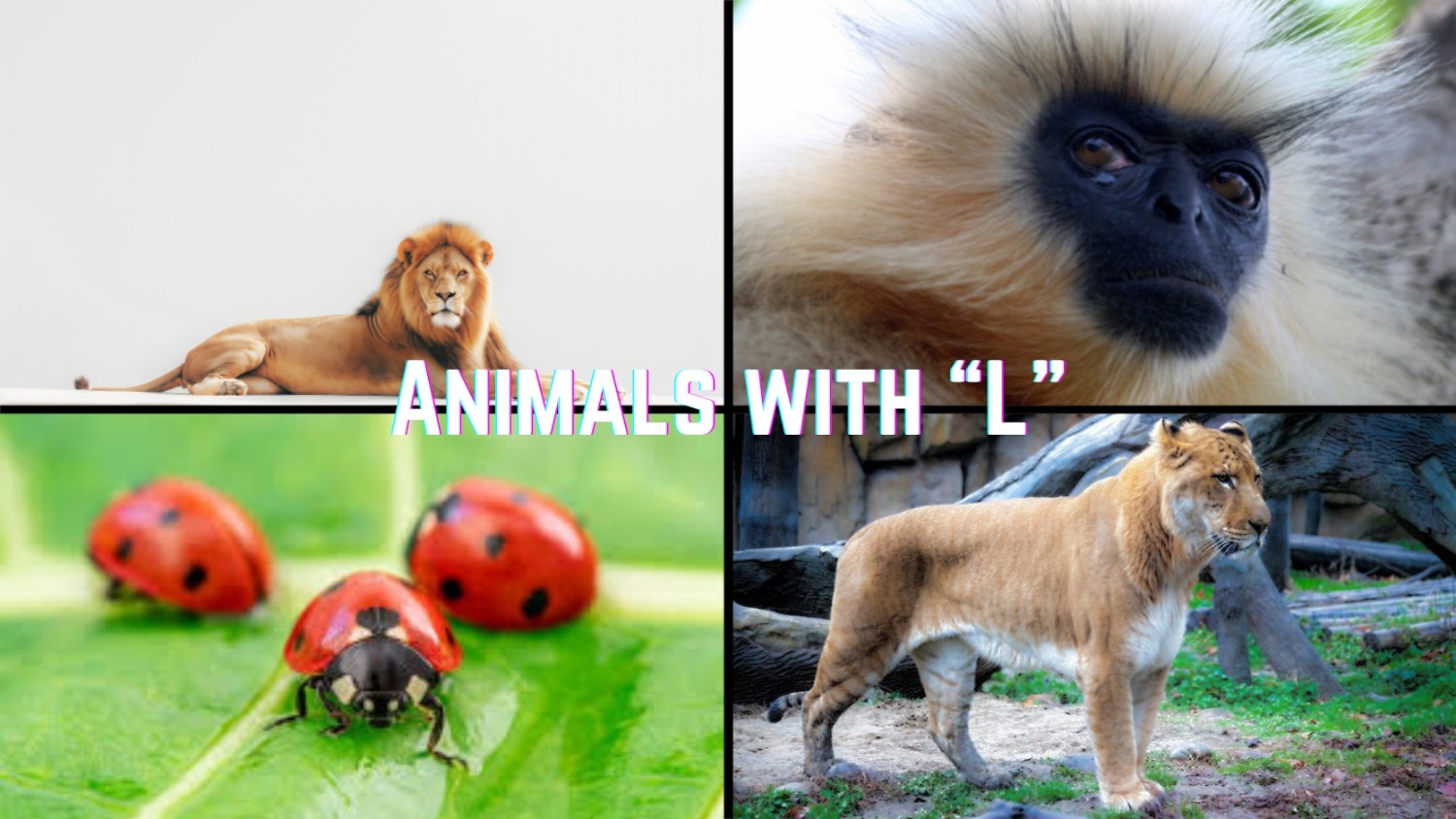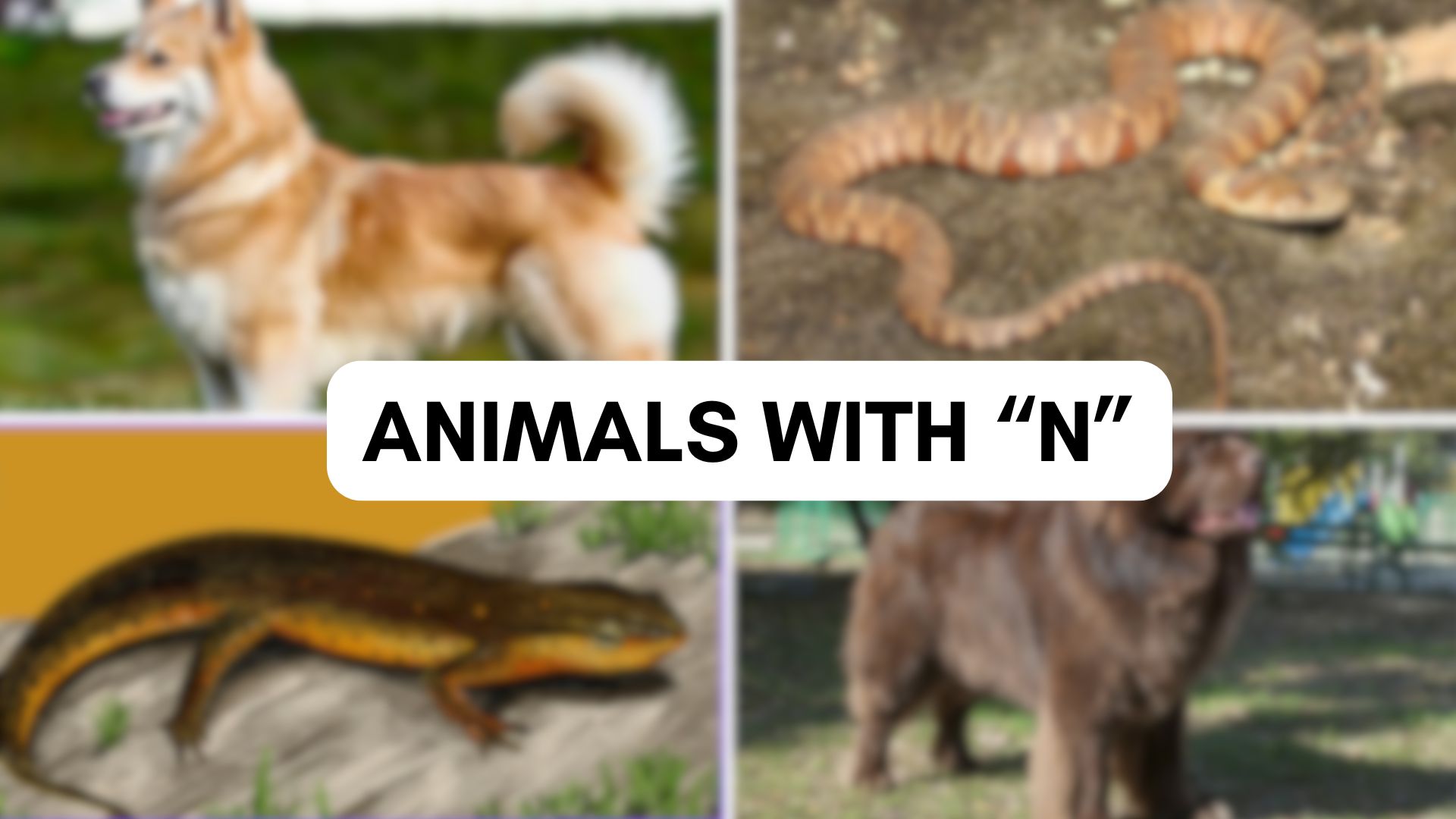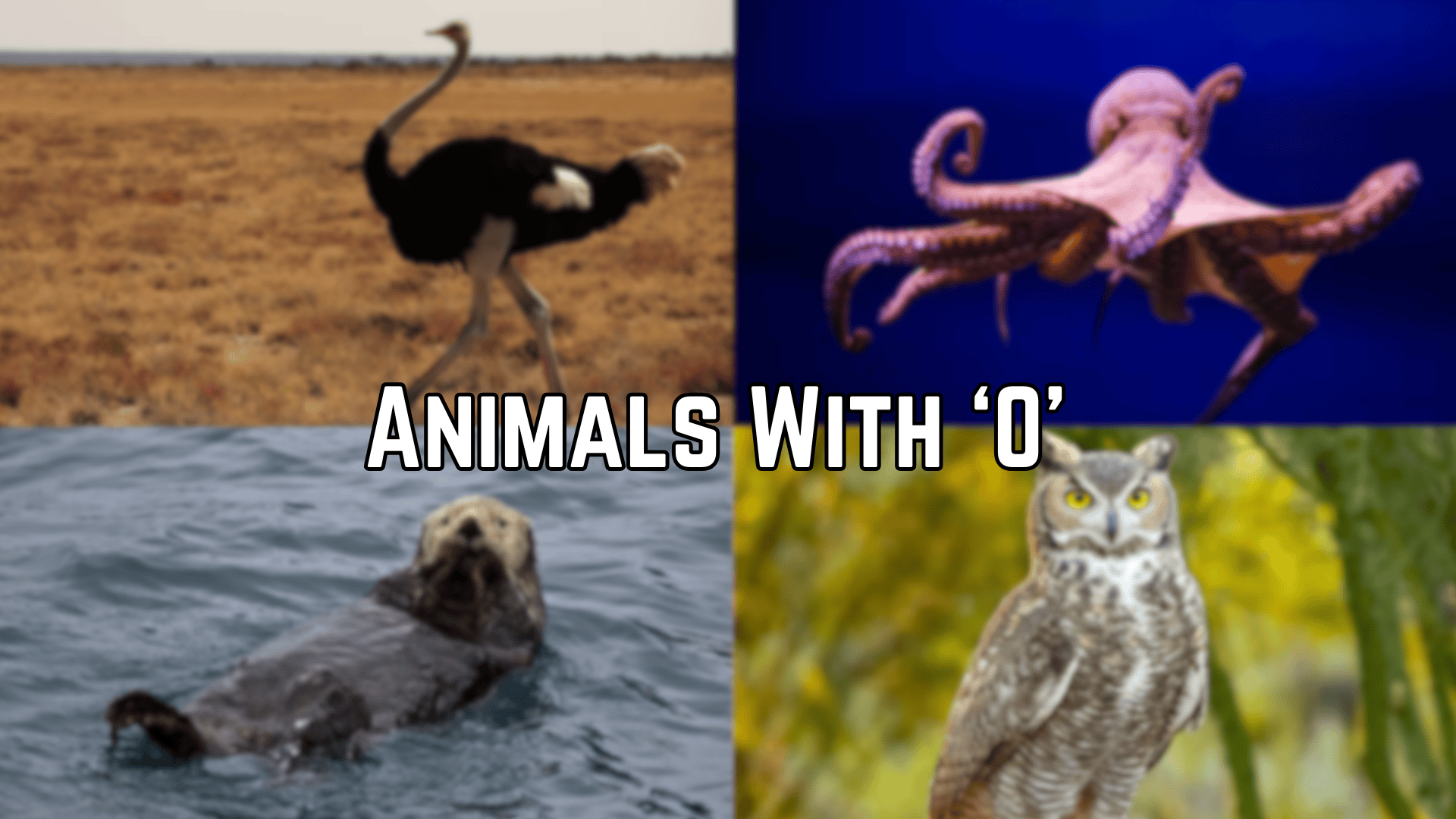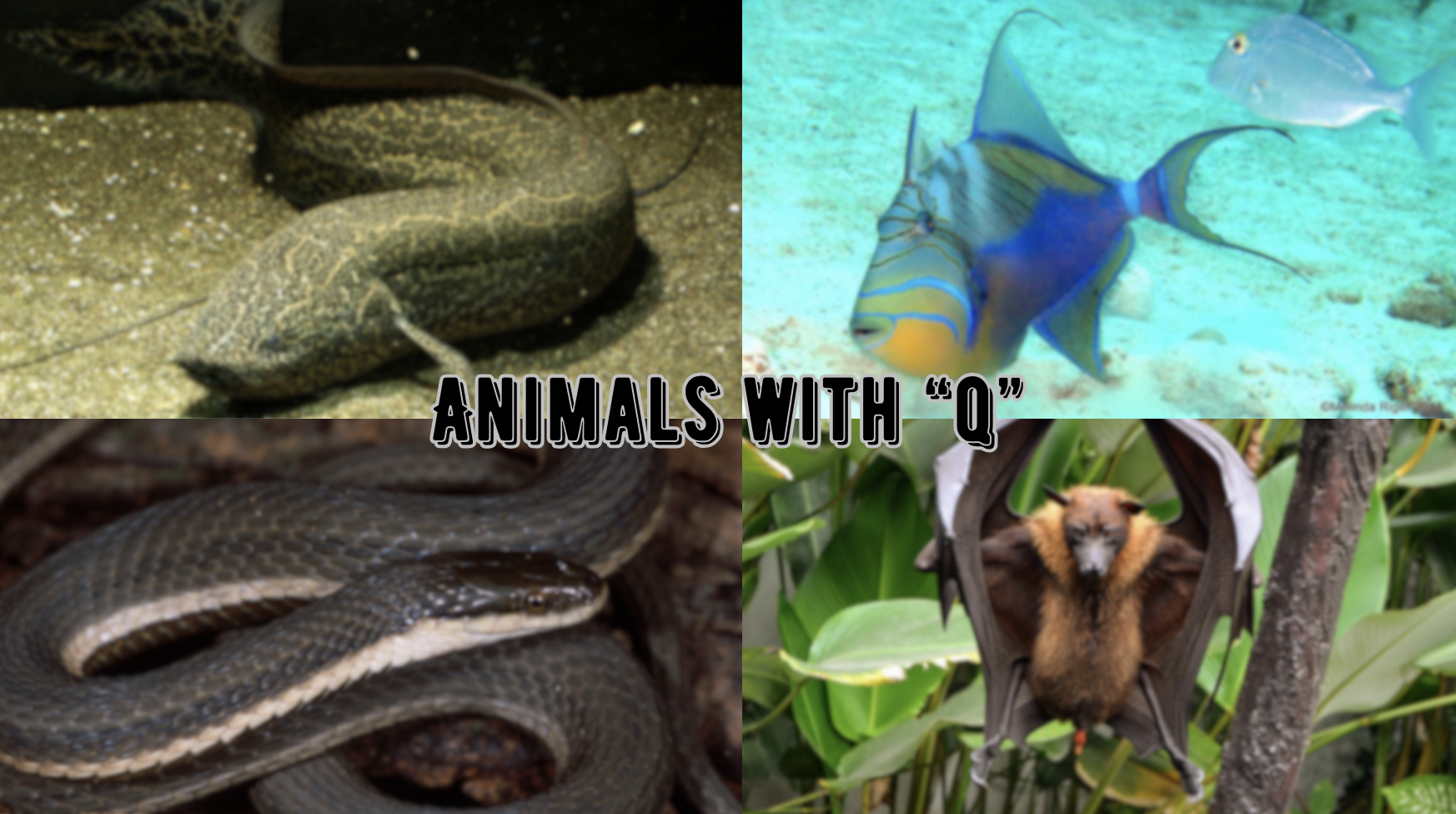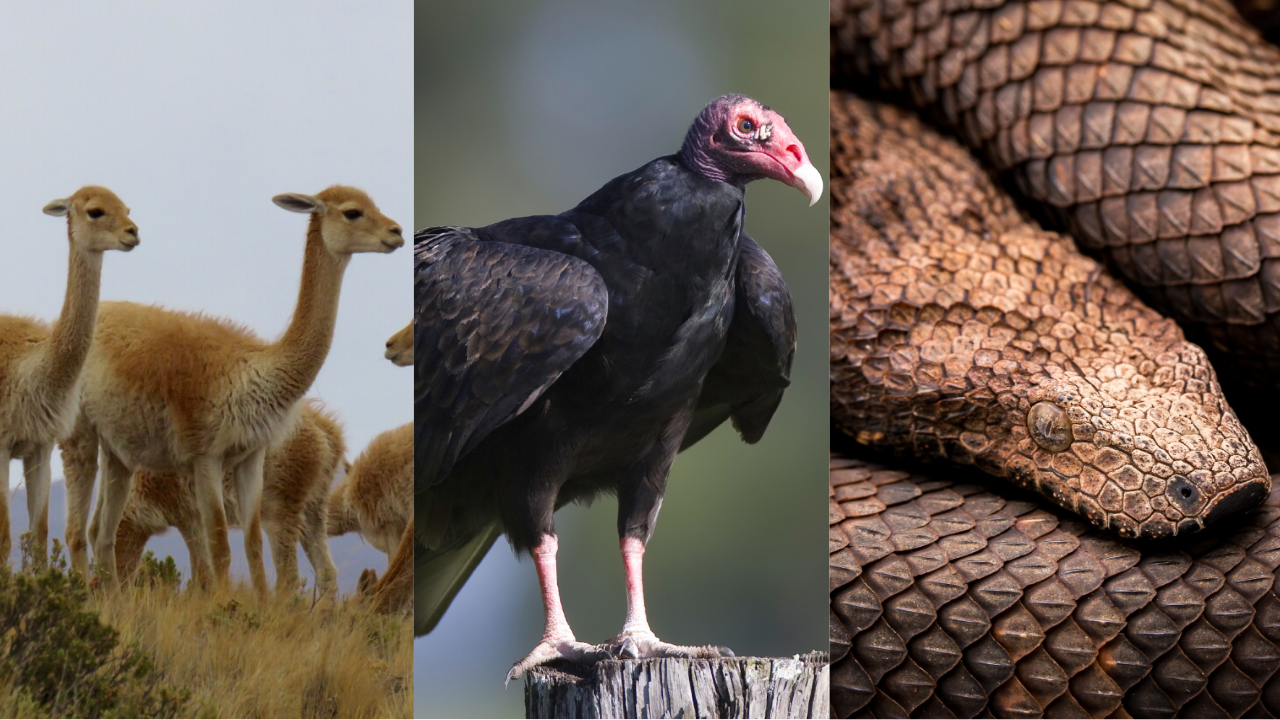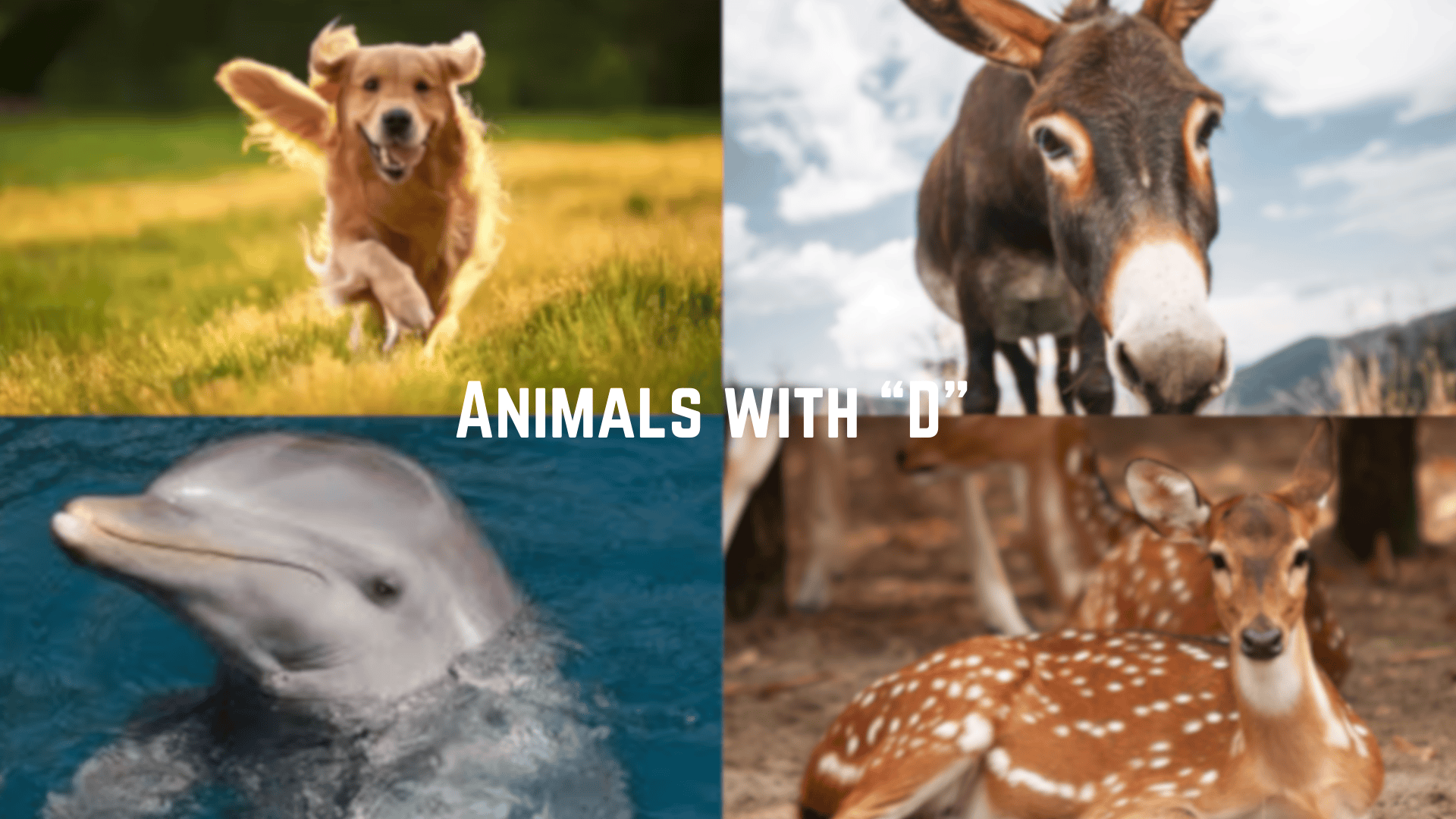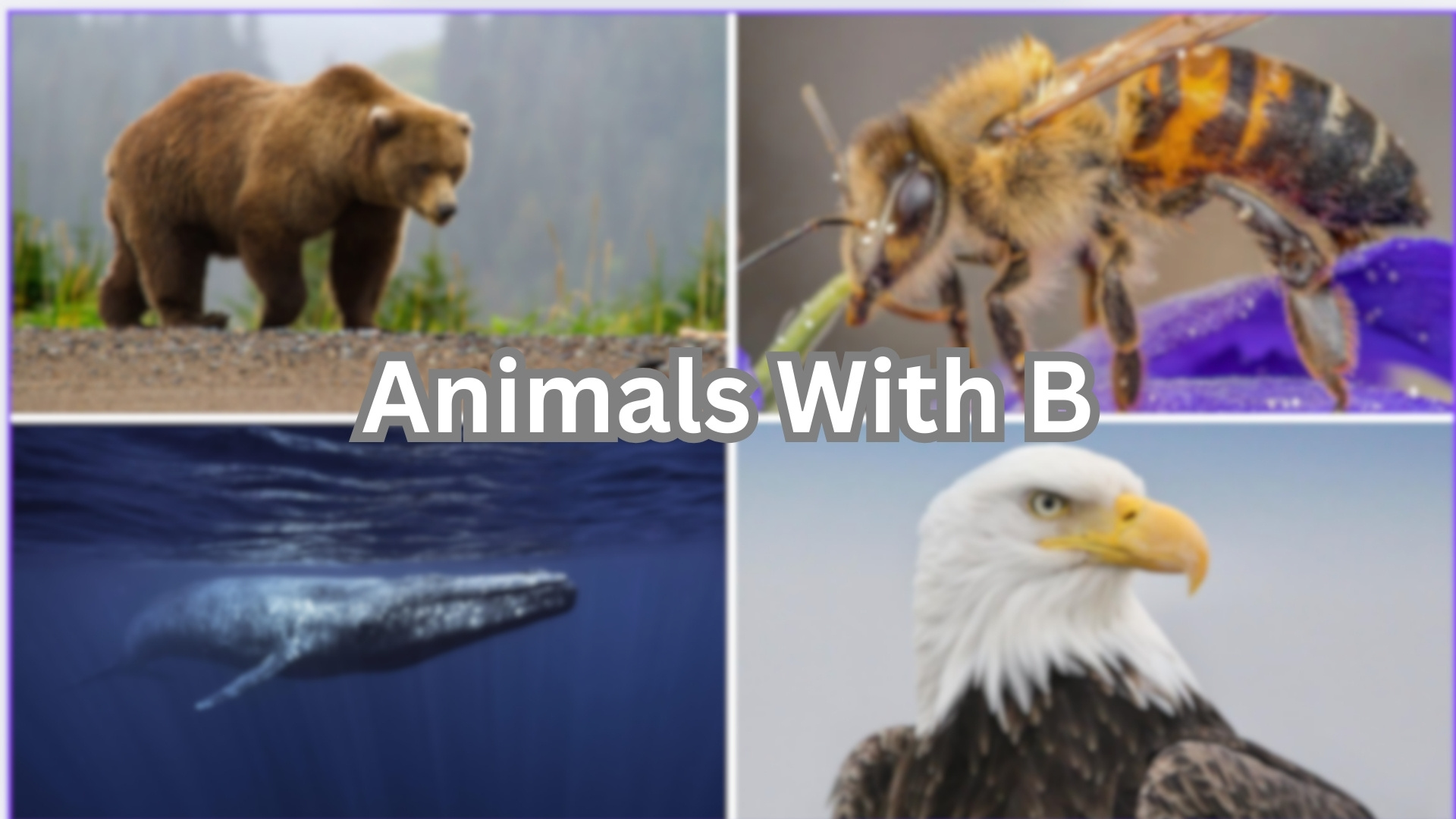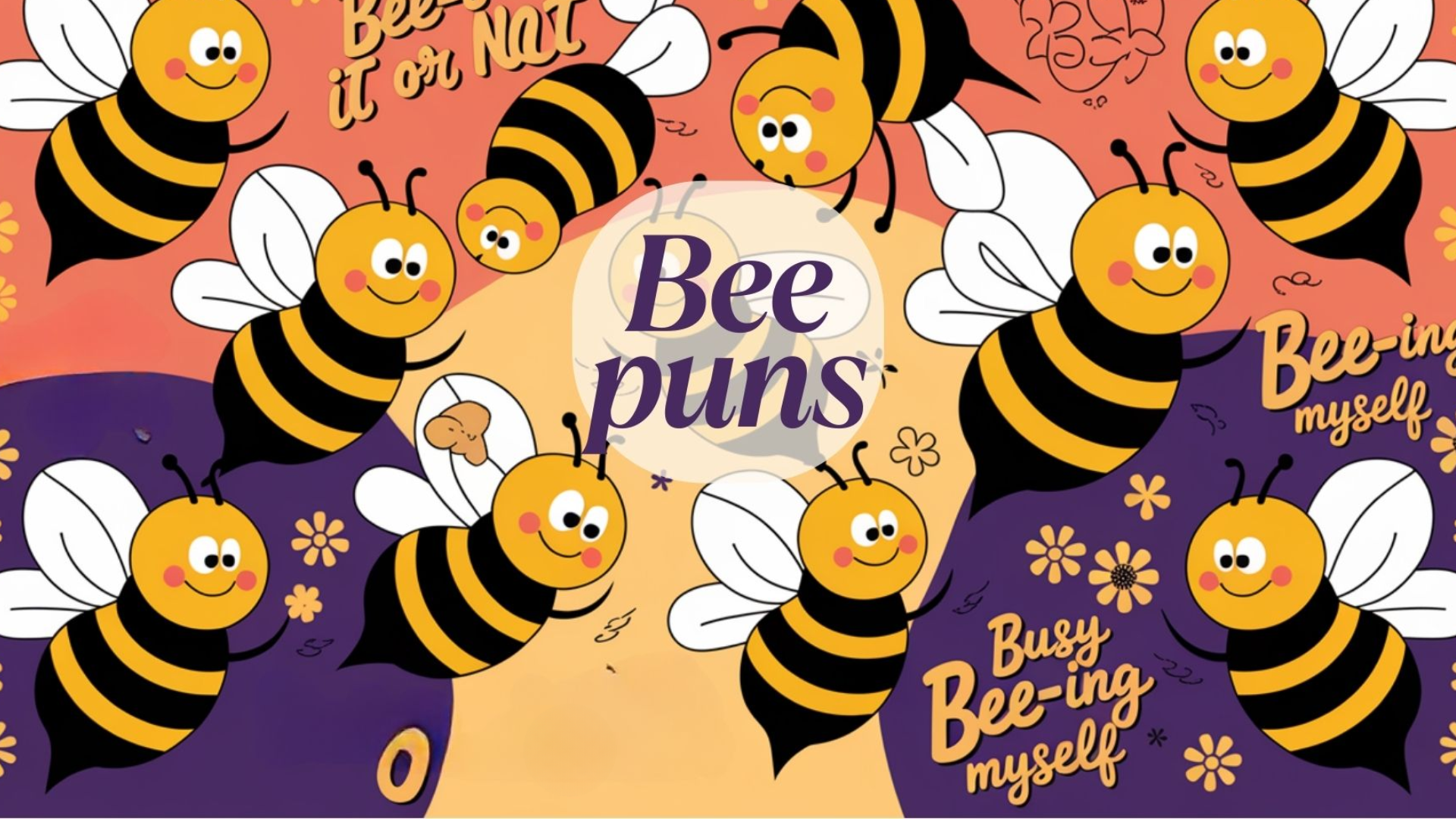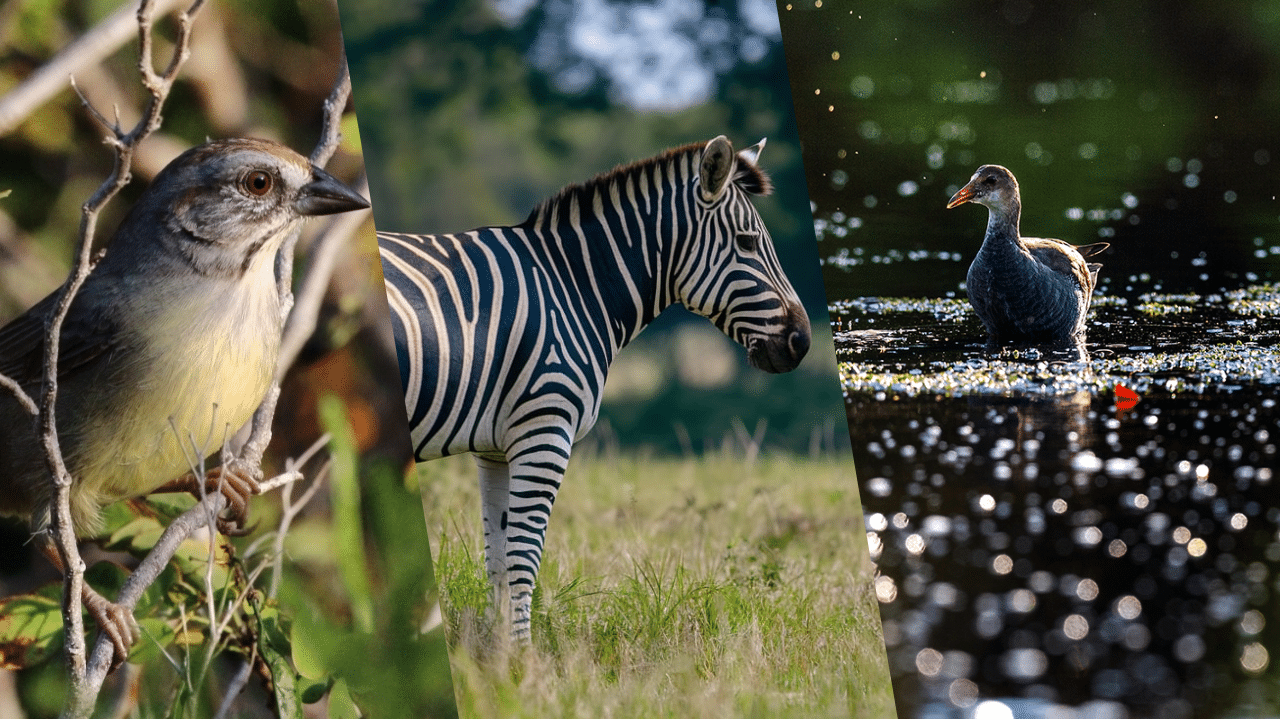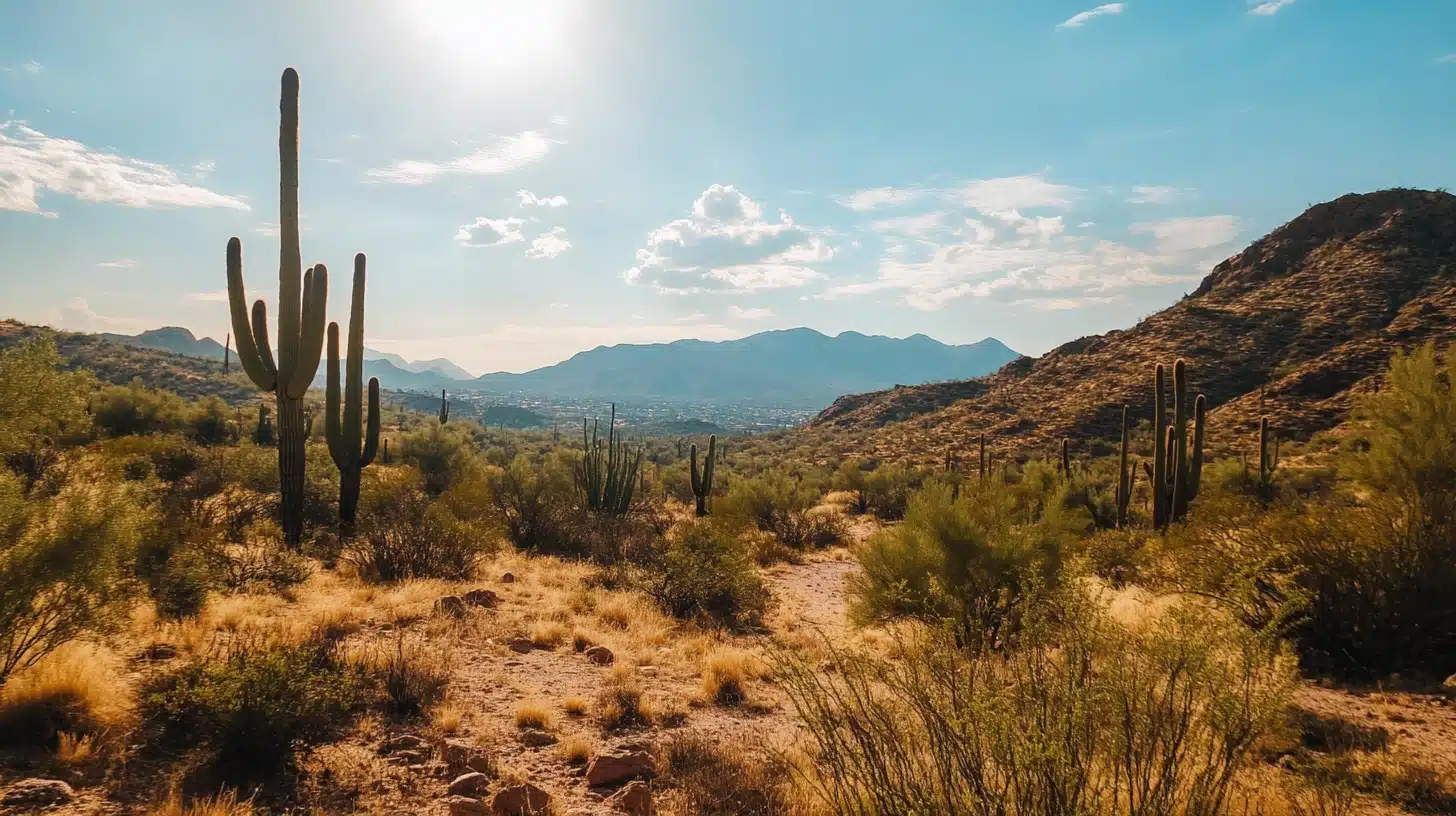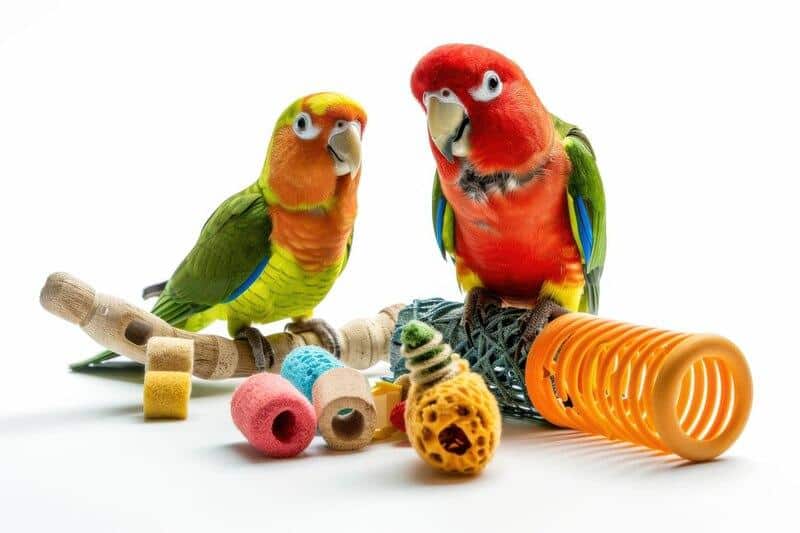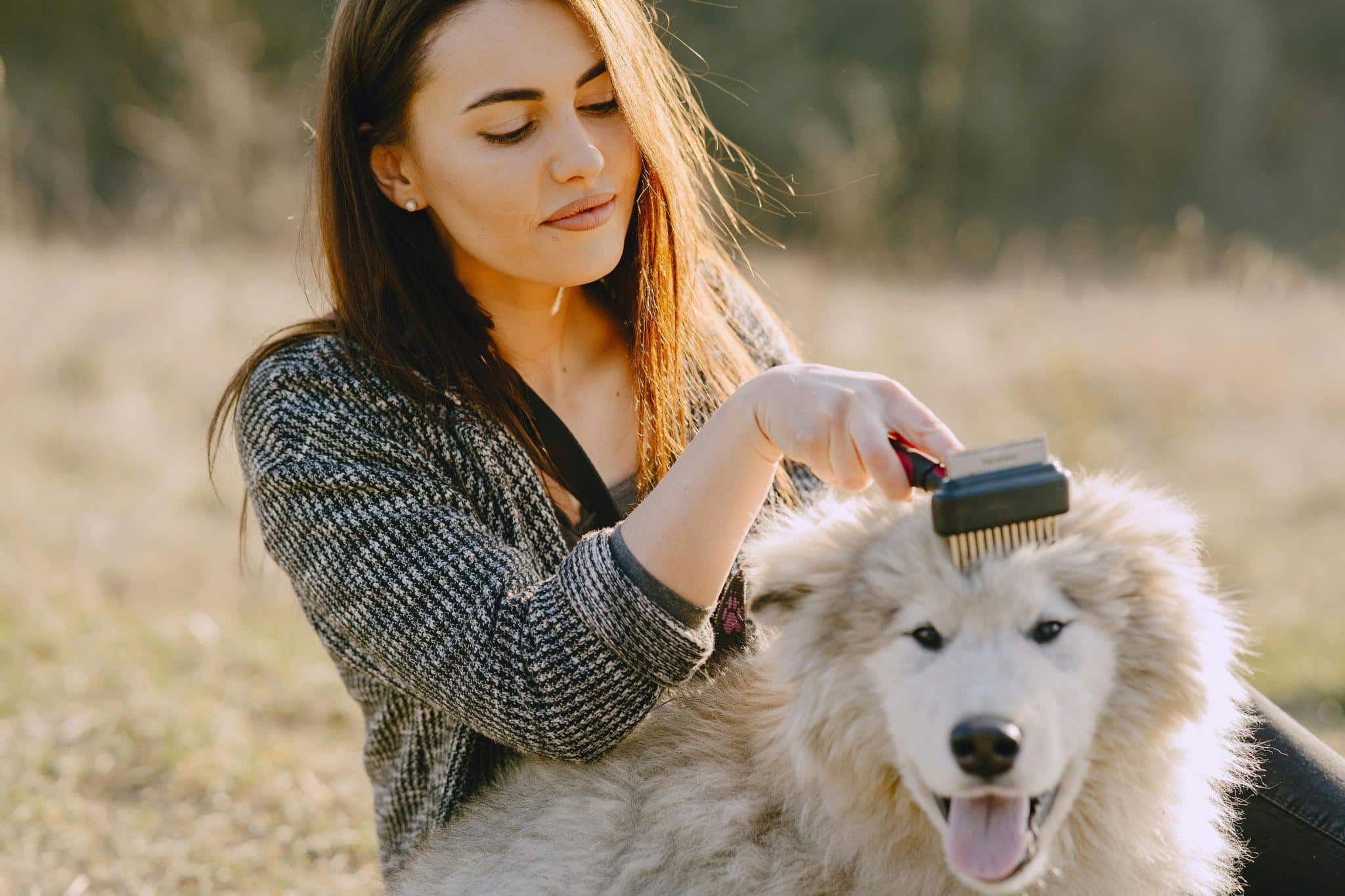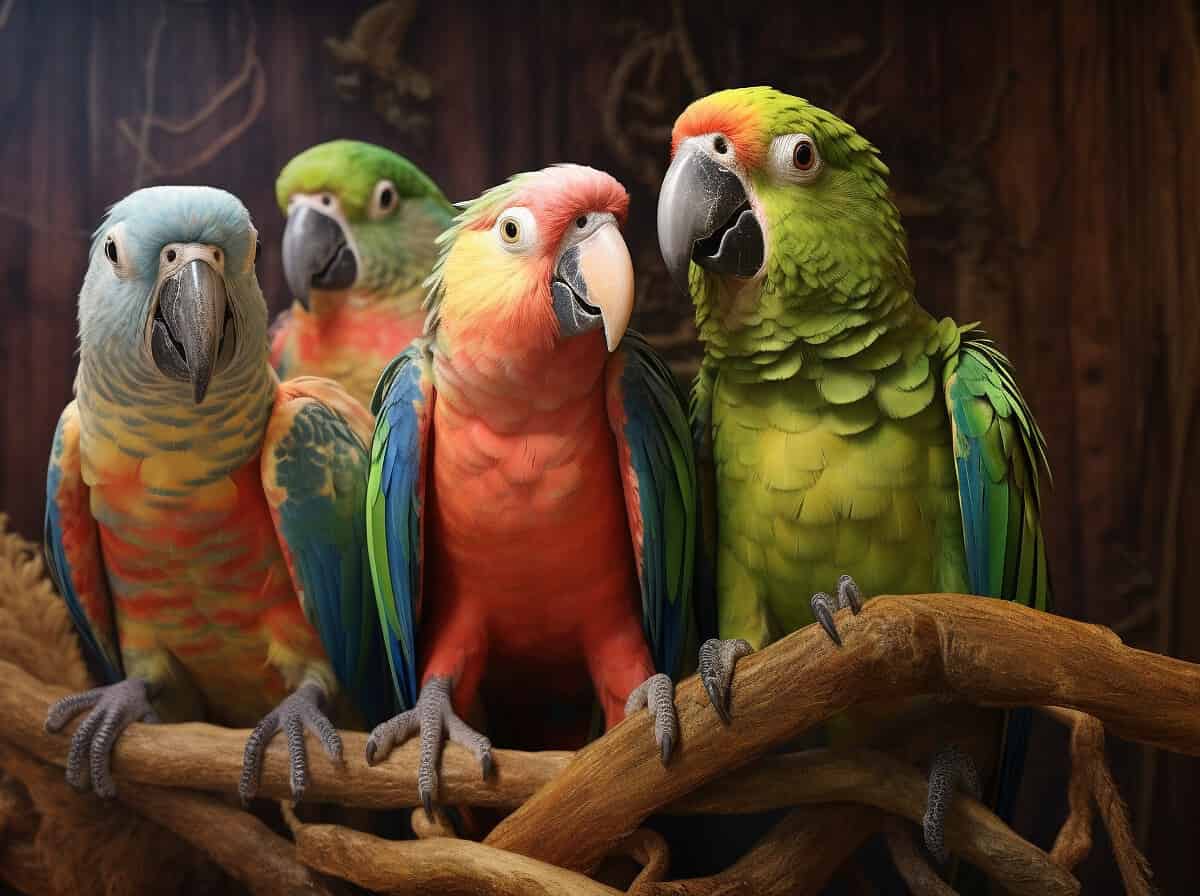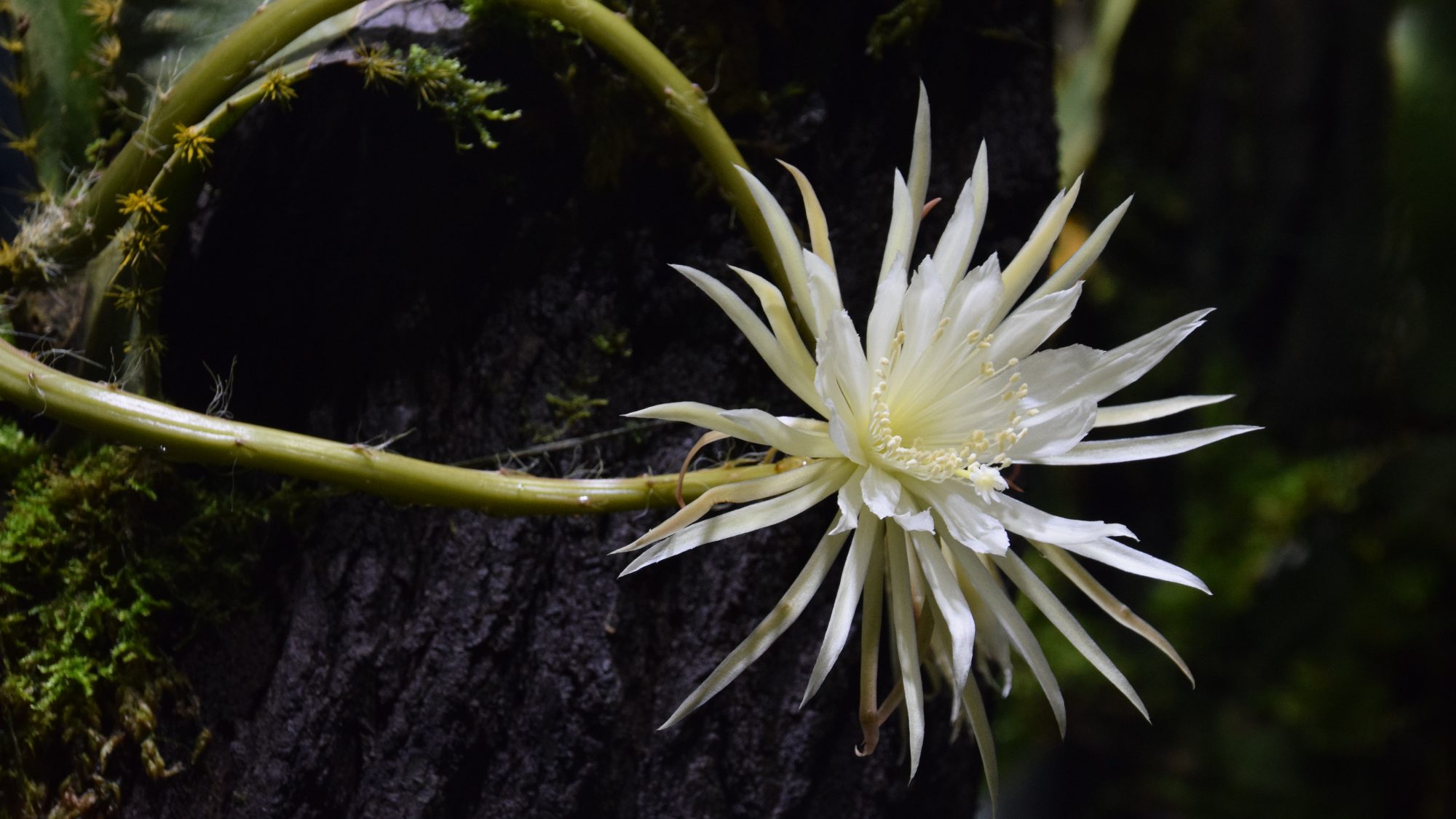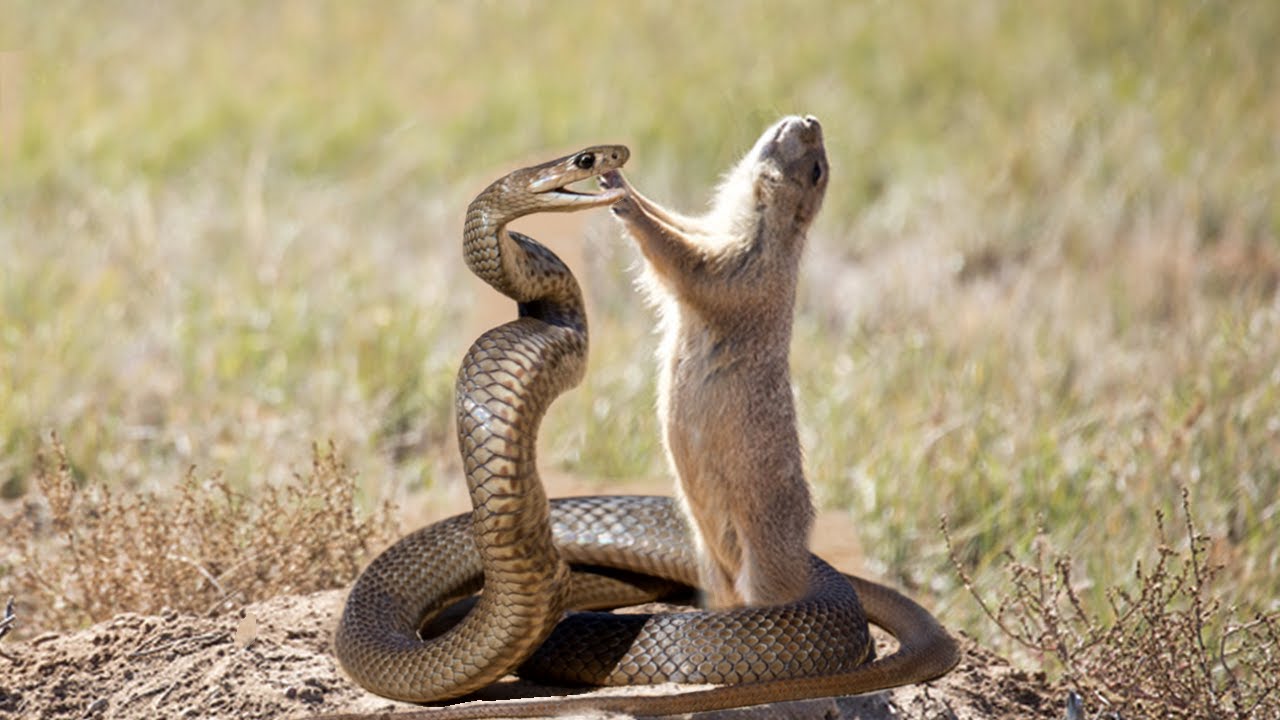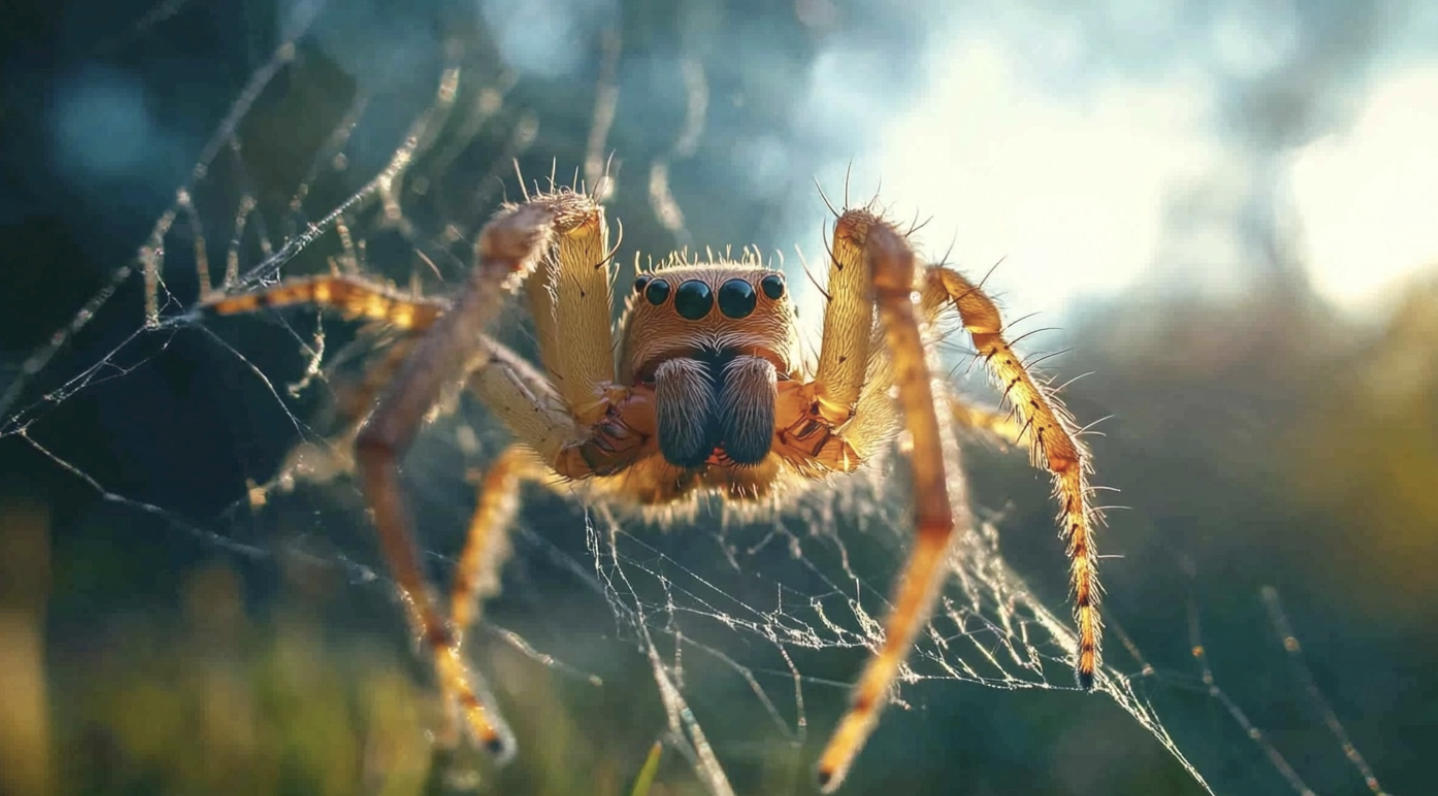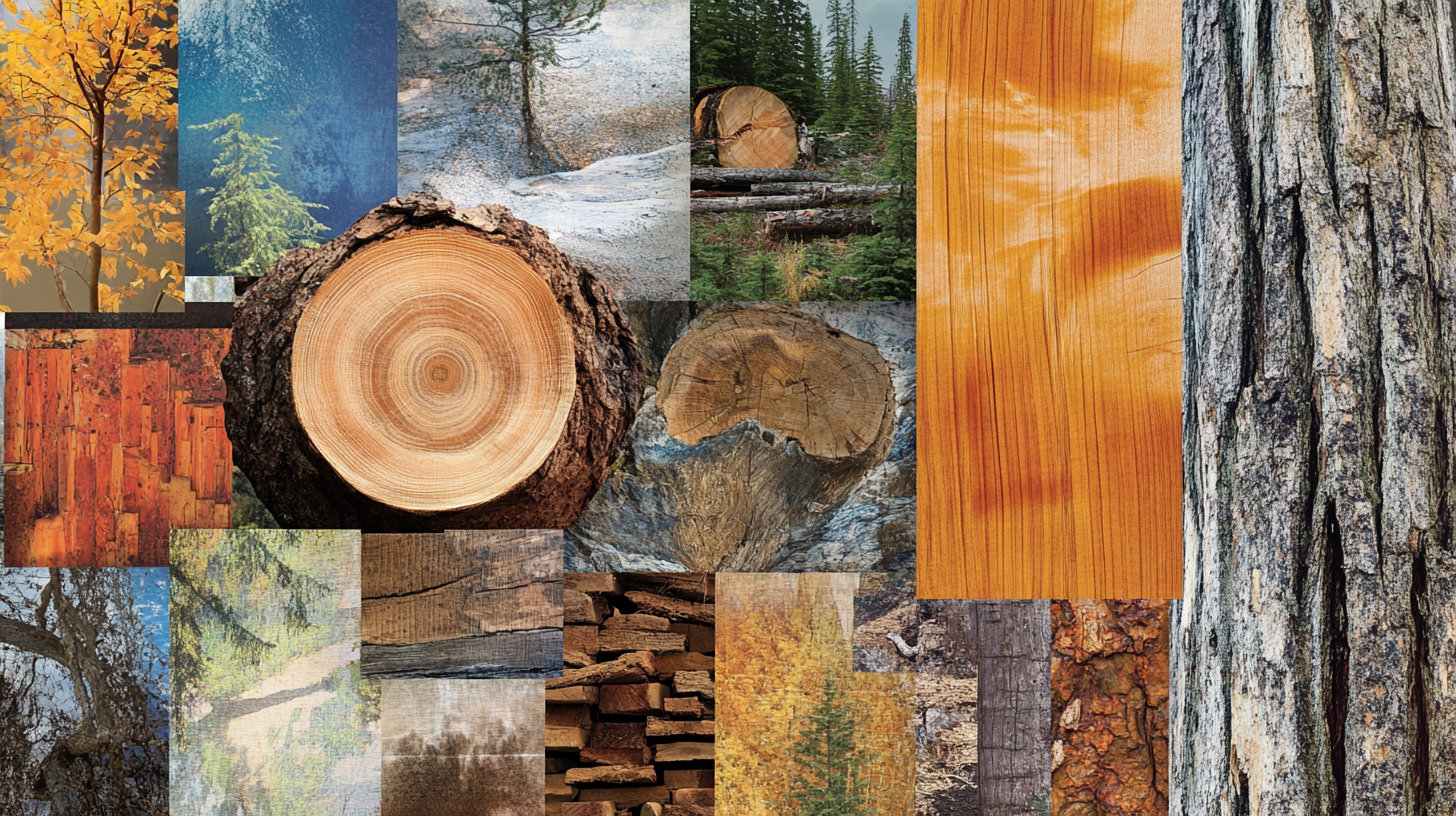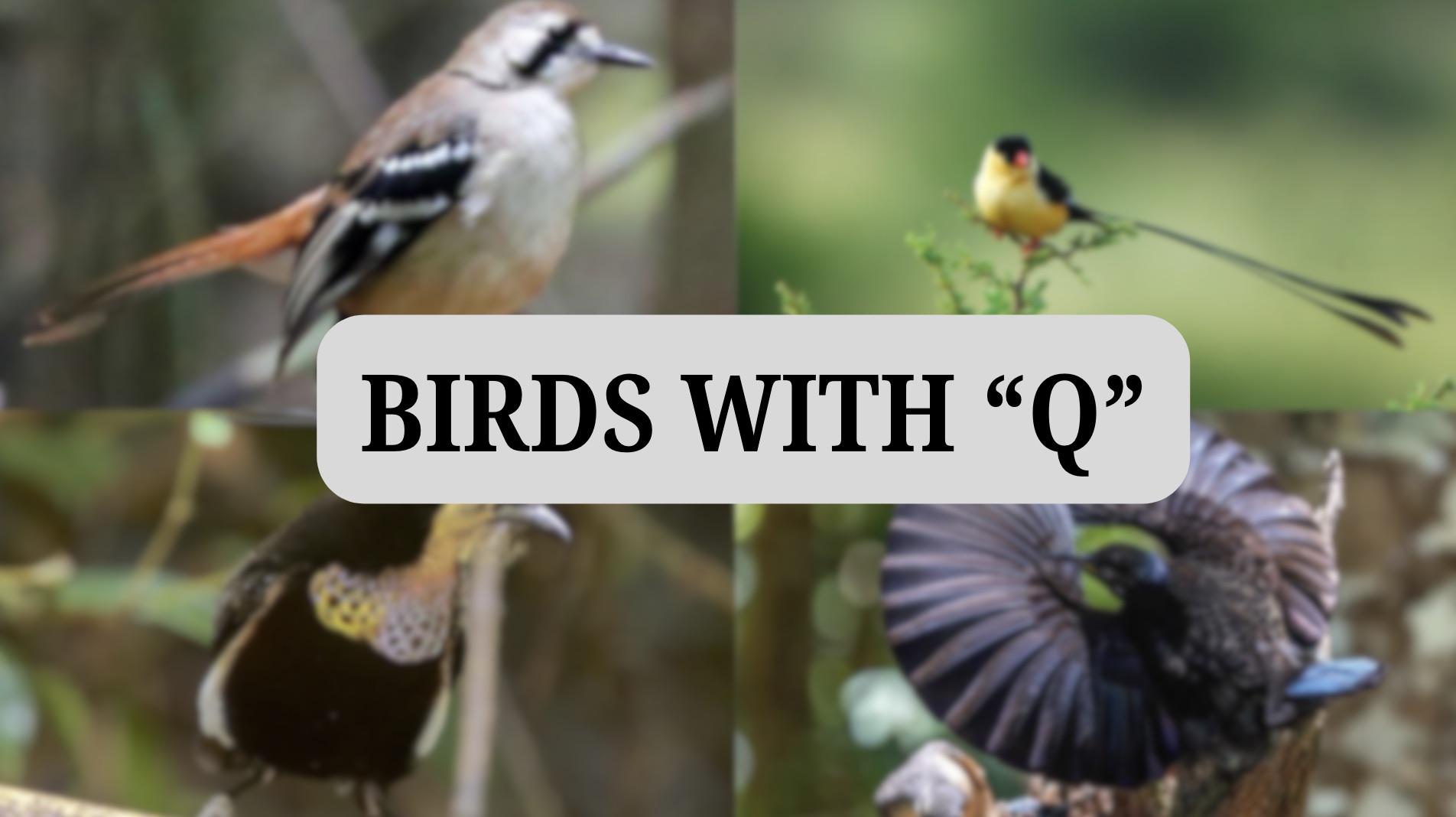
Have you ever wondered what birds have names starting with Q? Birds with Q names are some of the most interesting creatures in the sky and on the ground!
From the small Quail that hides in grasslands to the colorful Quetzal of Central America, these birds have amazing skills.
The Quaker Parrot can even talk like humans! Some Q birds build nests on the ground, while others make homes high in trees.
Each bird has a special way of finding food, from eating seeds to hunting insects to sipping sweet nectar.
Get ready to find amazing birds with names that start with Q and learn cool facts about where they live and what makes them special.
Mysterious Birds with Q: Elusive Species to Watch For
1. Quail
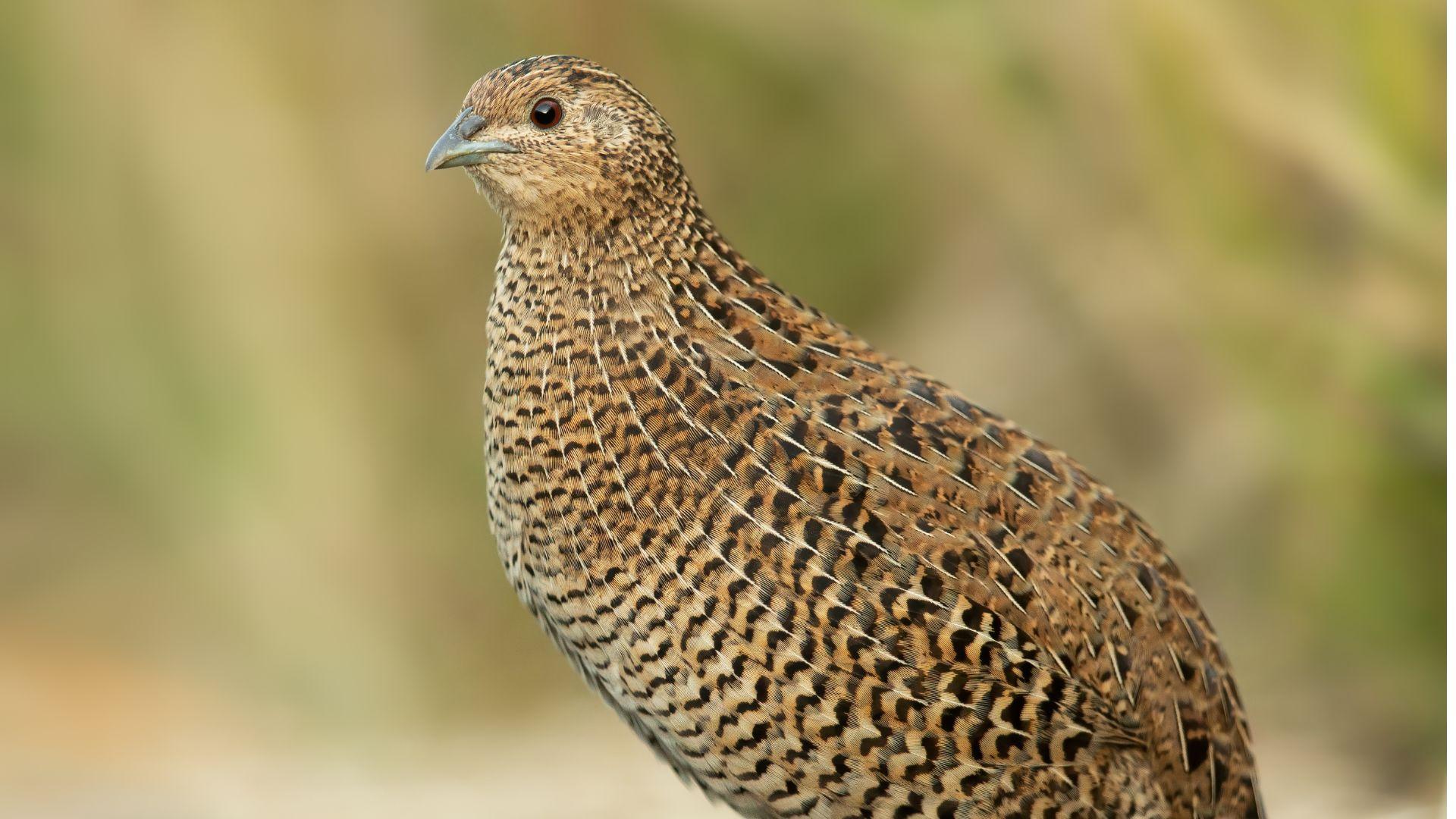
The Quail is a small, ground-dwelling bird known for its distinctive call and round, compact body. It is commonly found in grasslands and woodlands, where it feeds on seeds, insects, and plants. Quails prefer to nest on the ground, hiding in tall grasses for protection.
- Region of Habitat: Found in North America, Europe, and parts of Asia.
- Scientific Name: Coturnix coturnix
- Feeding Habits: Granivorous, feeding primarily on seeds, insects, and plants.
- What Sound They Make: Quails produce soft, sharp whistles and calls, often heard in the early morning.
Fun Facts
Quails are known for their strong, rapid bursts of flight when startled. Despite their flight ability, they prefer to remain on the ground, where they nest and forage.
2. Quail-Dove

The Quail-Dove is a small, forest-dwelling bird native to the Caribbean. It is characterized by its subtle plumage and quiet, stealthy movements as it roams the forest floor in search of food. Due to its secretive nature, the quail-dove is often elusive and difficult to spot.
- Region of Habitat: Found in the Caribbean, particularly in Cuba and Hispaniola.
- Scientific Name: Geotrygon montana
- Feeding Habits: Granivorous, feeding on seeds, fruits, and small invertebrates.
- What Sound They Make: Quail-Doves produce low, soft calls that are often difficult to hear.
Fun Facts
Quail-doves are known for their stealthy nature, which often makes them difficult to spot in dense forests. Unlike many other dove species, they rely on their quiet behavior to avoid predators.
3. Queensland Honeyeater
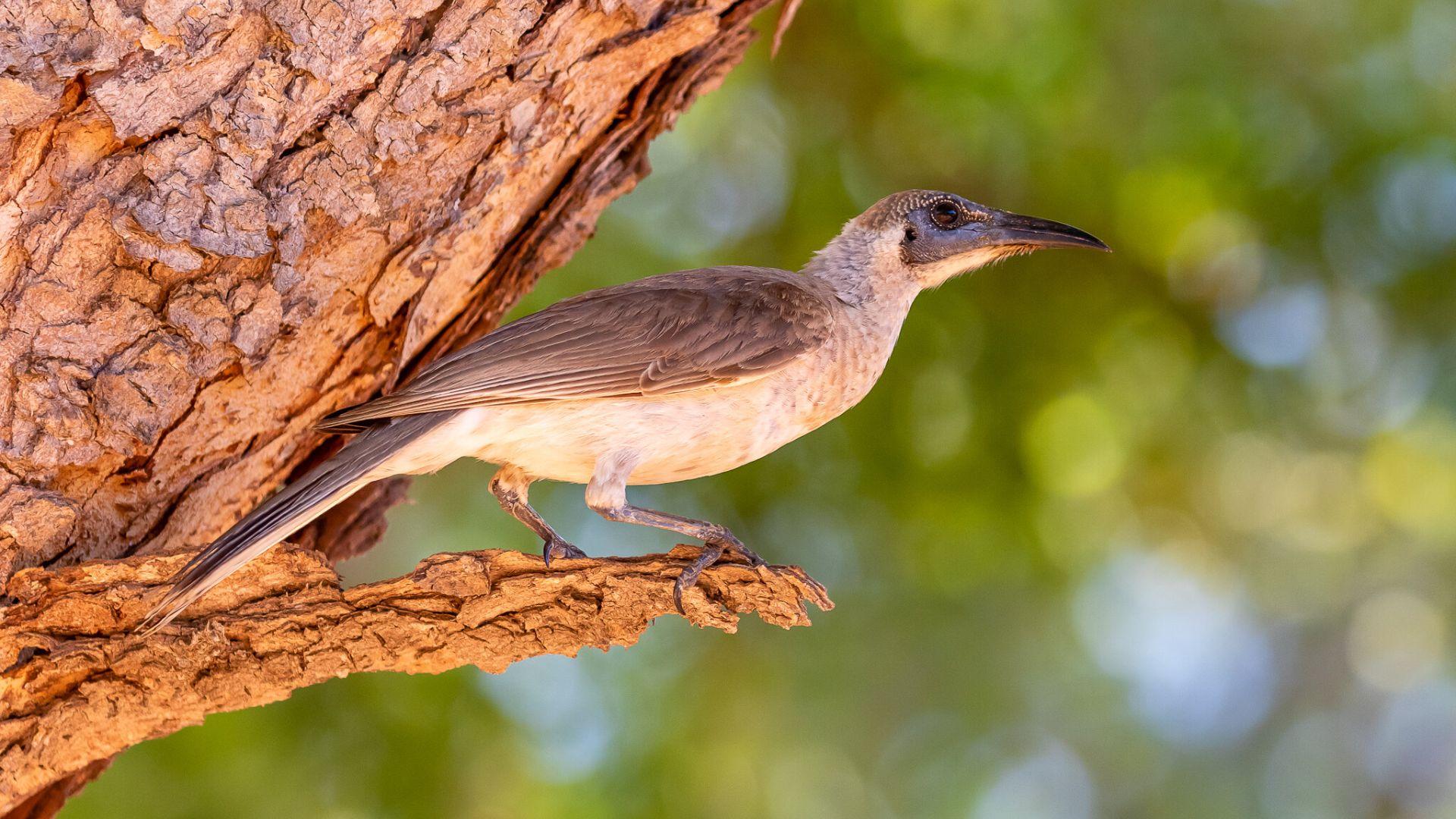
The Queensland Honeyeater is a brightly colored bird found in the forests and woodlands of Queensland, Australia. It feeds primarily on nectar from a wide variety of flowering plants, using its long bill to access the nectar. This bird is essential for pollination in its habitat.
- Region of Habitat: Native to Queensland, Australia.
- Scientific Name: Meliphaga lemprieri
- Feeding Habits: Nectarivorous, feeding on nectar from native flowers.
- What Sound They Make: Queensland Honeyeaters produce a series of melodic, sweet calls.
Fun Facts
Queensland Honeyeaters are known for their energetic flight and vibrant plumage, which helps them blend in with colorful flowers. They play an essential role in pollination.
4. Quetzal
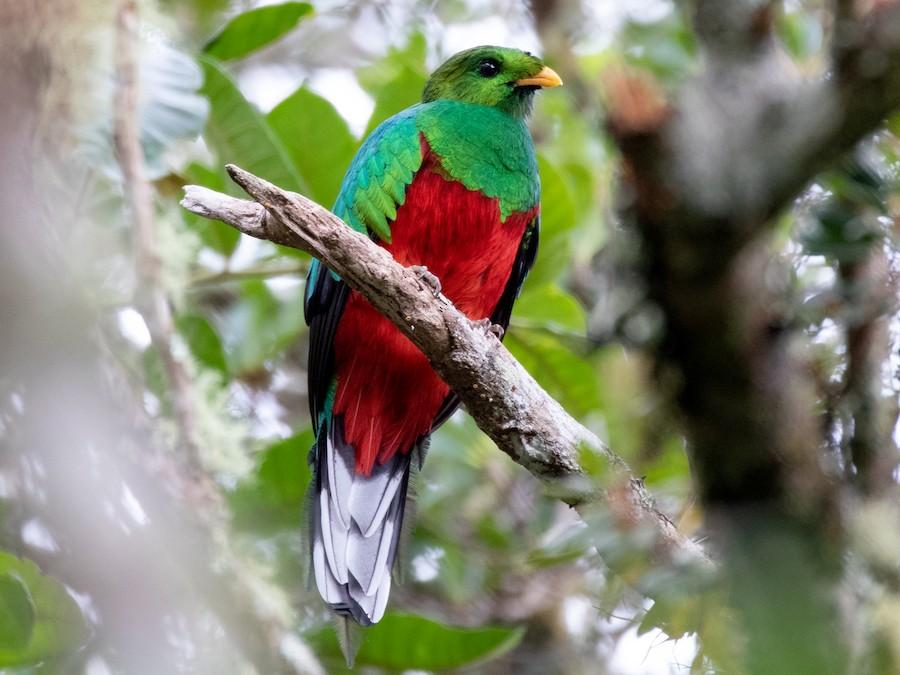
The Quetzal is a stunning, colorful bird native to Central America. Known for its vibrant green and red feathers and long tail, the Quetzal is often found in cloud forests and is considered a symbol of freedom. It plays an important role in Central American mythology.
- Region of Habitat: Central America, particularly in cloud forests.
- Scientific Name: Pharomachrus mocinno
- Feeding Habits: Frugivorous, feeding mainly on fruits, particularly wild avocados.
- What Sound They Make: Quetzals produce soft, melodic whistles and calls.
Fun Facts
The Quetzal is revered in many cultures, especially by the ancient Mayans. It is also known for its striking tail feathers, which can grow up to three feet long.
5. Quail Finch
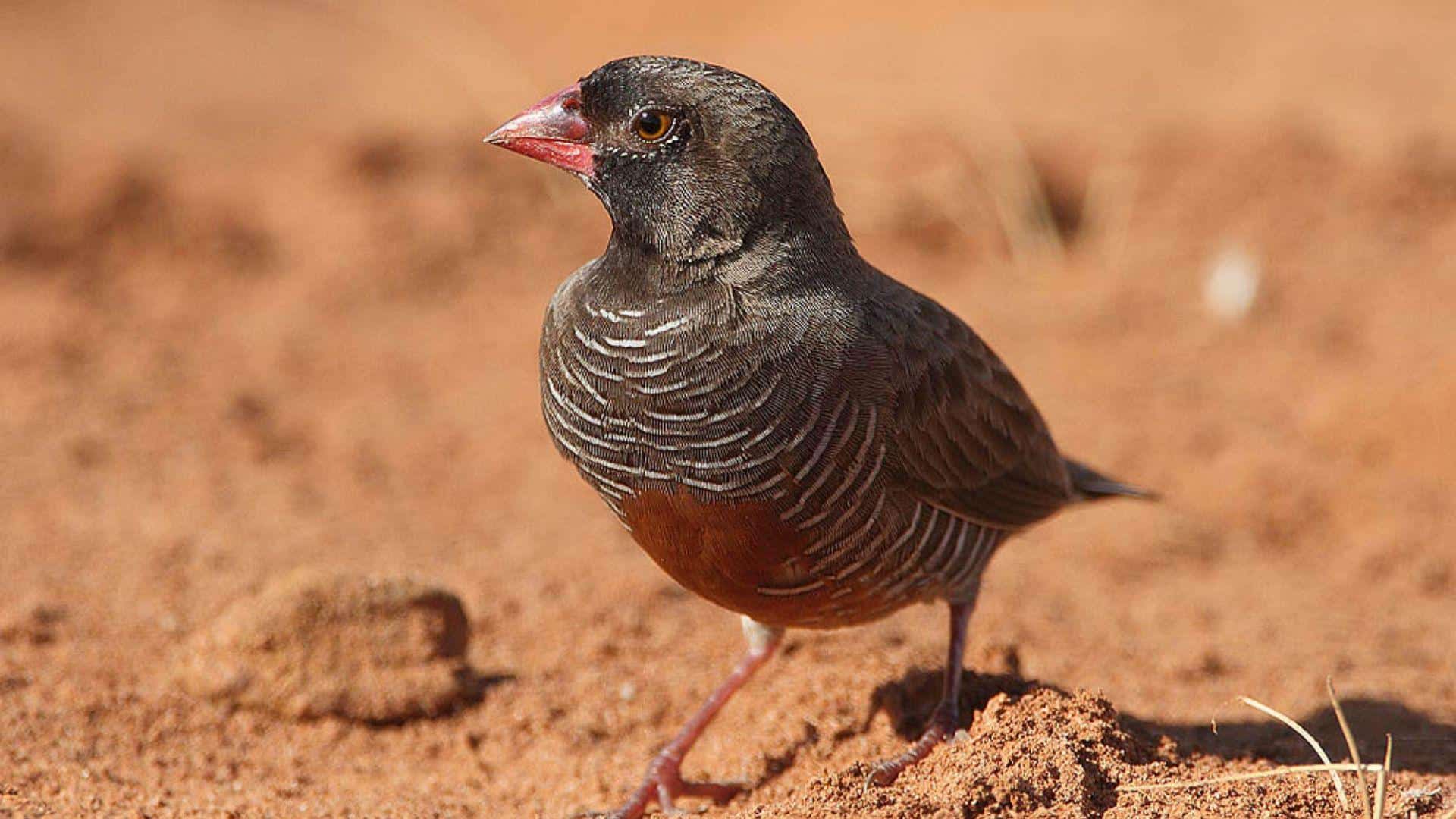
The Quail Finch is a small, colorful bird found in dry regions of Australia. It is known for its distinctive yellow and red plumage and is often seen in flocks, feeding on seeds and grasses. The Quail Finch is particularly active in the early mornings and late afternoons.
- Region of Habitat: Found in dry, open woodlands and grasslands across Australia.
- Scientific Name: Coturnix pectoralis
- Feeding Habits: Granivorous, feeding on seeds and grasses.
- What Sound They Make: Quail Finches make soft, melodic chirps and whistles.
Fun Facts
Quail Finches are known for their social nature and are often seen in groups. They have a unique nesting behavior, building their nests close to the ground for protection.
6. Quaker Parrot
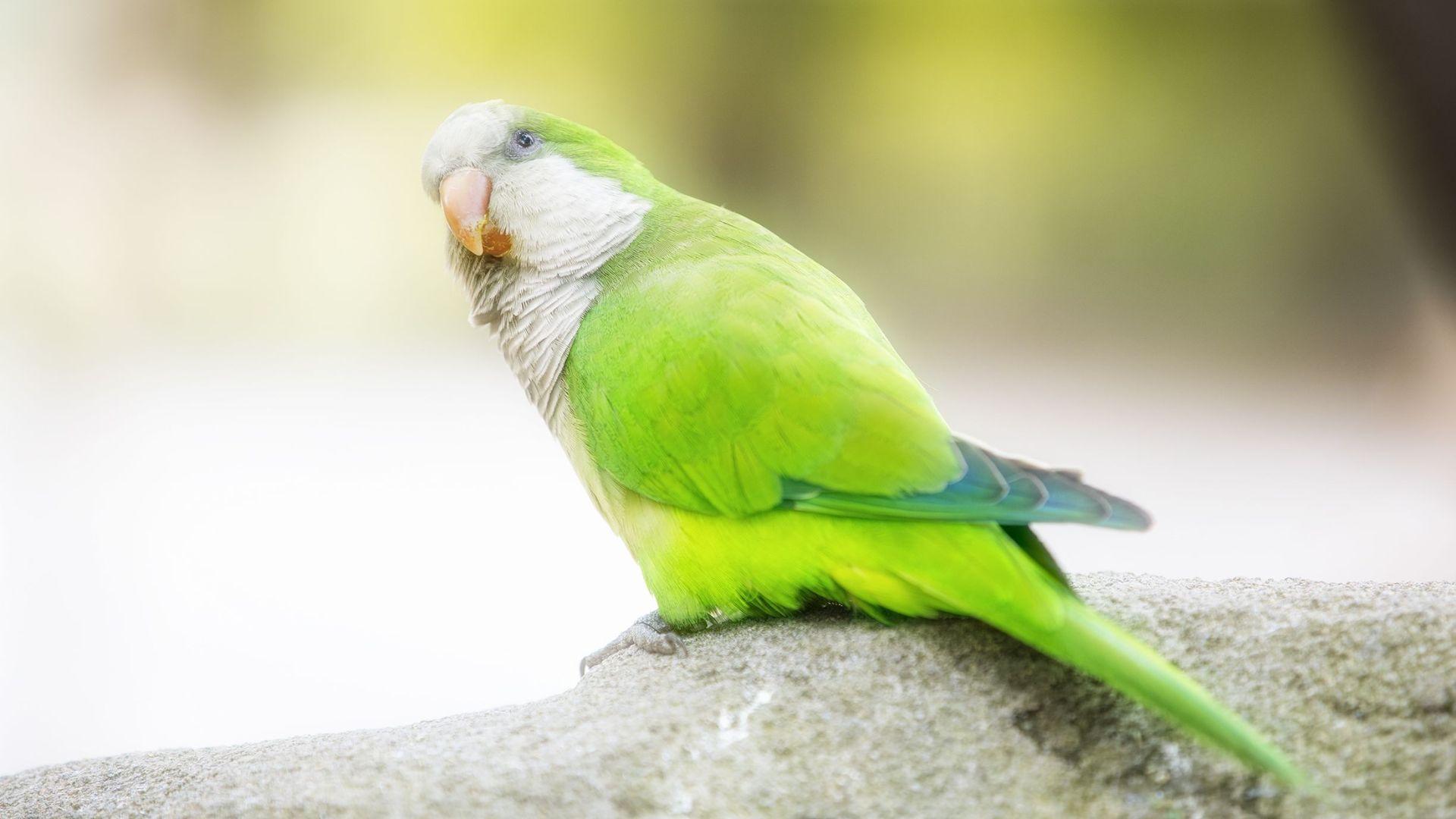
The Quaker Parrot, also known as the Monk Parakeet, is a small, green parrot native to South America. It is famous for its playful personality and its ability to mimic human speech. Quaker Parrots are social birds and thrive in groups.
- Region of Habitat: Native to South America, particularly Argentina.
- Scientific Name: Myiopsitta monachus
- Feeding Habits: Omnivorous, feeding on seeds, fruits, and nuts.
- What Sound They Make: Quaker Parrots make loud, squawking calls, often accompanied by chirping.
Fun Facts
Quaker Parrots are known for their social nature and ability to form strong bonds with their human caretakers. Due to their intelligence and talking ability, they are often kept as pets.
7. Quebracho Crested Tinamou
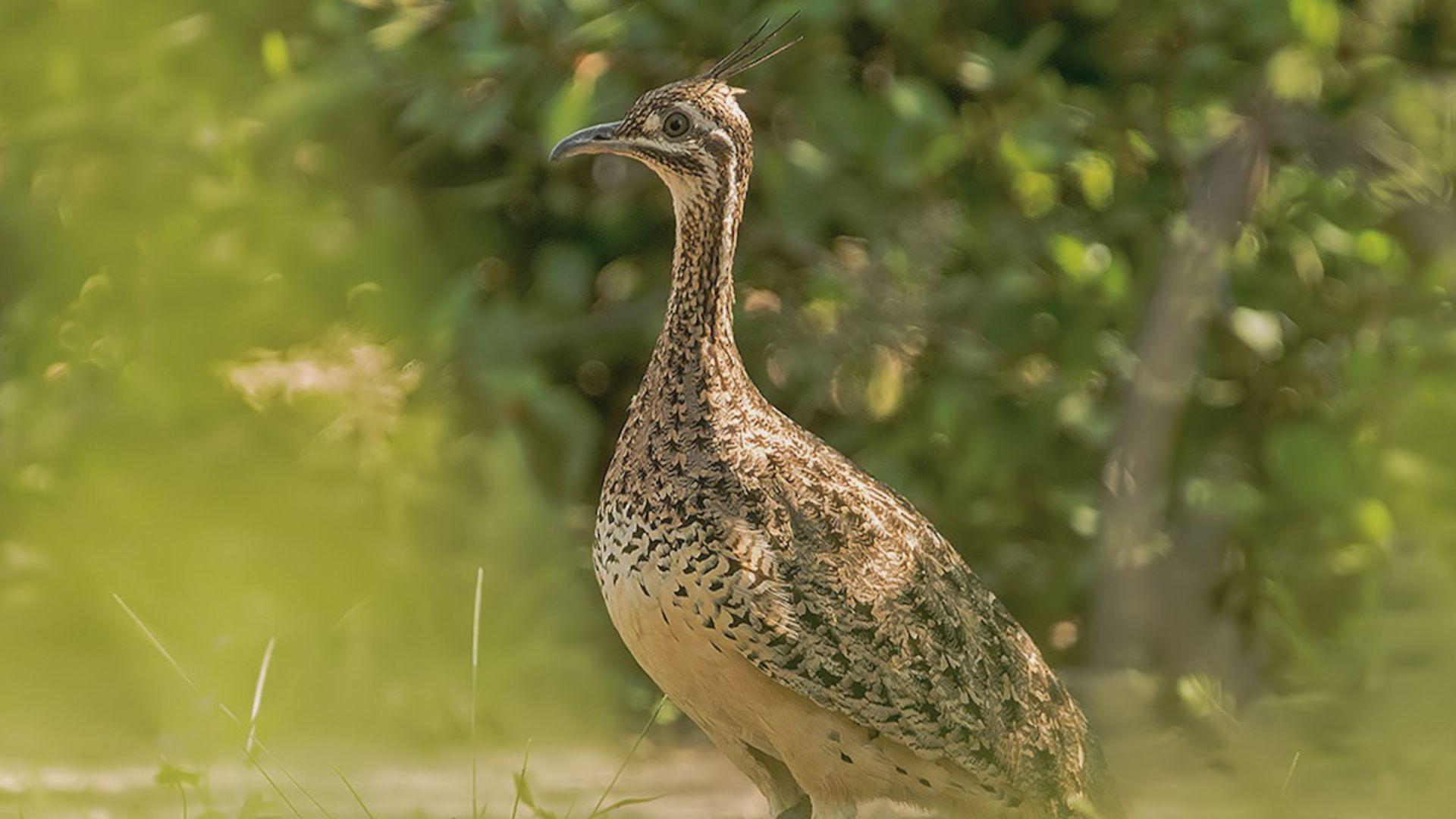
The Quebracho Crested Tinamou is a medium-sized bird native to the southern parts of South America. Known for its cryptic plumage, it is often found in grassy habitats, where it forages for seeds and insects.
- Region of Habitat: Native to southern South America, particularly in Argentina.
- Scientific Name: Eudromia elegans
- Feeding Habits: Omnivorous, feeding on seeds, fruits, and small insects.
- What Sound They Make: Quebracho Crested Tinamous make low, guttural calls to communicate with their mates.
Fun Facts
Quebracho Crested Tinamous are known for their stealthy behavior. They often hide in the grass to avoid predators, and their cryptic coloration allows them to blend seamlessly into their surroundings.
8. Quail Thrush
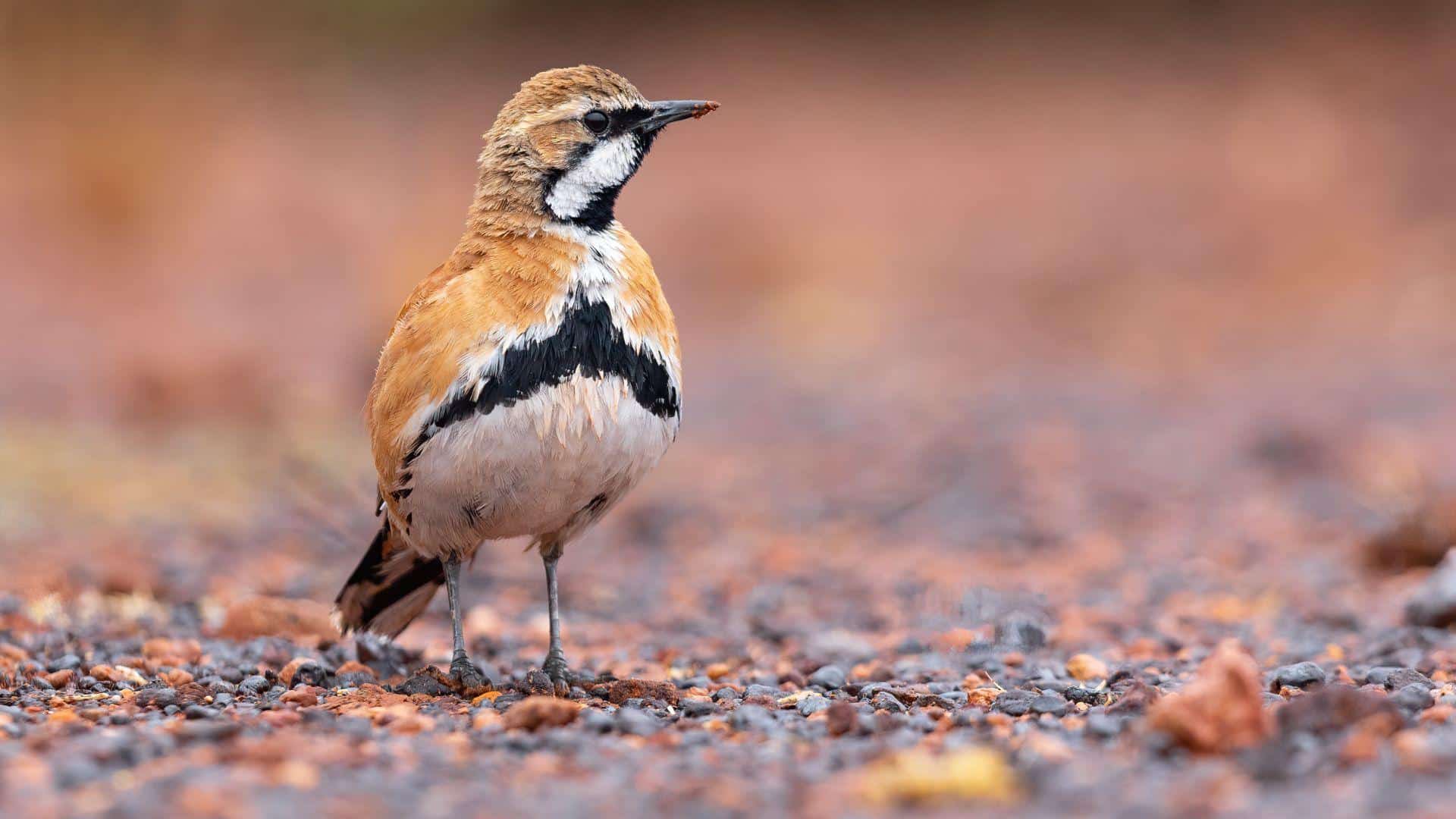
The Quail Thrush is a small, ground-dwelling bird found in the arid regions of Australia. It is recognized for its unique vocalizations and is often seen in grassy areas, where it feeds on seeds and insects.
- Region of Habitat: Found in the arid regions of Australia, especially in semi-desert areas.
- Scientific Name: Cinclosoma punctatum
- Feeding Habits: Insectivorous, feeding on insects, seeds, and small plants.
- What Sound They Make: Quail Thrushes make a series of sharp, melodious calls.
Fun Facts
Quail Thrushes are known for their strong territorial nature. They often sing to defend their habitat and are rarely seen outside their home range.
9. Queensland Buttonquail
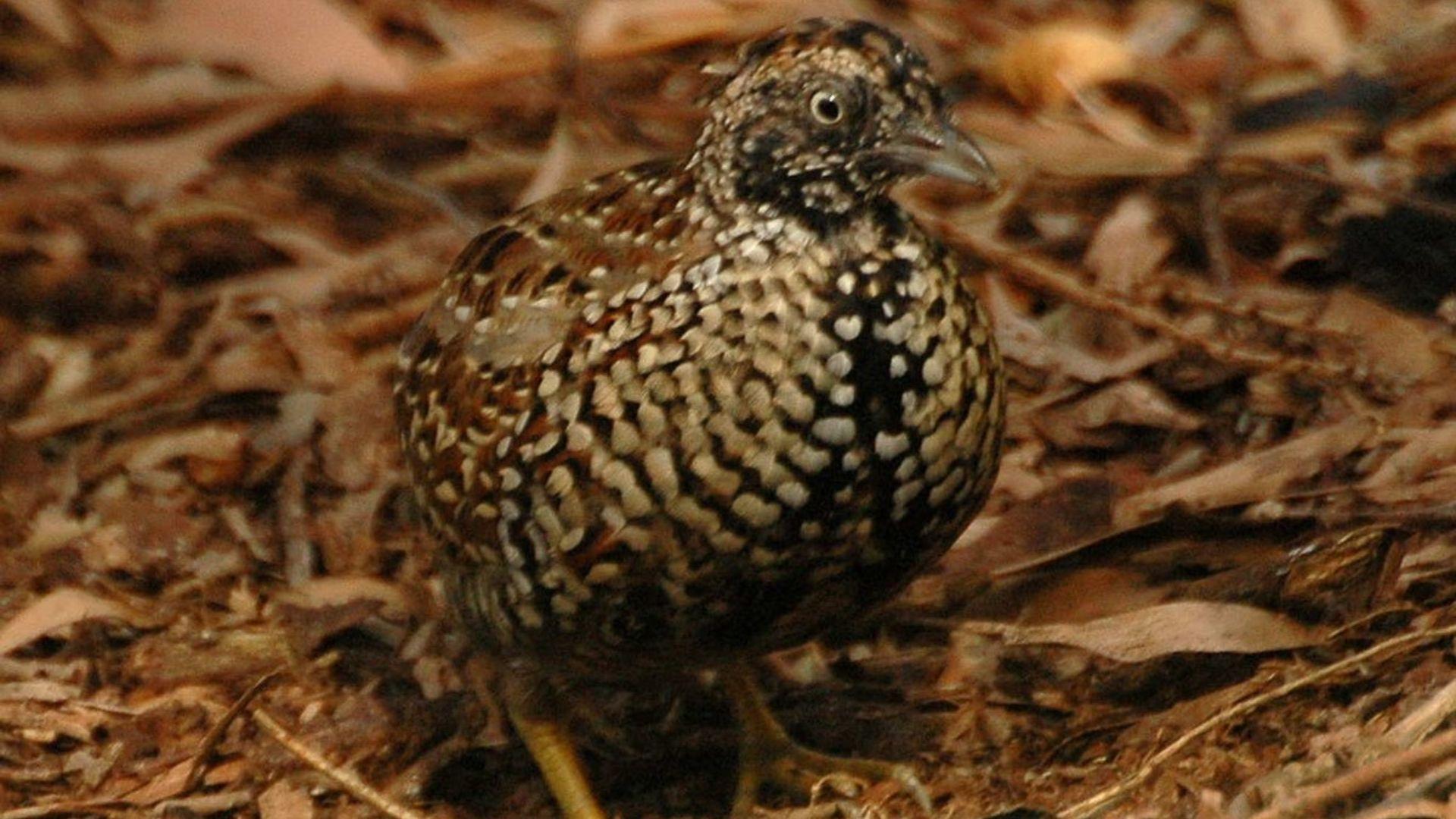
The Queensland Buttonquail is a small, elusive bird found in the northern parts of Australia. Known for its cryptic plumage and small size, it prefers to remain on the ground and feeds on insects and seeds.
- Region of Habitat: Northern Australia, found in savannahs and grasslands.
- Scientific Name: Turnix queenslandica
- Feeding Habits: Omnivorous, feeding on seeds, insects, and small invertebrates.
- What Sound They Make: Queensland Buttonquails make soft, whistling calls, often heard in the early morning.
Fun Facts
The Queensland Buttonquail is a highly secretive bird, often heard more than seen. It is known for its fast-running ability, which it uses to escape predators.
10. Quail-plover
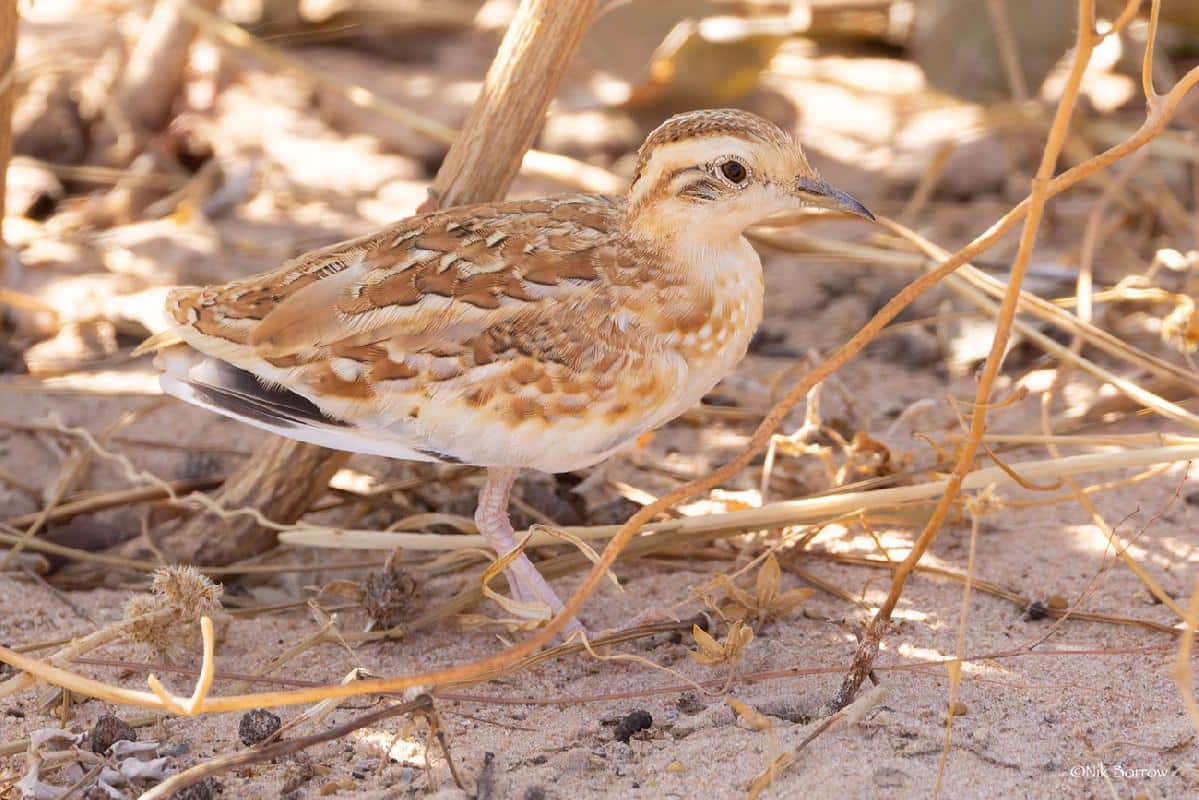
The Quail-plover is a small, unique bird found in the arid regions of West Africa. It combines characteristics of plovers and quails, with a short, stout body and excellent camouflage.
- Region of Habitat: Found in the Sahel areas of West Africa.
- Scientific Name: Ortyxelos meiffreni
- Feeding Habits: Omnivorous, feeding on seeds, insects, and small invertebrates.
- What Sound They Make: Quail-plovers produce soft, chattering calls, often heard during mating season.
Fun Facts
The Quail-plover is a secretive bird, known for its ability to remain perfectly still when threatened. Its coloration helps it blend into its desert surroundings, making it difficult to spot in the wild.
11. Queen Victoria’s Riflebird
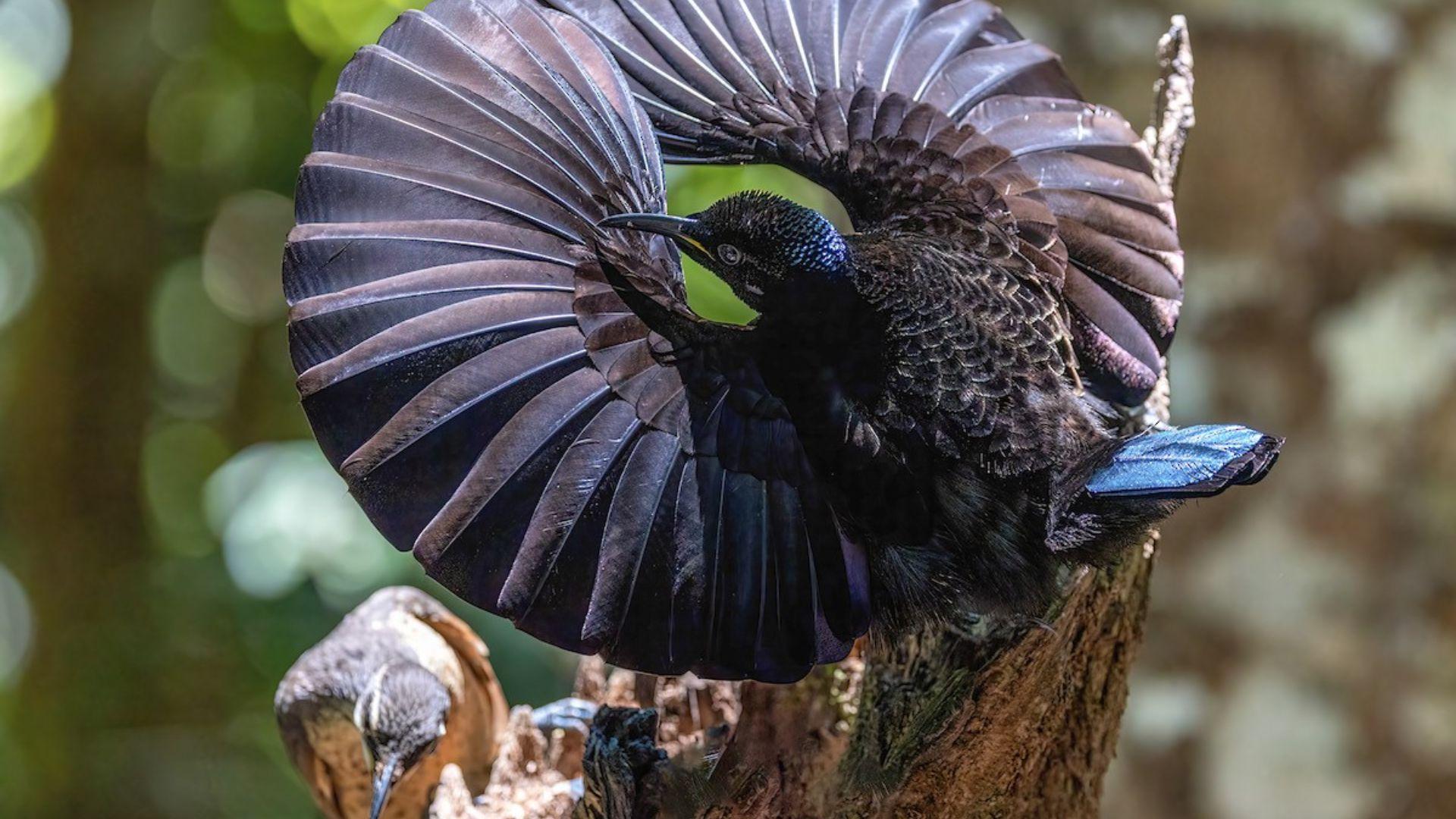
The Queen Victoria’s Riflebird is a striking bird native to the rainforests of Papua New Guinea. Known for its vibrant green and iridescent black feathers, this bird’s elaborate courtship displays are a sight to behold.
- Region of Habitat: Papua New Guinea
- Scientific Name: Ptiloris victoriae
- Feeding Habits: Primarily frugivorous, feeding on fruits and berries.
- What Sound They Make: Emits a series of low whistles and chattering calls during courtship.
Fun Fact
Queen Victoria’s Riflebird is one of the few birds in the animal kingdom where the male’s courtship display is as much about movement as it is about color, creating a spectacular visual performance.
12. Queen Carola’s Parotia
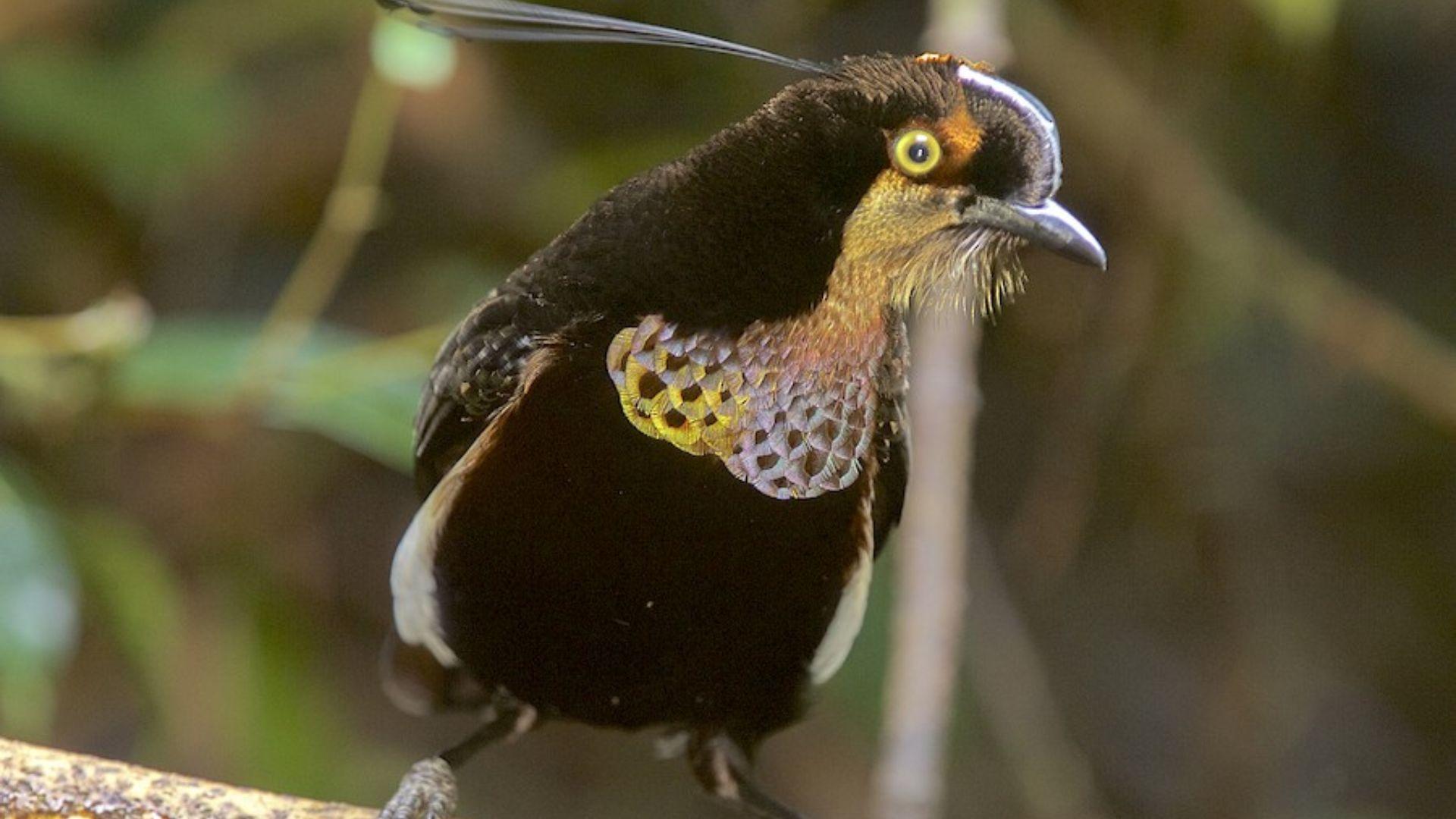
Queen Carola’s Parotia is a bird-of-paradise species found in the montane forests of Papua New Guinea.
The male has an extraordinary display, using his feathered “capes” to create a mesmerizing visual while performing courtship dances.
- Region of Habitat: Papua New Guinea
- Scientific Name: Parotia carolae
- Feeding Habits: Omnivorous, including fruits, seeds, and insects.
- What Sound They Make: Gentle whistling and clicking sounds during displays.
Fun Fact
The elaborate dance and display of Queen Carola’s Parotia involve intricate movements. The male arranges his feathers to form a striking fan-like shape that captures the attention of potential mates.
13. Quail-like Buttonquail
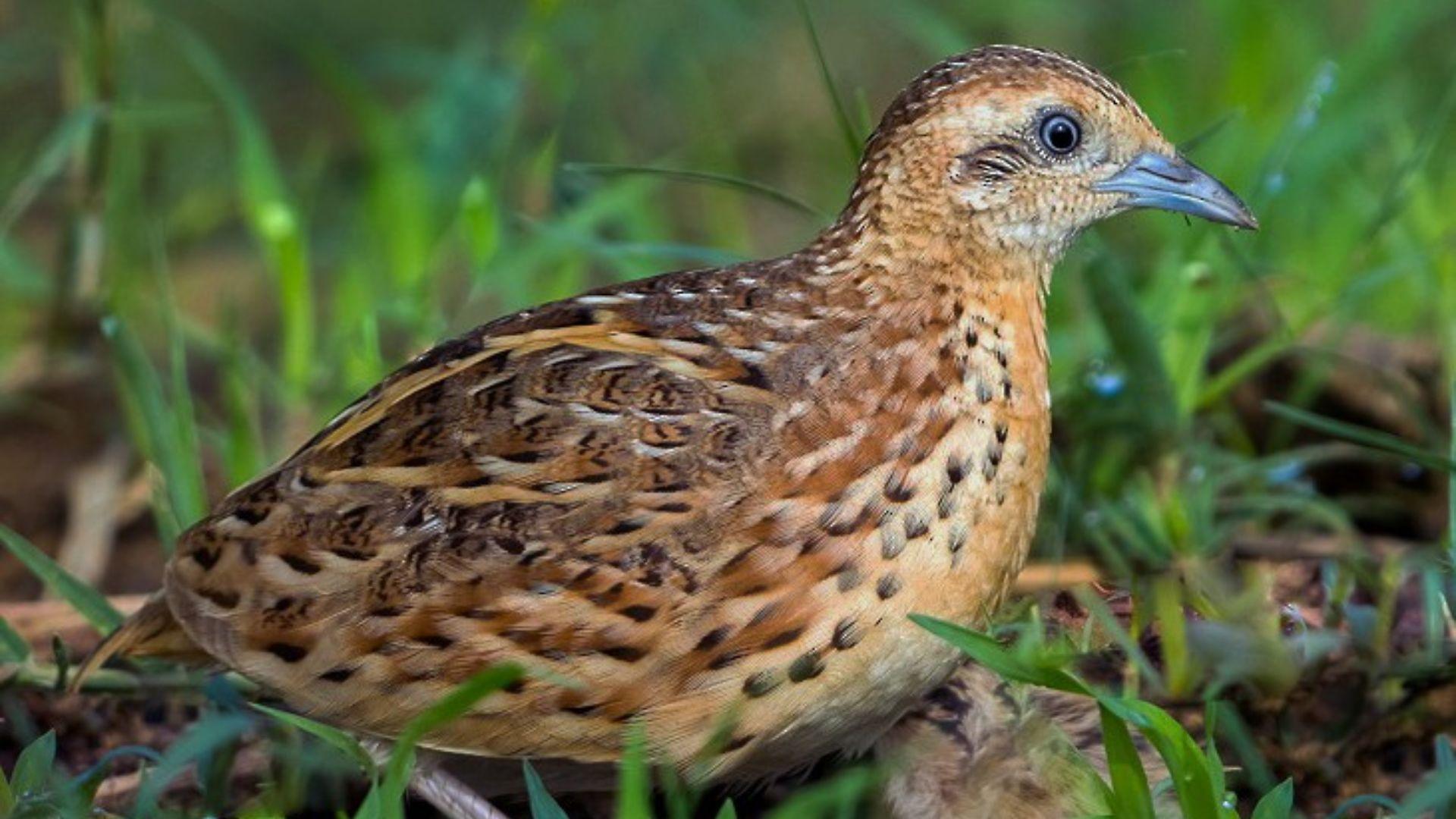
The Quail-like Buttonquail is a small, ground-dwelling bird native to Australia. It is known for its quail-like appearance and behavior.
It has a stocky body with a short tail and often forages on the ground in search of seeds and small insects. These birds are shy and elusive, usually hiding in dense vegetation or running for cover when threatened.
- Region of Habitat: Australia
- Scientific Name: Turnix velox
- Feeding Habits: Primarily insectivorous, feeding on grasshoppers, beetles, and seeds.
- What Sound They Make: Soft, whistling calls or grating noises when startled.
Fun Fact
Unlike many birds, the Quail-like Buttonquail does not build a nest; instead, it lays its eggs in a shallow depression on the ground, often camouflaged by surrounding vegetation.
14. Queen Whydah
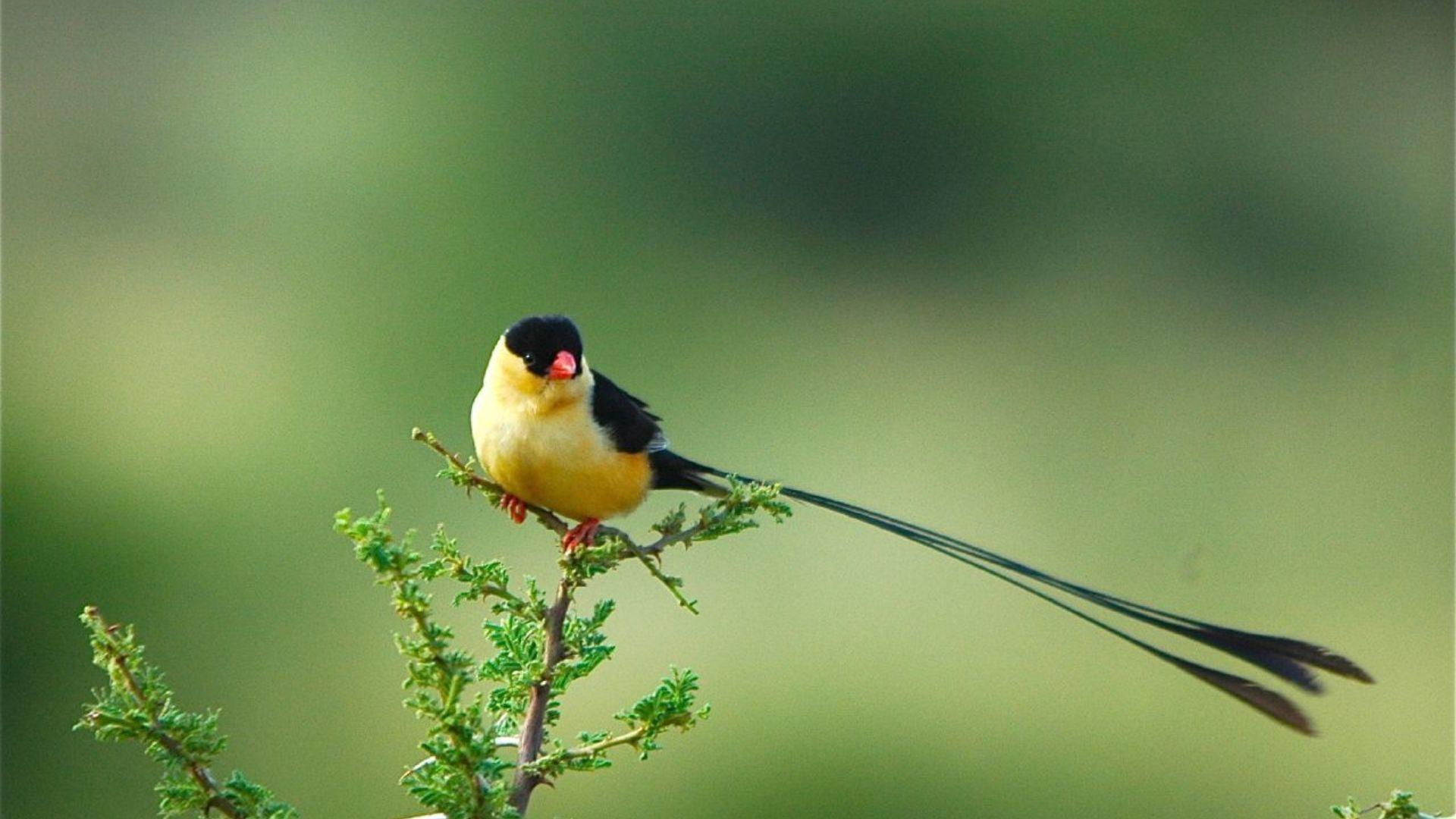
The Queen Whydah is a beautiful, small, finch-like bird found across sub-Saharan Africa. During the breeding season, the male has striking black and white plumage with long, flowing tail feathers.
This bird is known for its remarkable migratory behavior, moving across large distances.
- Region of Habitat: Sub-Saharan Africa
- Scientific Name: Vidua intermedia
- Feeding Habits: Seeds, particularly from grasses, and sometimes small insects.
- What Sound They Make: High-pitched, melodic whistles during courtship.
Fun Fact
The Queen Whydah has a unique relationship with host birds. It lays its eggs in the nests of other finches, leaving the host parents to raise the young.
15. Quiko Parakeet
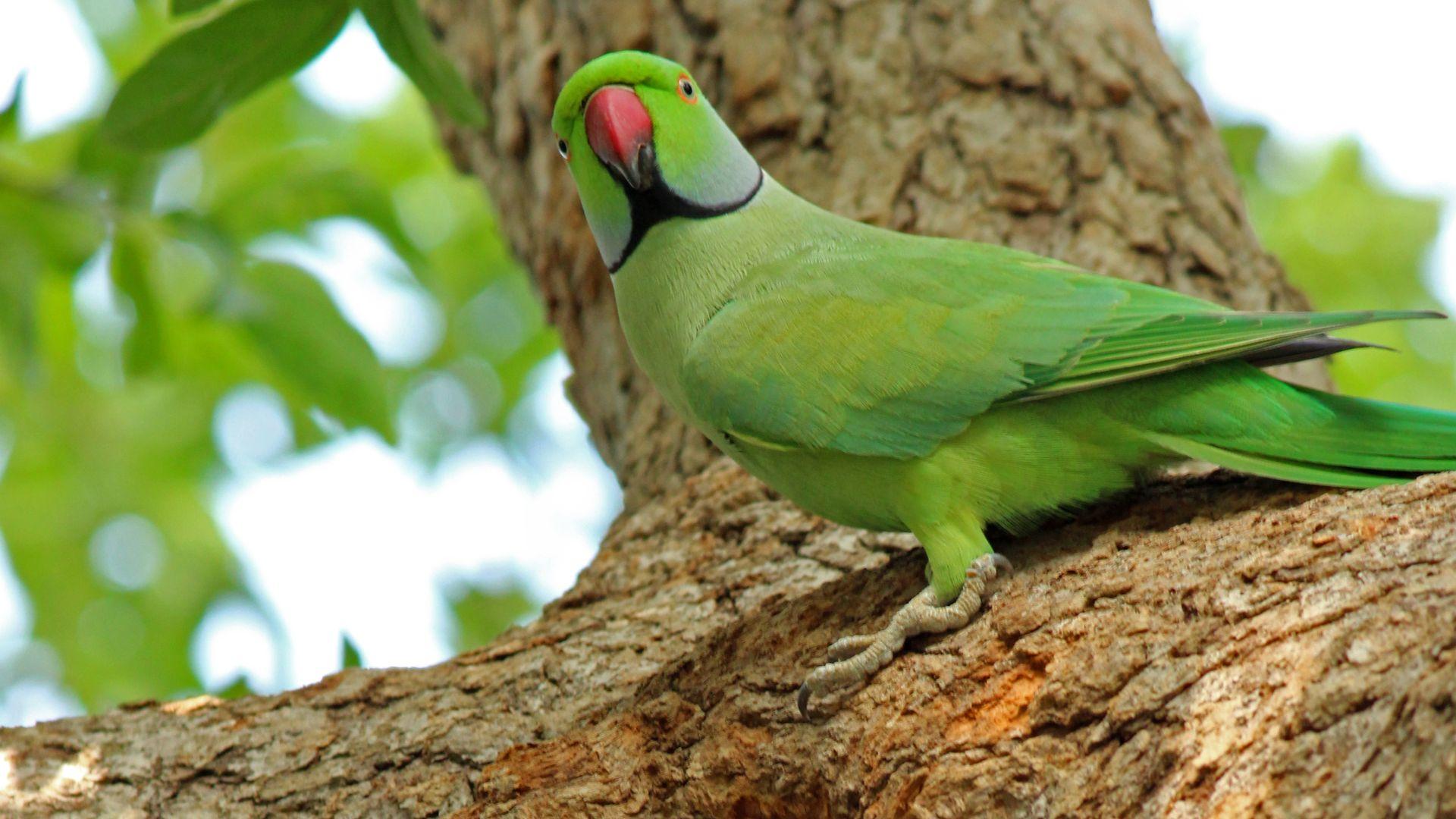
The Quiko Parakeet is a vibrant and colorful bird found in the coastal forests of Central America. Its bright green plumage and red head make it stand out in its natural habitat.
The Quiko Parakeet is highly social and lives in small flocks, where it communicates through chirps and whistles.
- Region of Habitat: Central America
- Scientific Name: Psittacara leucophthalmus
- Feeding Habits: Mainly frugivorous, feeding on a variety of fruits and nuts.
- What Sound They Make: Harsh, repetitive calls often heard in flocks.
Fun Fact
The Quiko Parakeet is known for its playful behavior. It often engages in aerial acrobatics as a form of social interaction within the flock.
16. Queensland Night Parrot
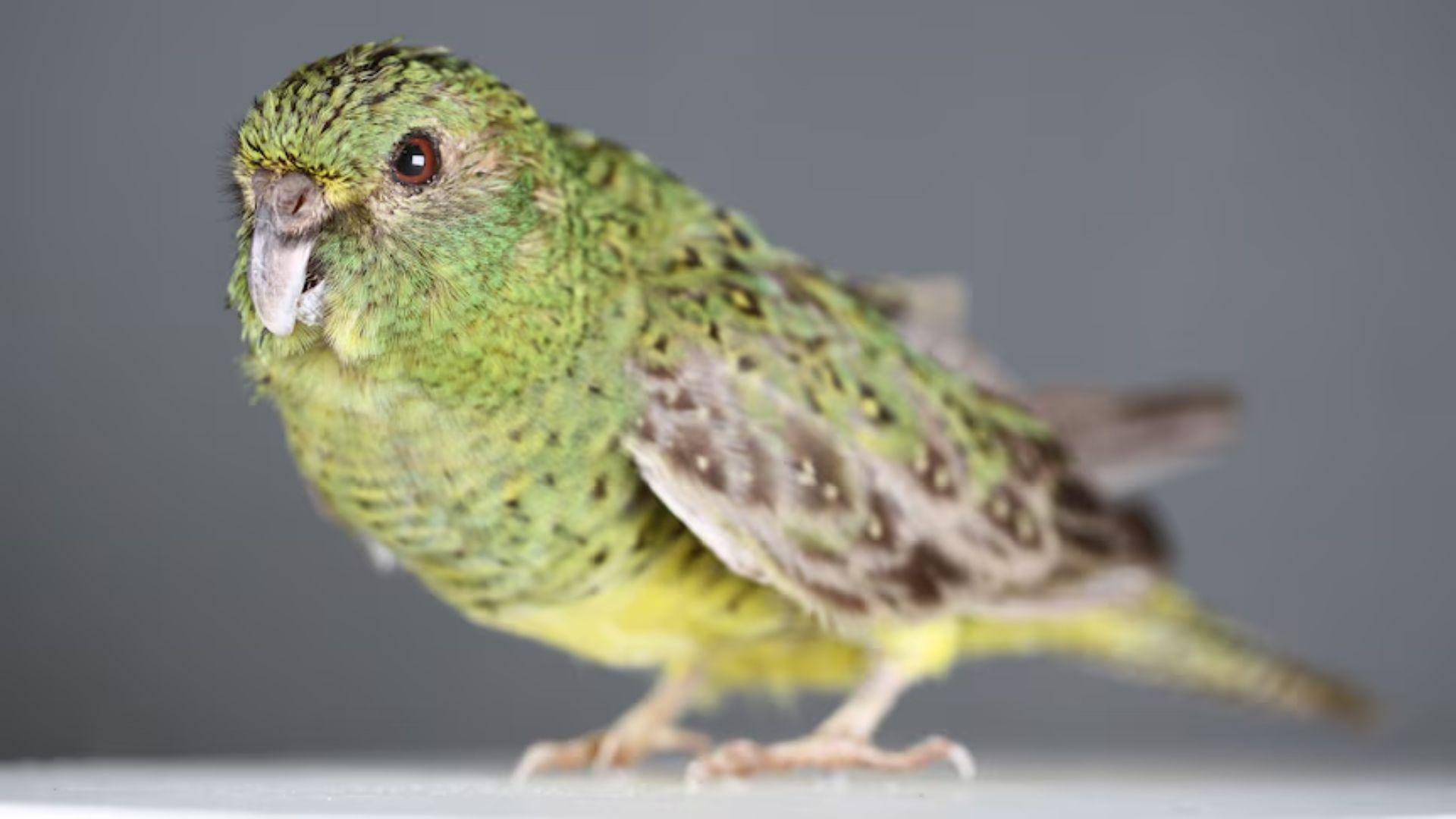
The Queensland Night Parrot is a critically endangered species found in the remote regions of western Queensland, Australia.
It is nocturnal, and its distinctive green and yellow plumage allows it to blend into the Australian outback.
- Region of Habitat: Western Queensland, Australia
- Scientific Name: Pezoporus occidentalis
- Feeding Habits: Seeds, grasses, and plants.
- What Sound They Make: Rarely vocal but known to produce soft, croaky calls.
17. Queensland Scrub-robin
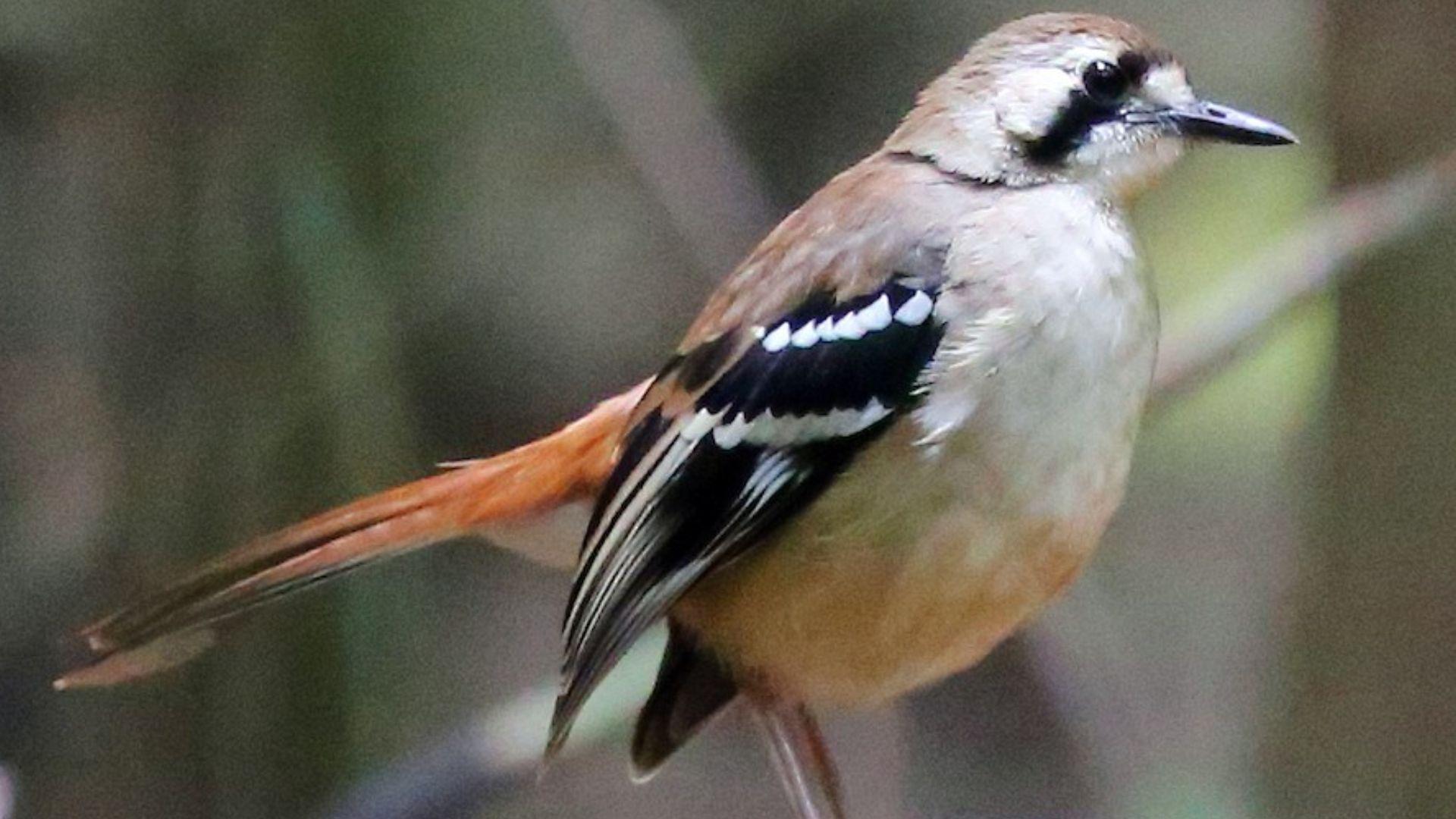
The Queensland Scrub-Robin is a small, ground-dwelling bird found in the dense scrubland and forests of eastern Australia.
It is known for its striking black-and-white plumage and sharp, melodious calls. The bird is typically seen foraging in the leaf litter for insects and small invertebrates.
- Region of Habitat: Eastern Australia
- Scientific Name: Drymophila cyanoventris
- Feeding Habits: Primarily insectivorous, feeding on a variety of small invertebrates.
- What Sound They Make: High-pitched, melodic whistling calls.
Fun Fact
The Queensland Scrub-robin is highly territorial, often seen performing displays to assert its dominance in its habitat.
Wrapping It Up
Birds with Q names come from all over the world, from Australia to Africa to South America. Each one has found clever ways to survive in its home.
The Quail stays hidden in grass, while the Queen Victoria’s Riflebird shows off bright feathers to find a mate.
Some, like the Queensland Night Parrot, are so rare that people thought they were gone forever!
Whether they’re small like the Quail Finch or colorful like the Quetzal, Q birds fill important roles in nature. They help spread seeds, eat insects, and make forests healthier.
Next time you’re outside, look around – you might spot one of these amazing Q birds in action! The world of birds is full of Q-rious creatures just waiting to be found.
If you’re interested in more informative animal & wildlife content, feel free to click here and explore other blogs that you might enjoy!

